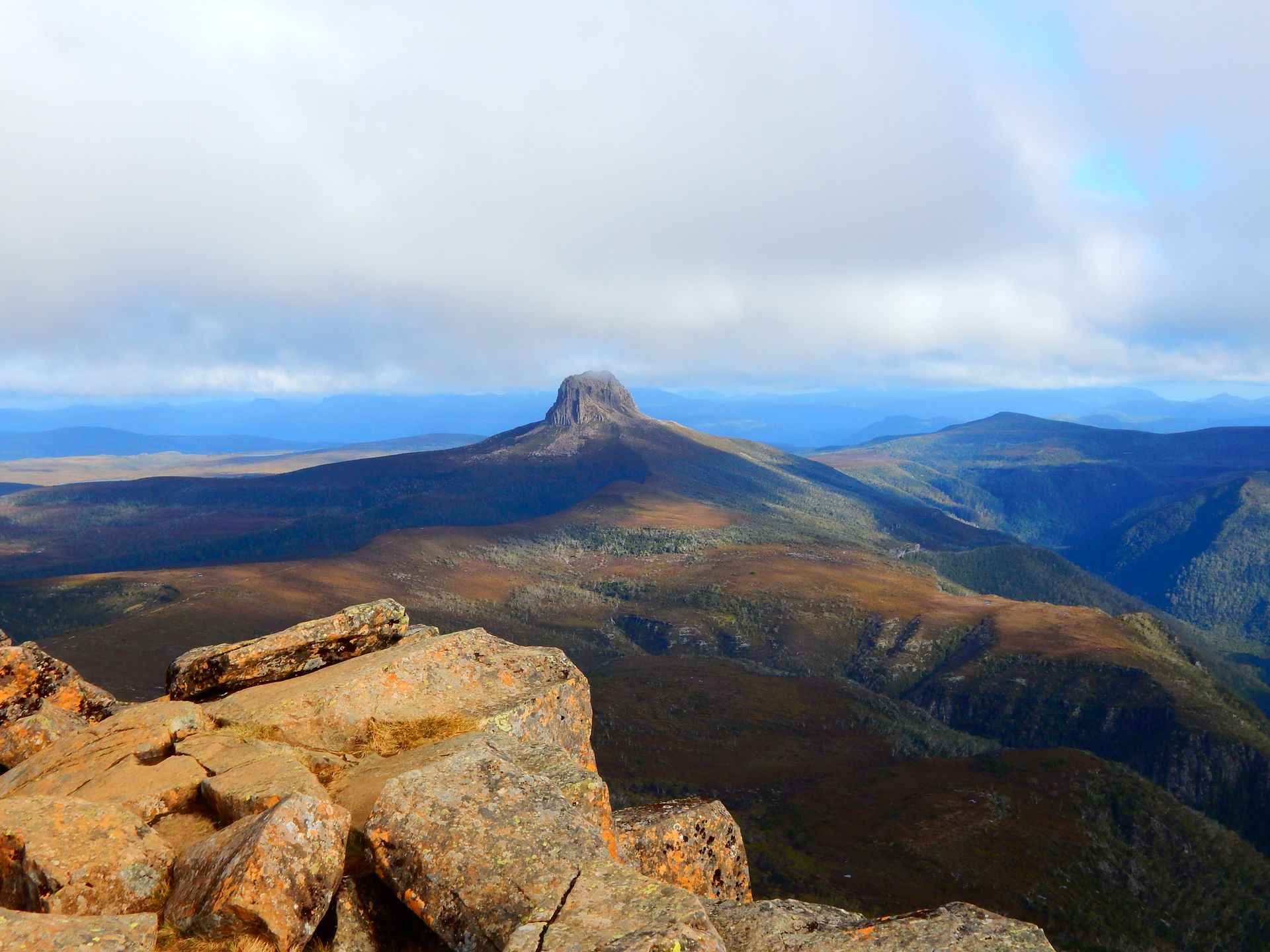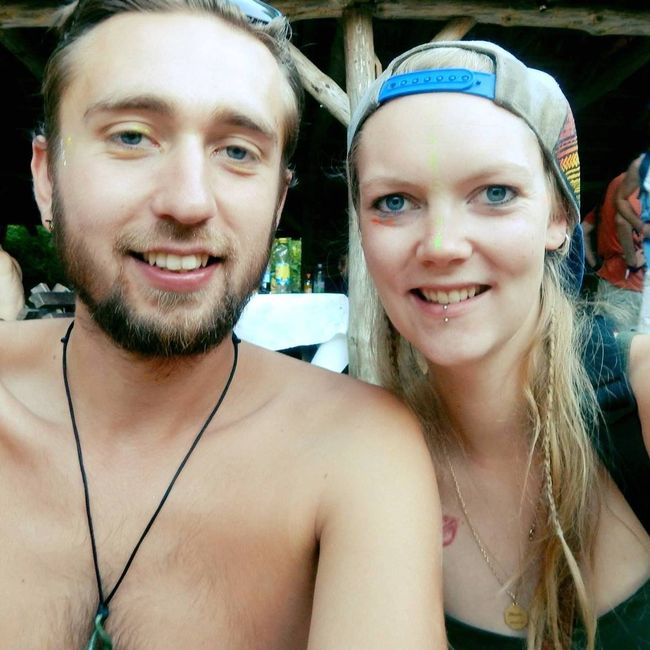Queensland
Published: 02.10.2020
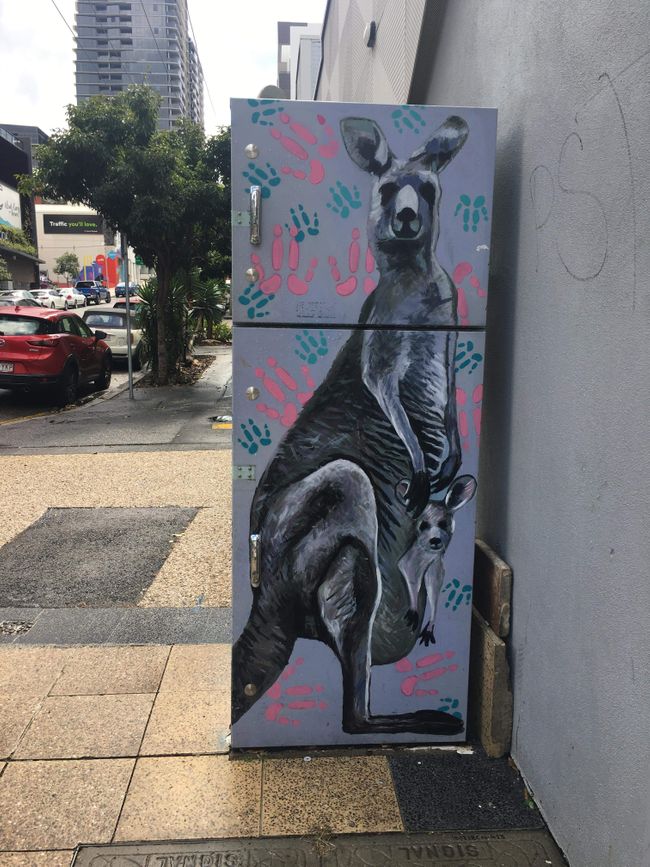
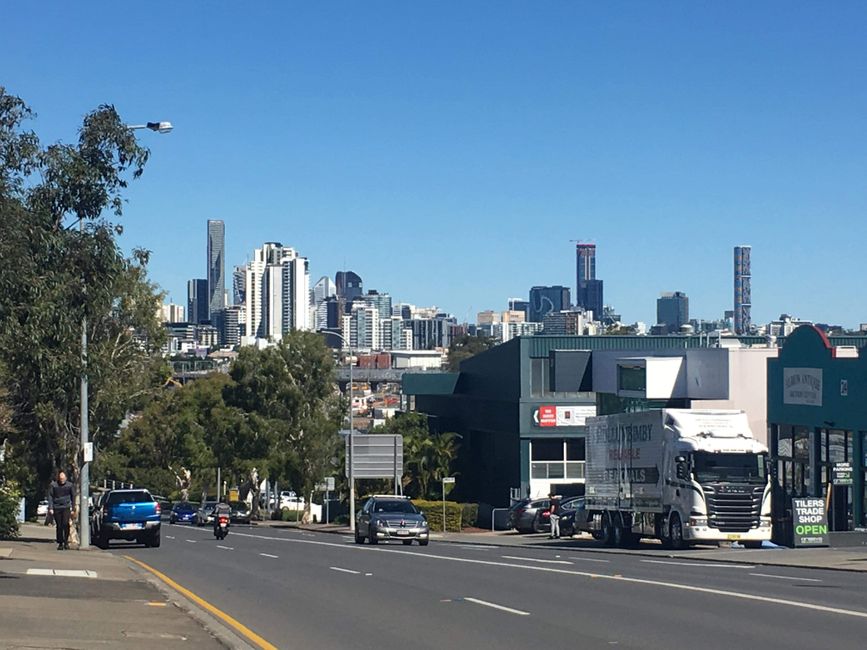
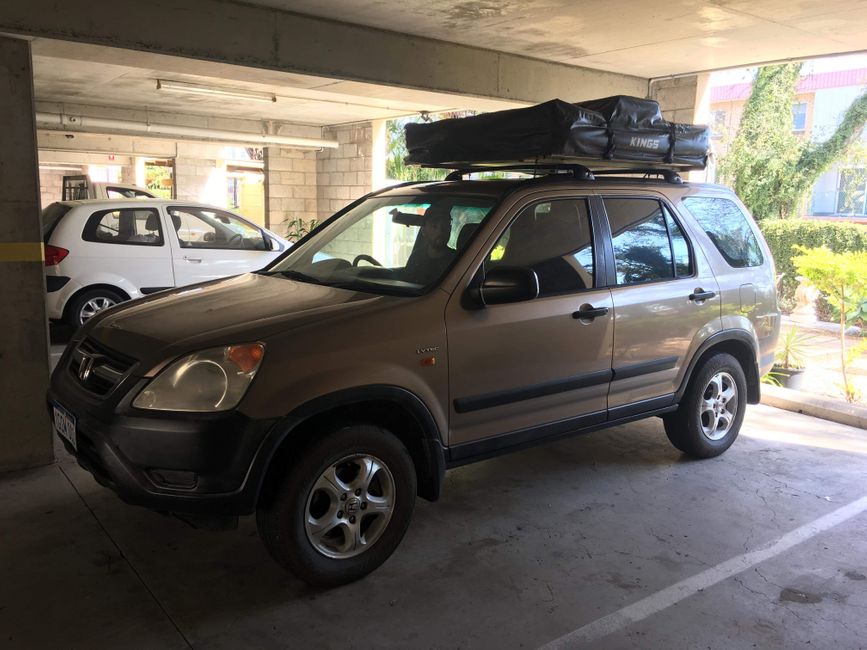
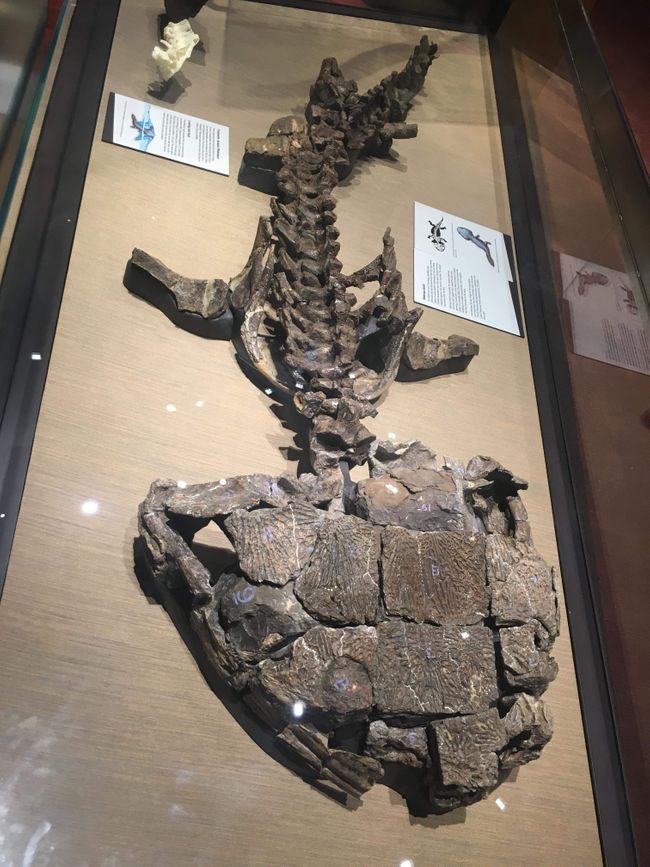
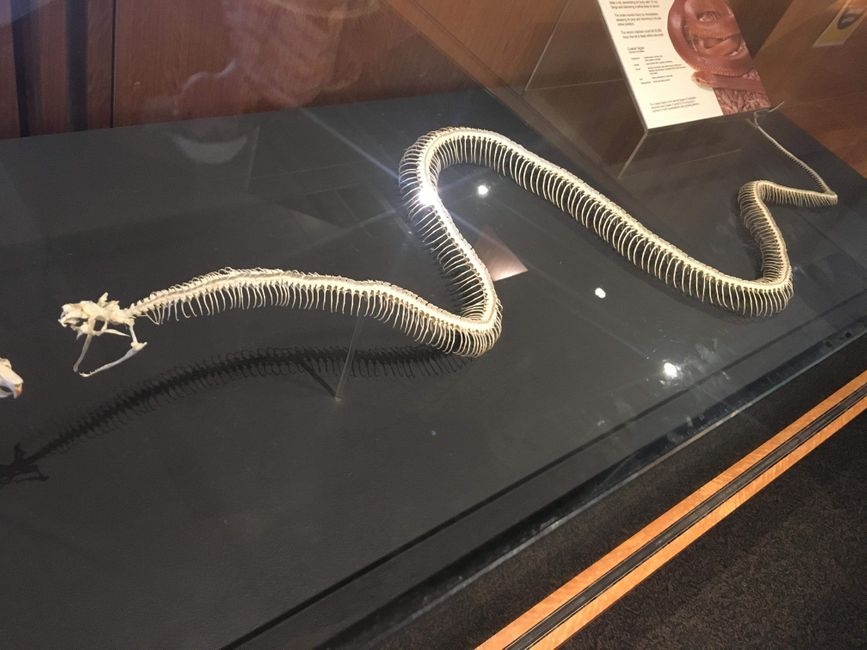
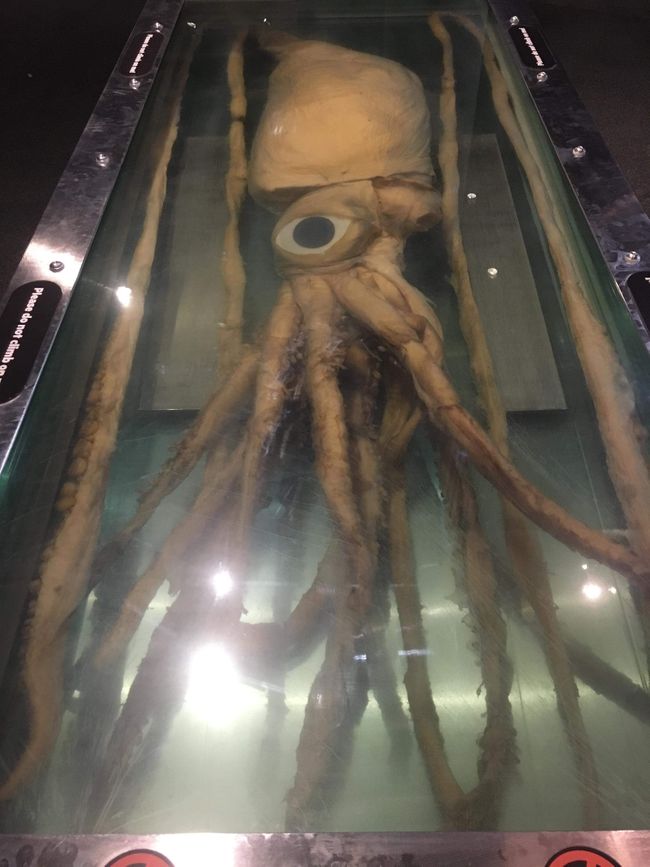
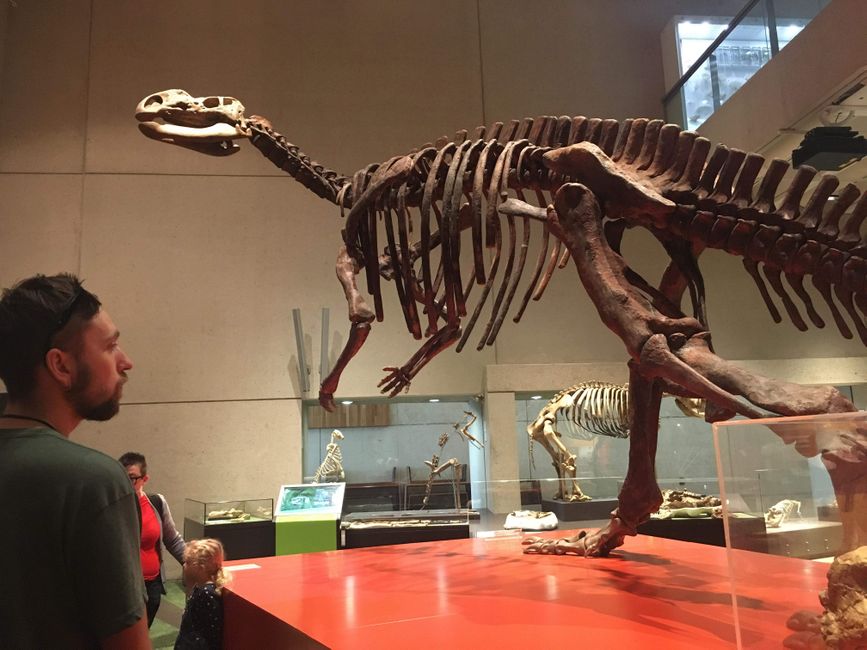
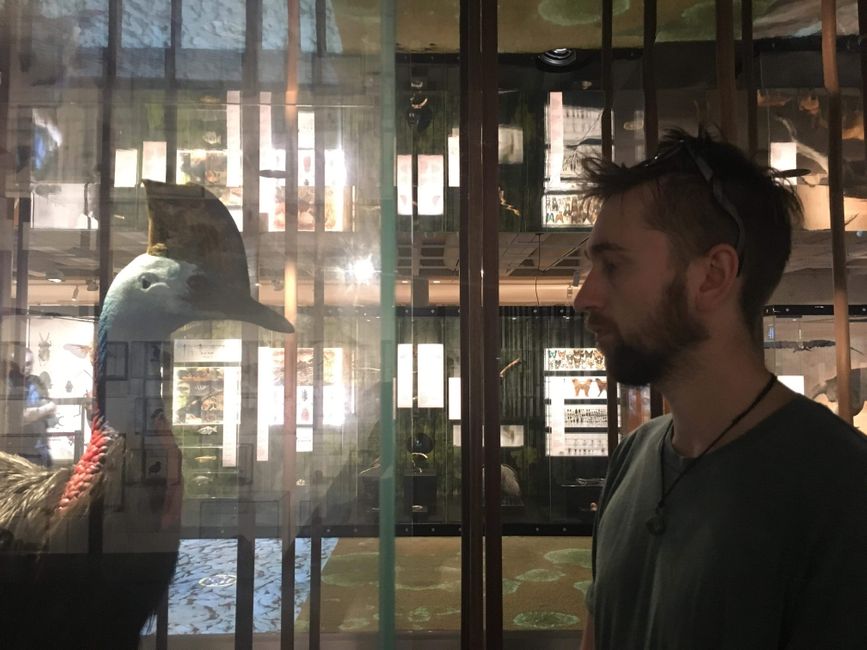
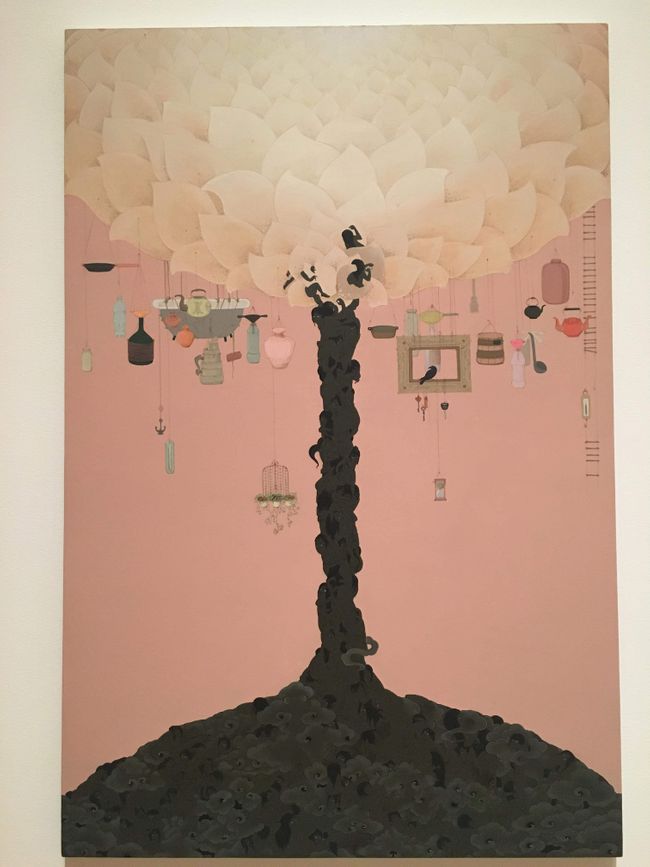
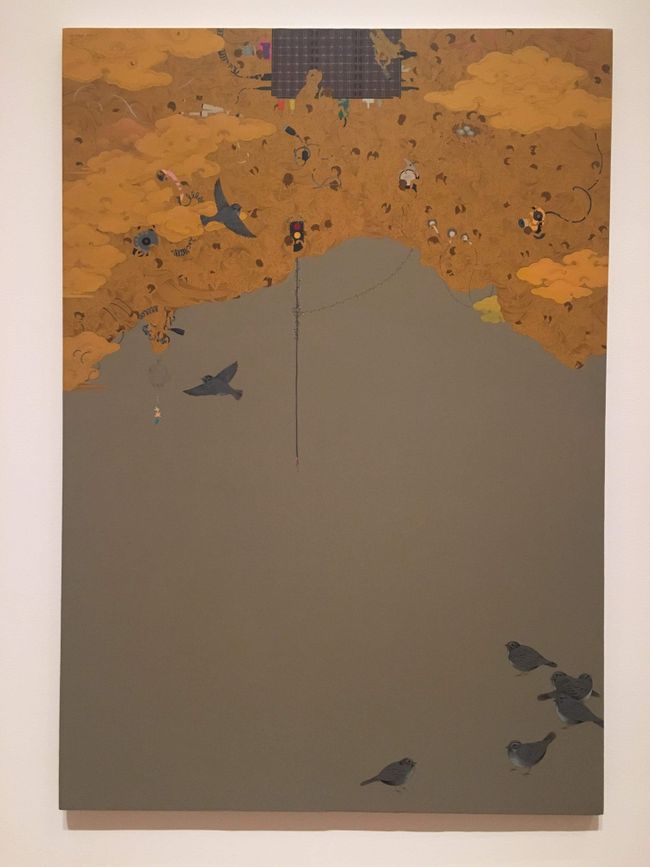
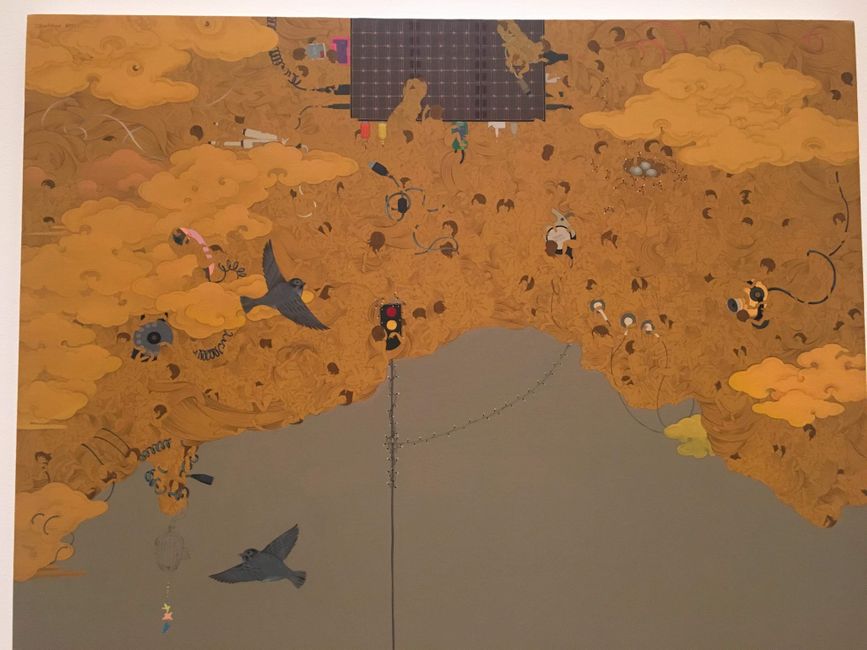
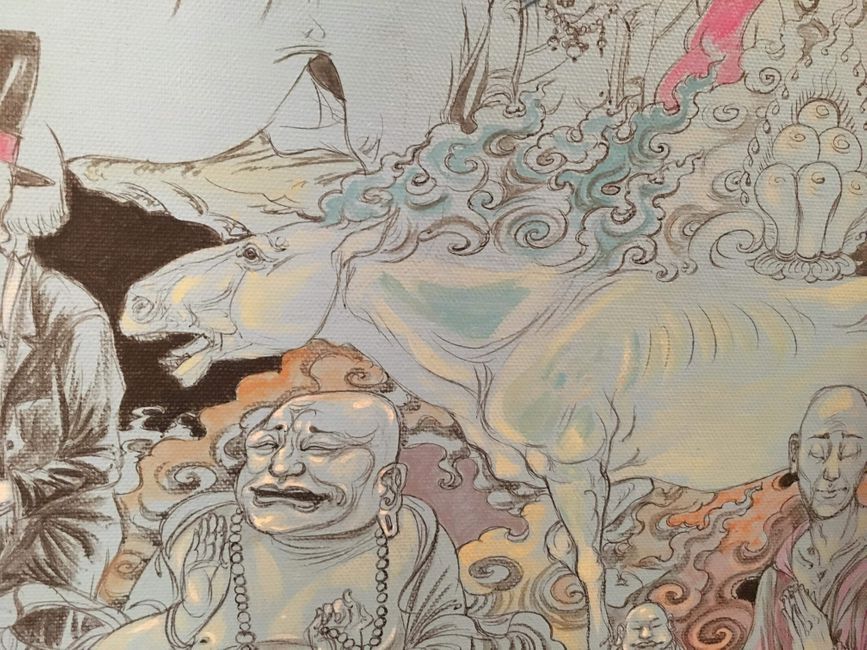
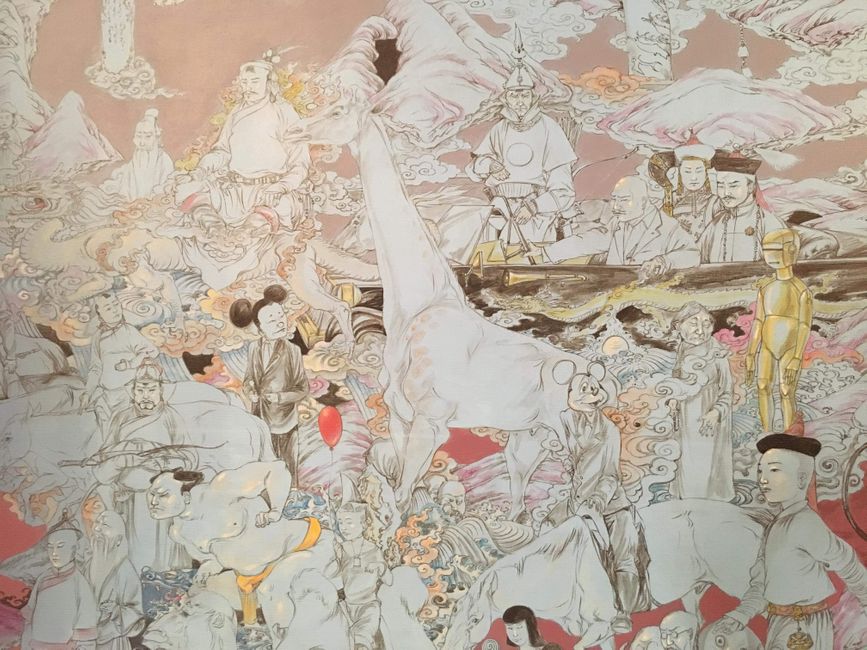
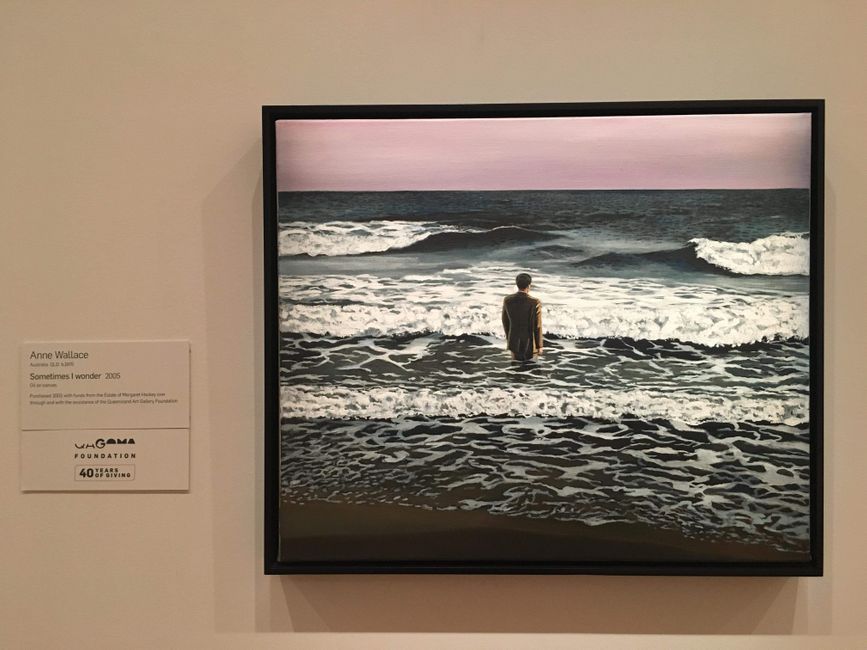
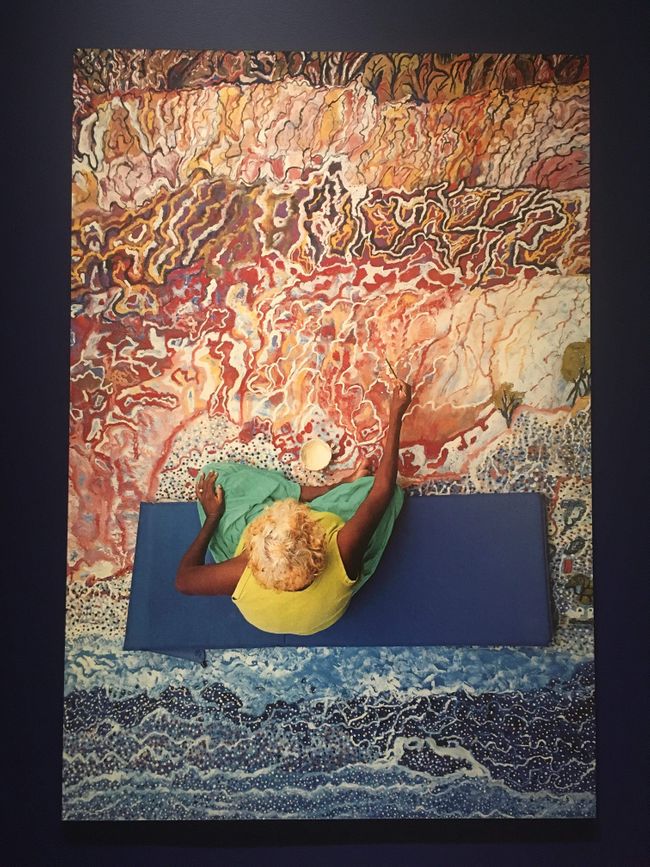
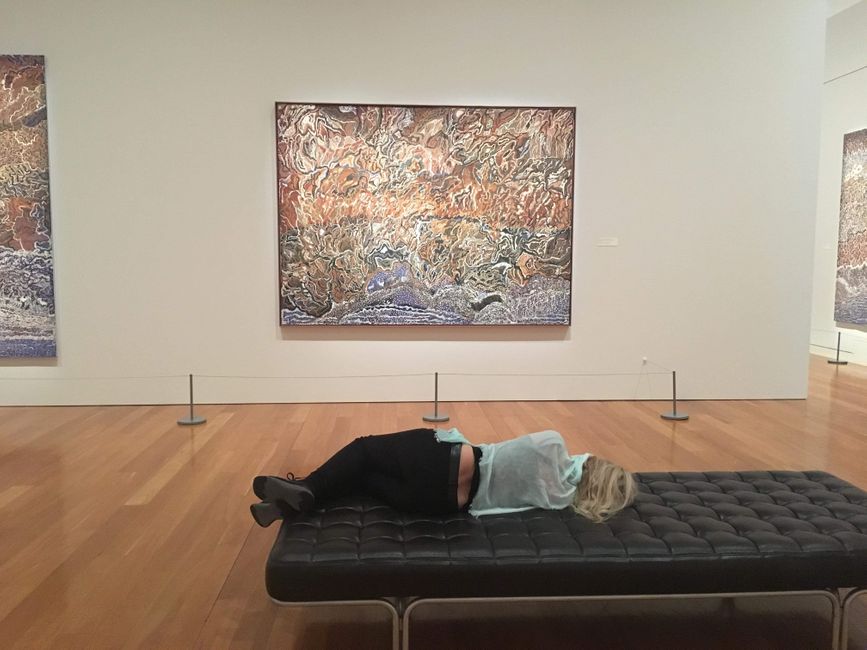
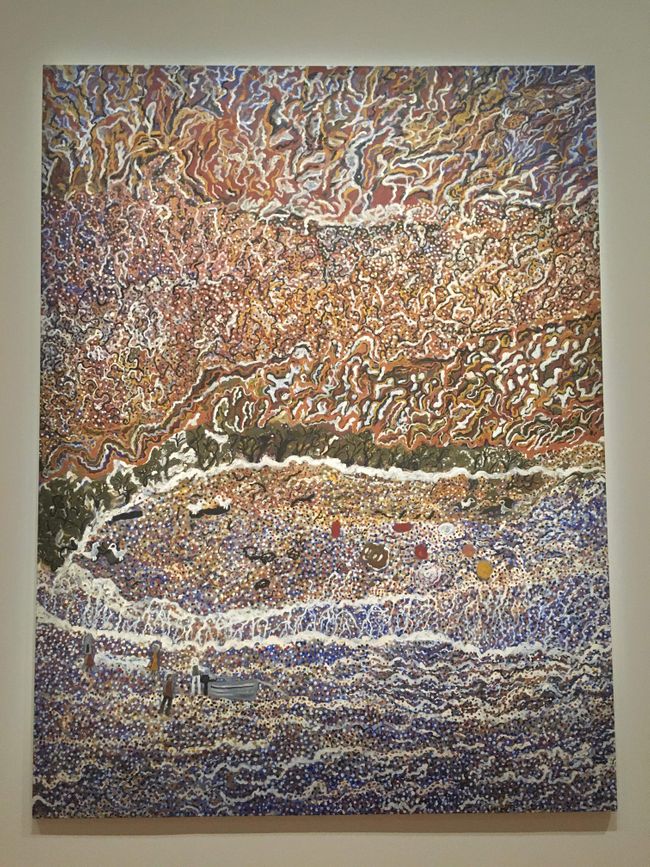
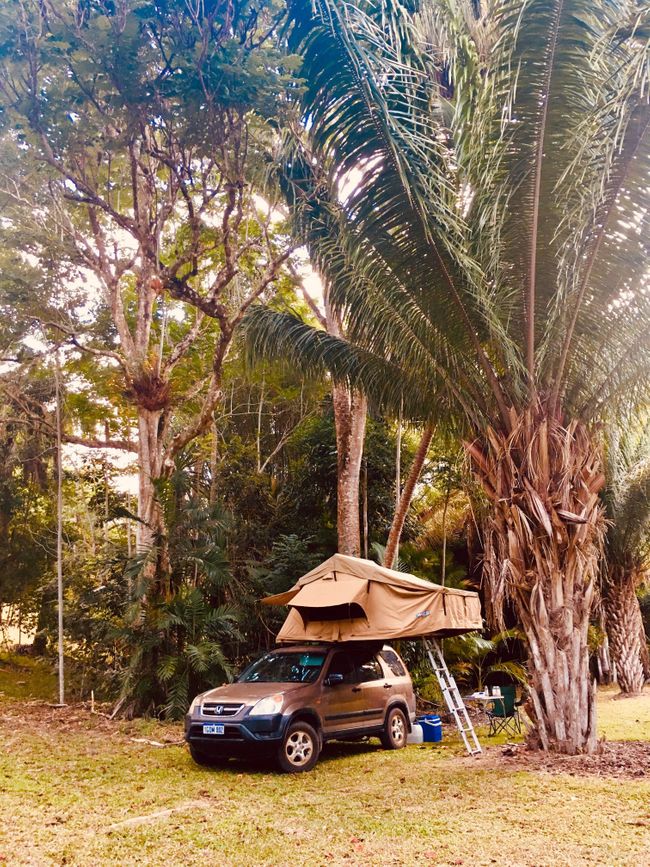
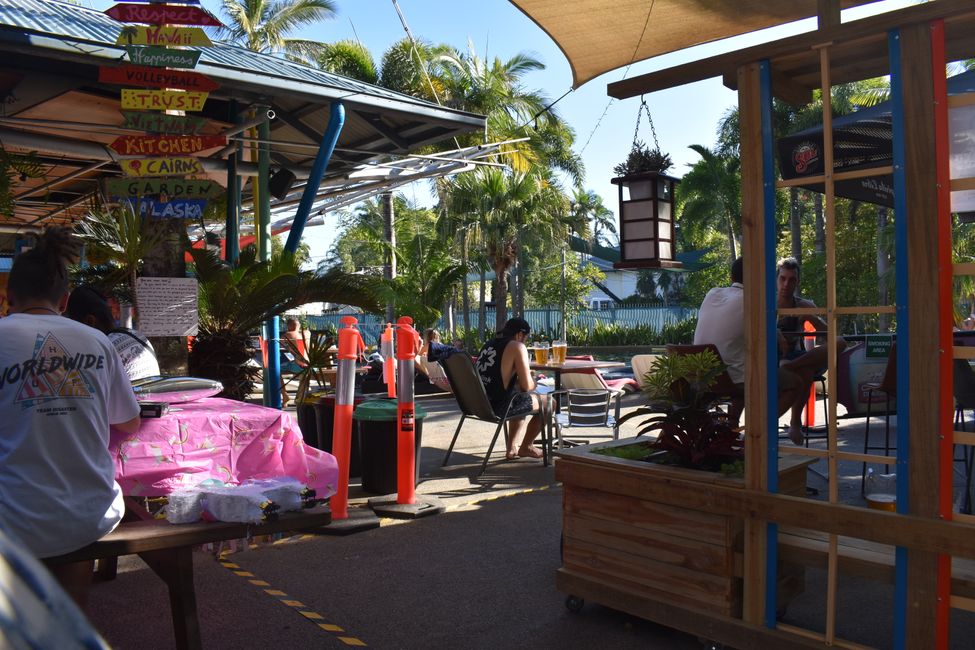
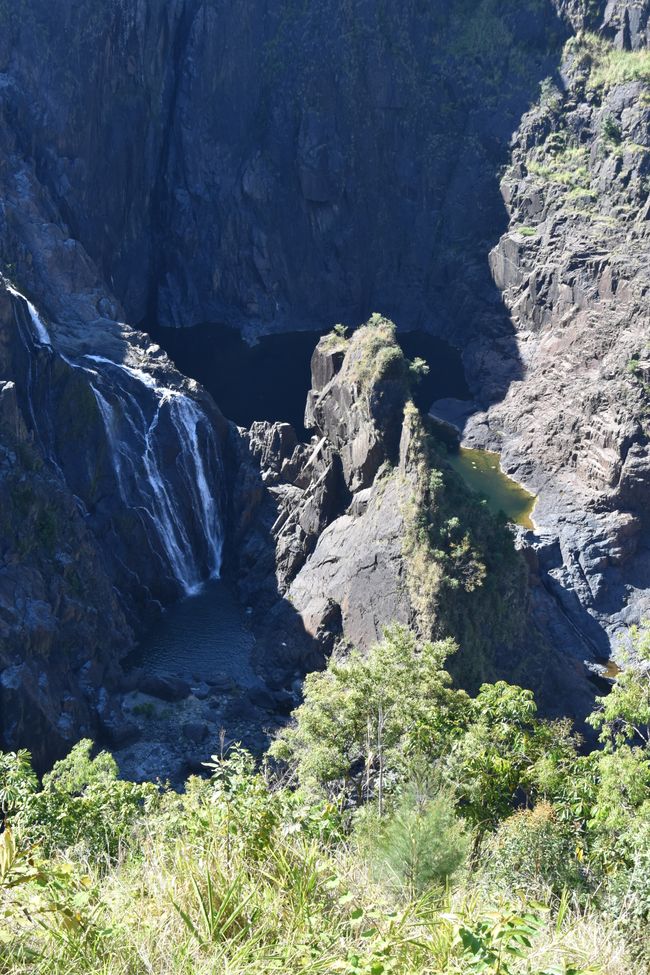
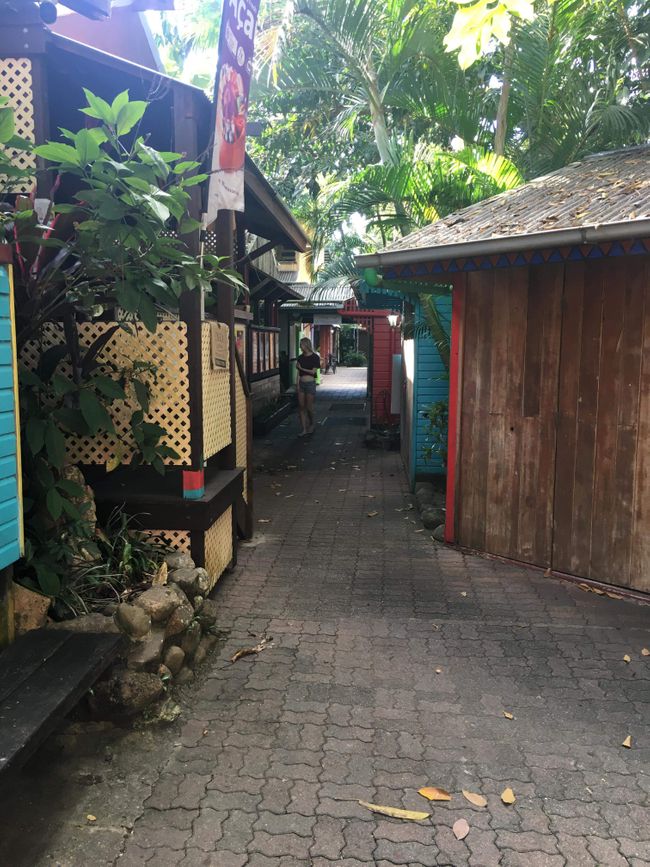
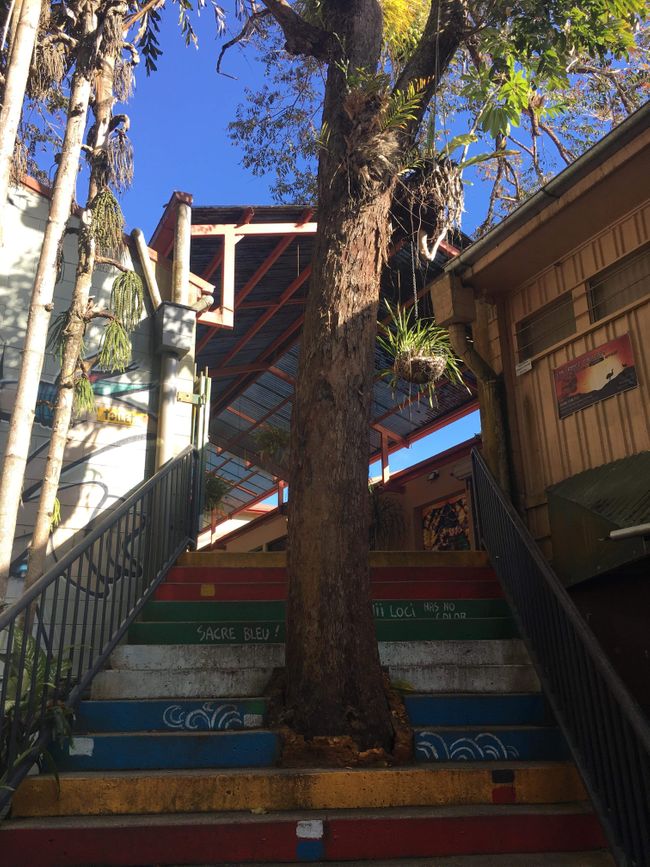
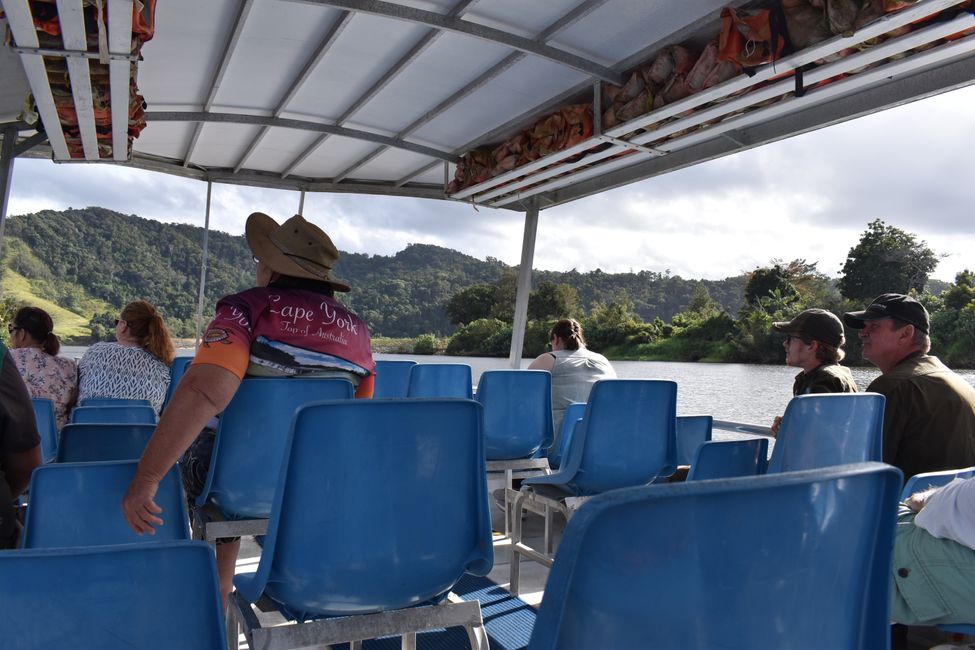
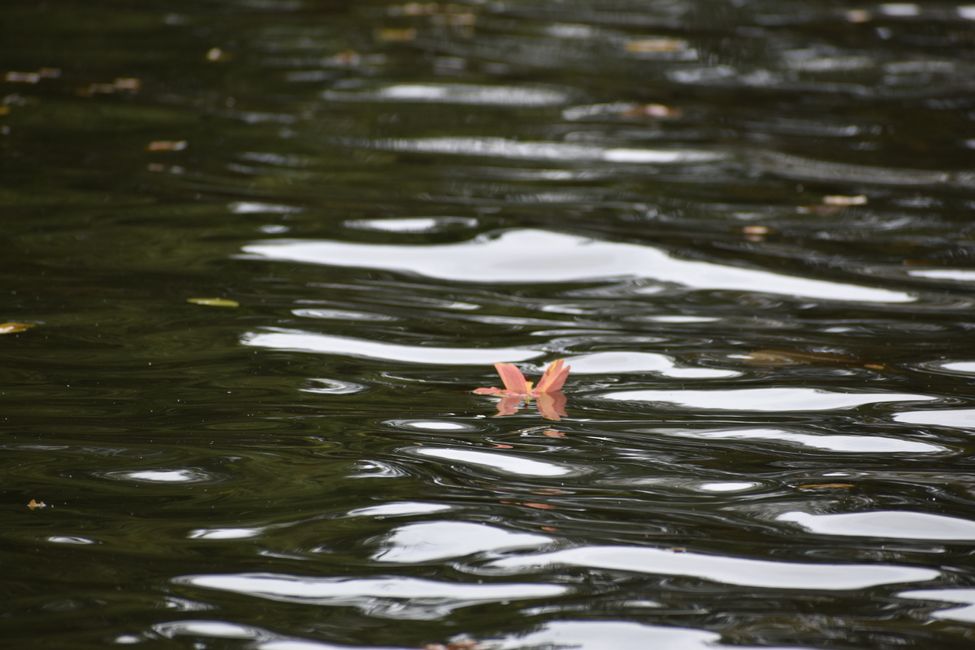
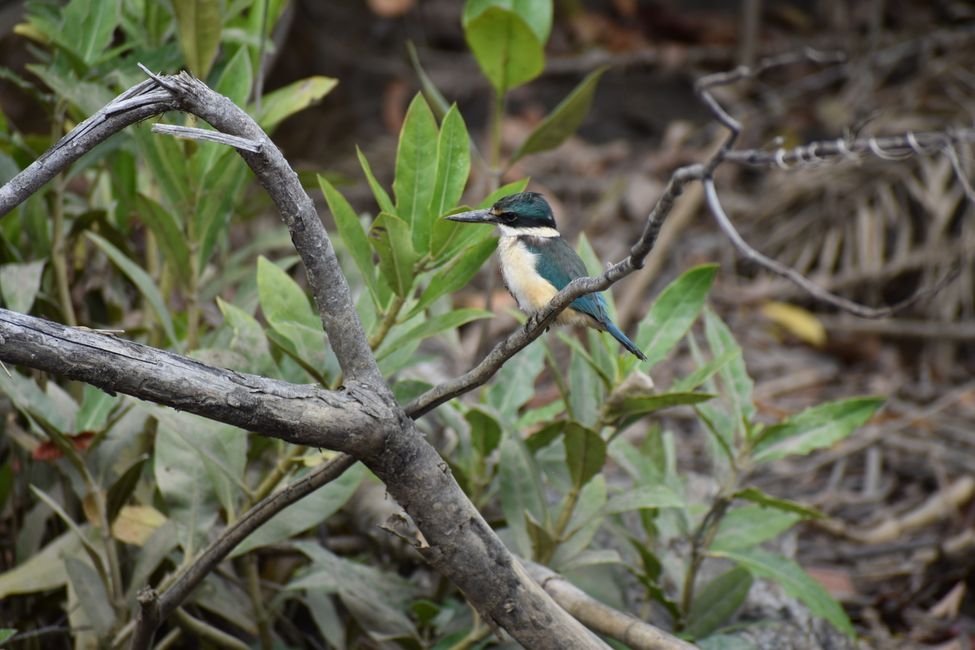
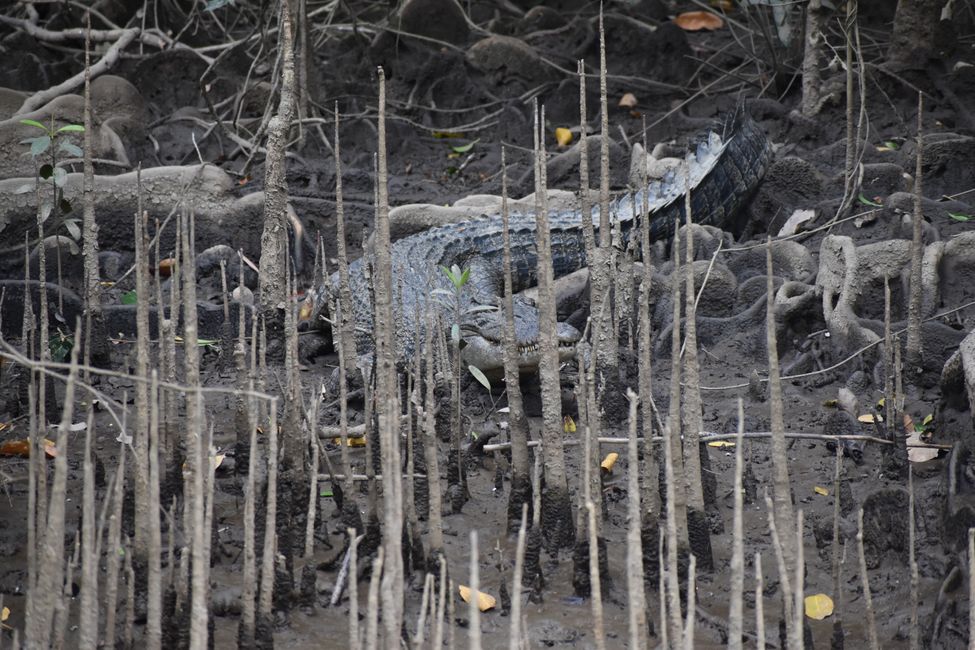
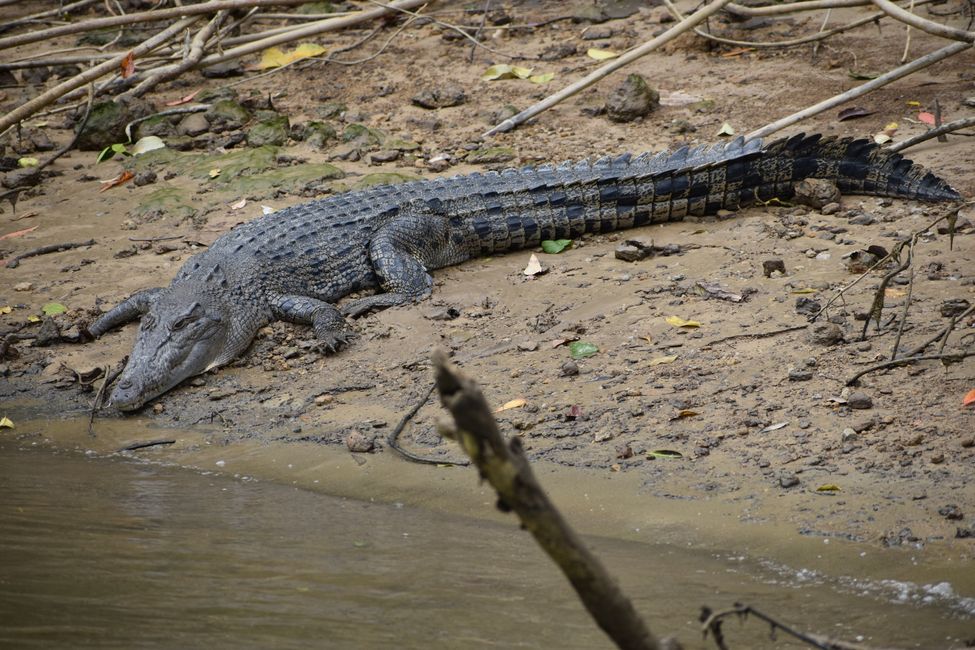
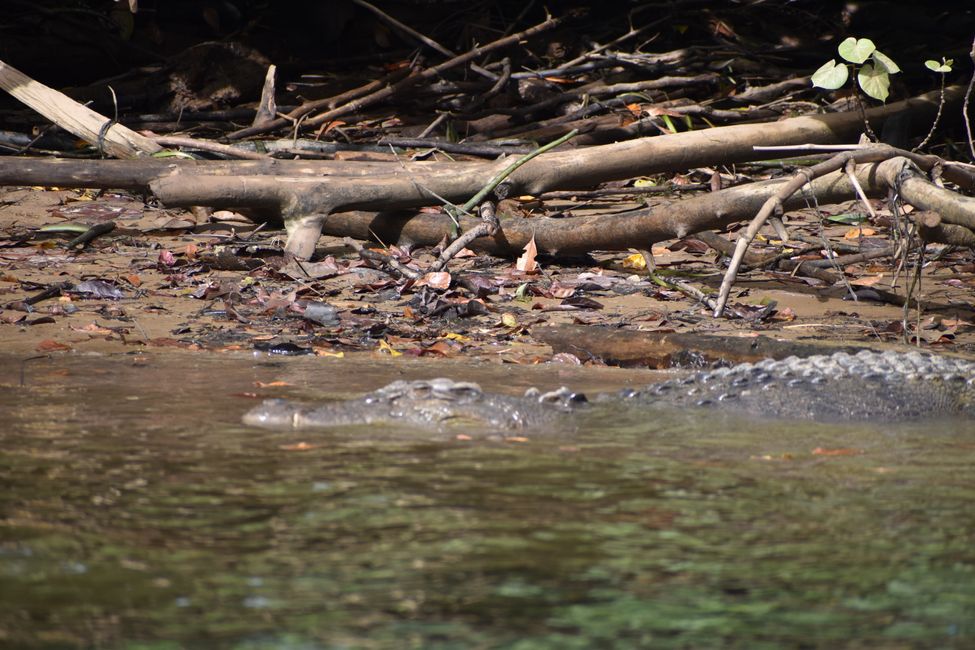
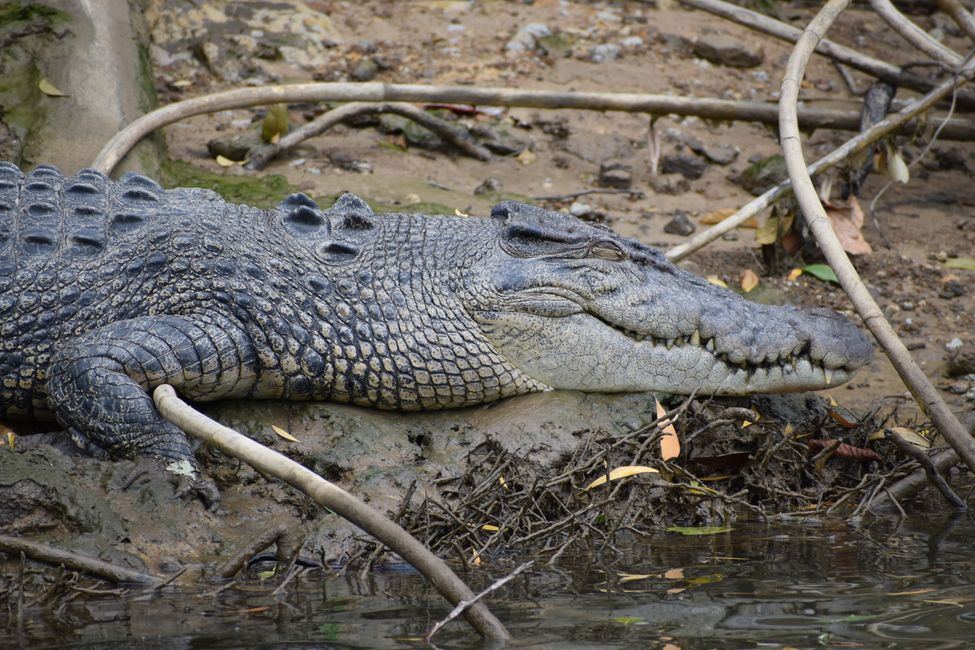
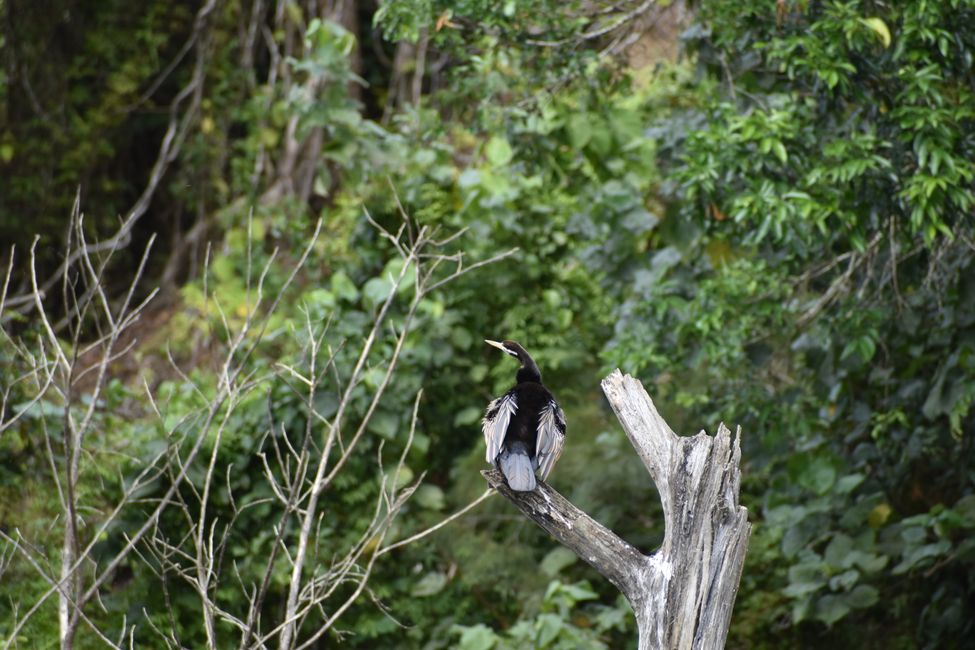
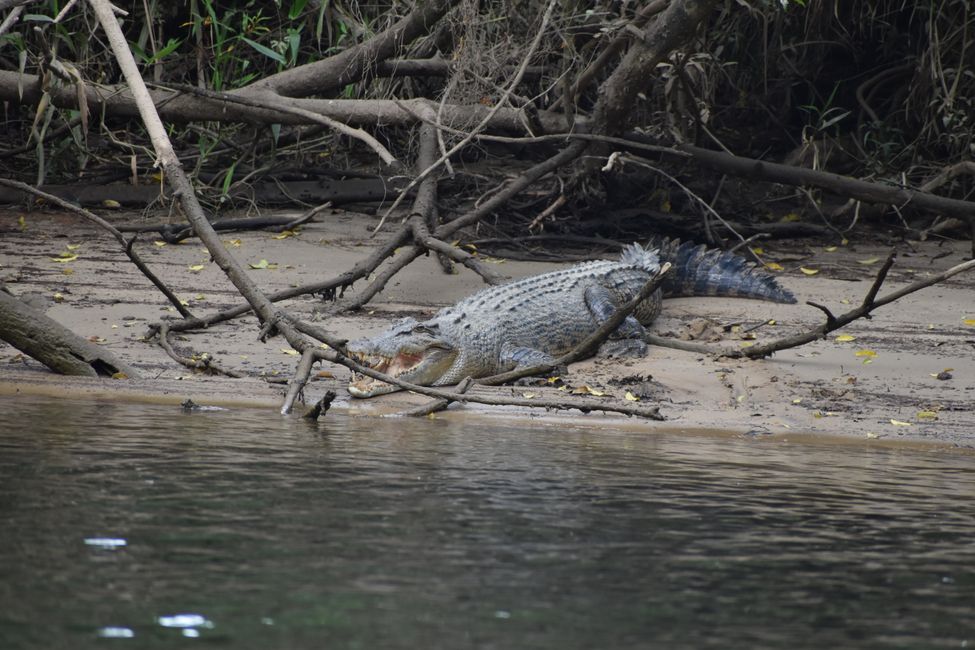
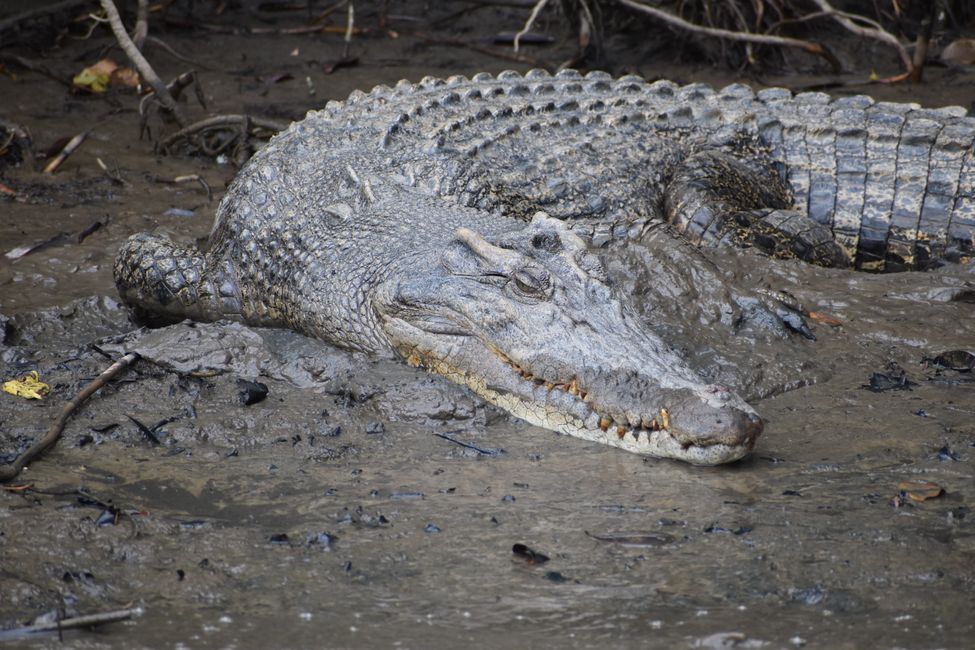
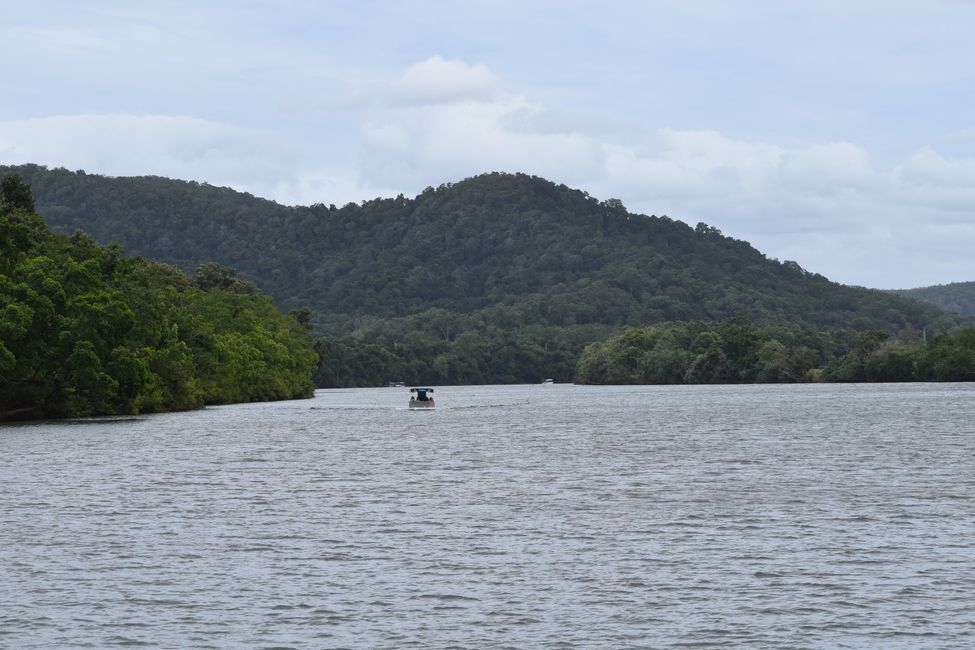
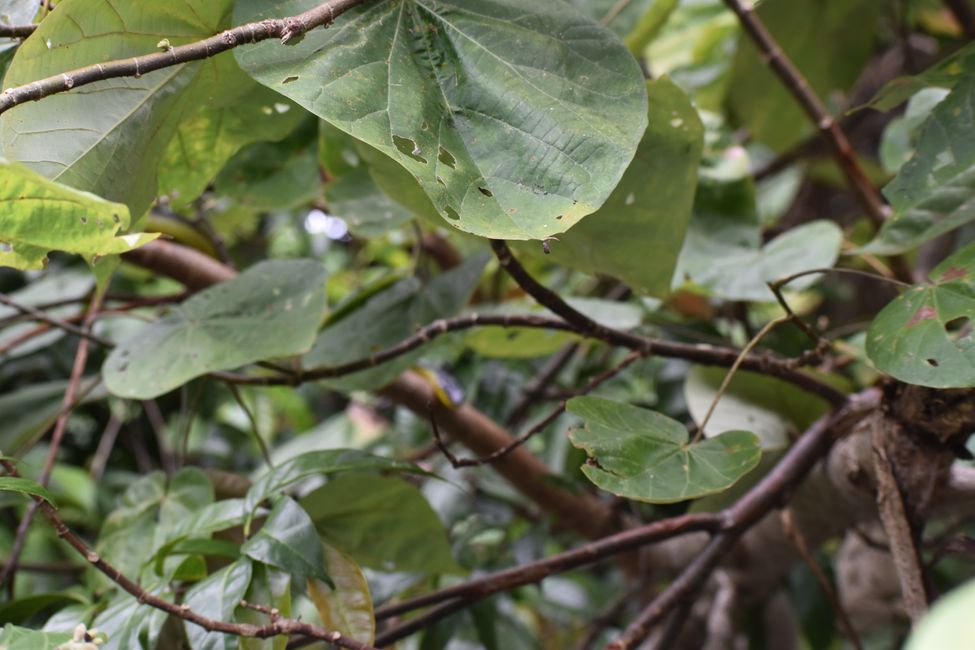
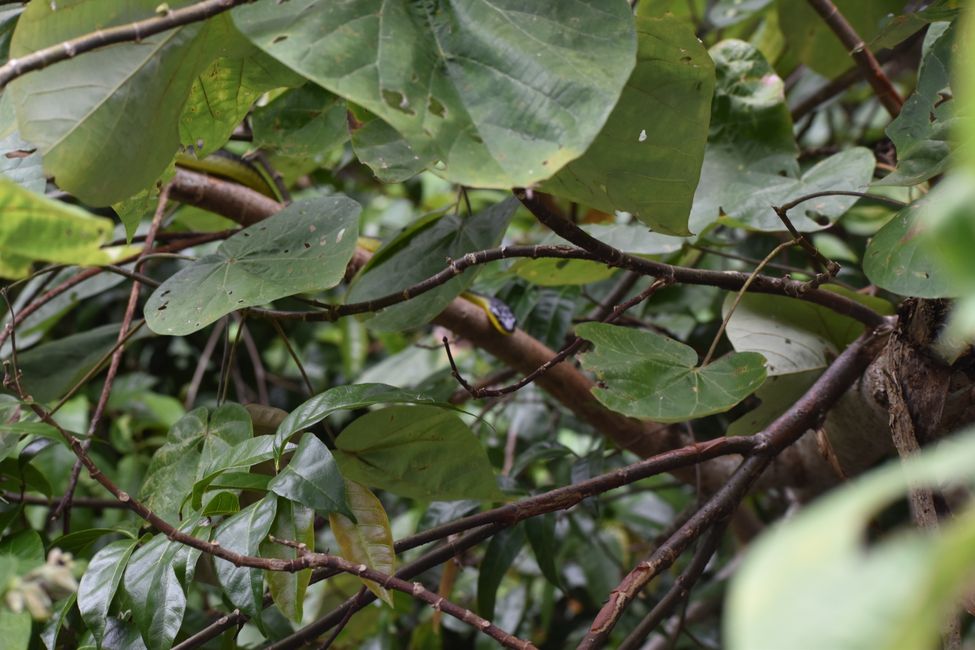
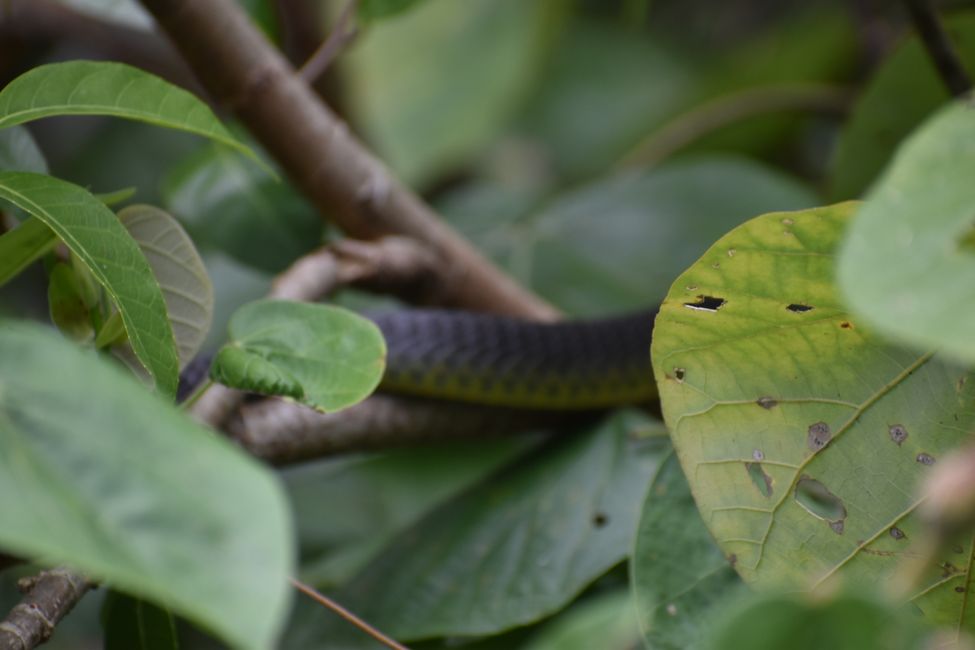
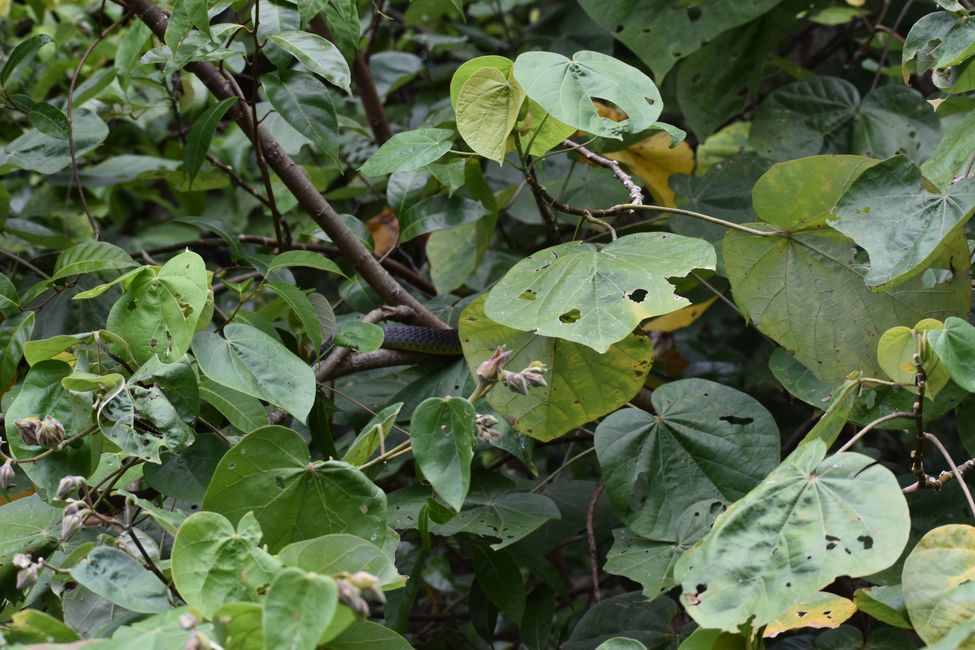
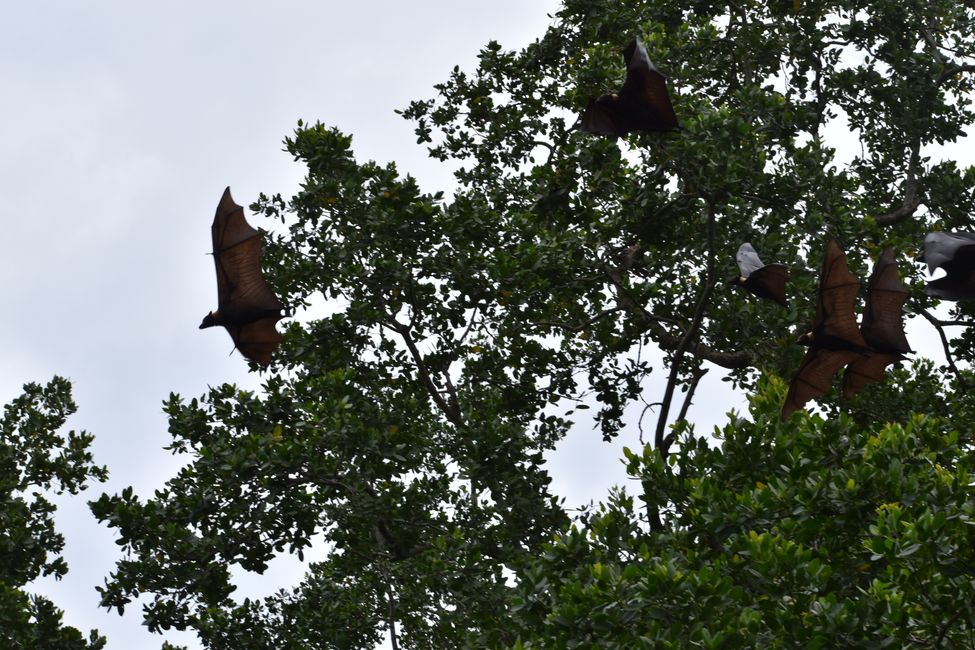
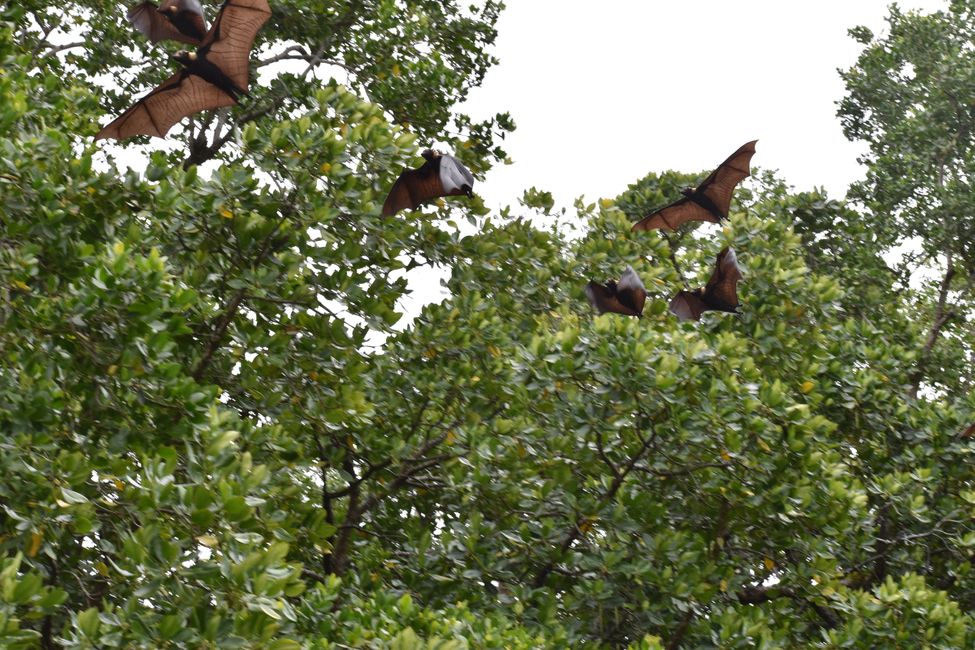
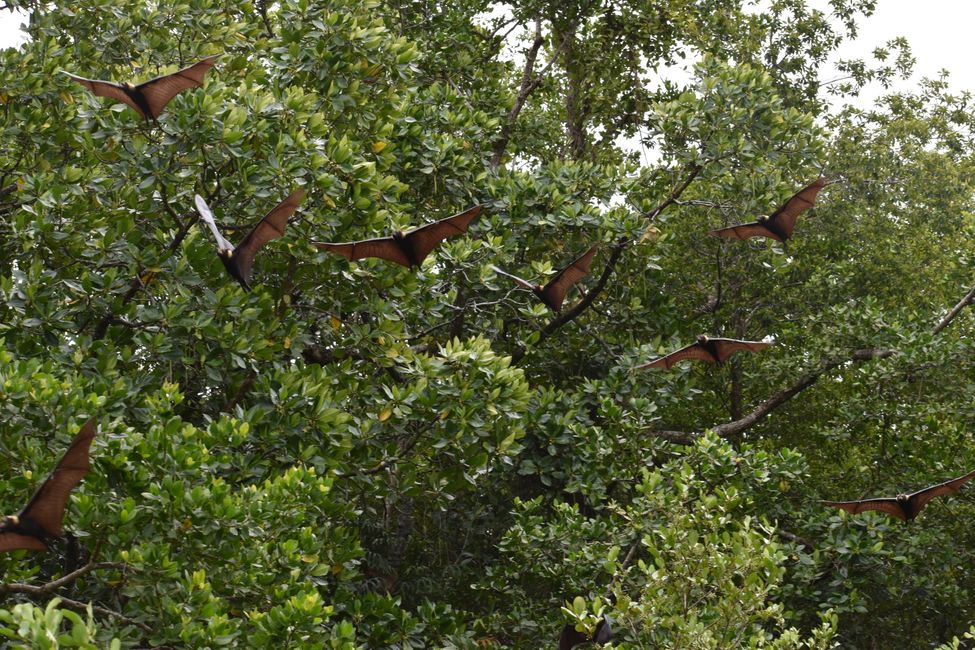
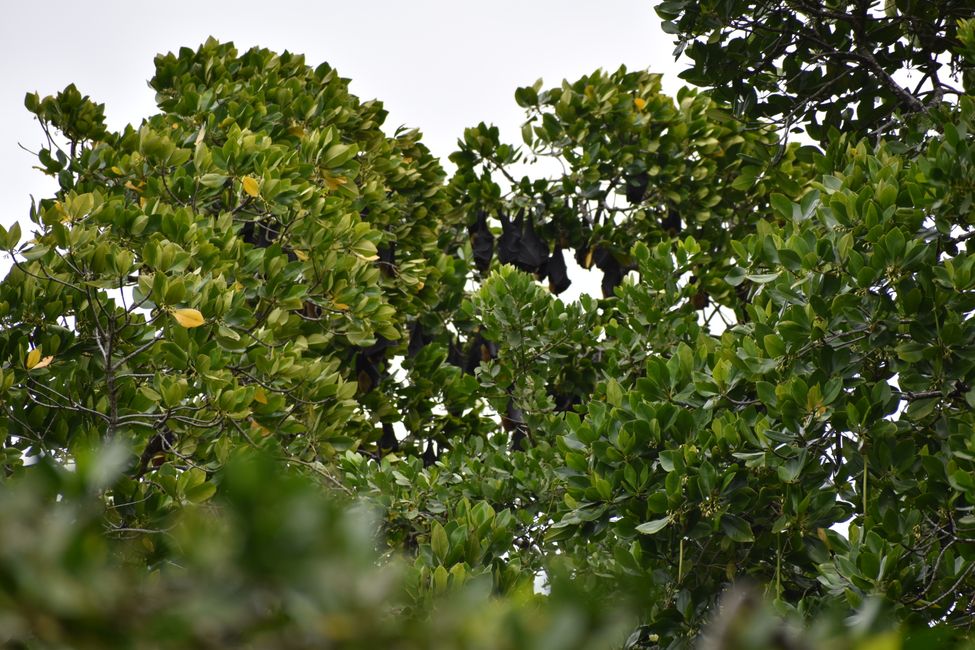
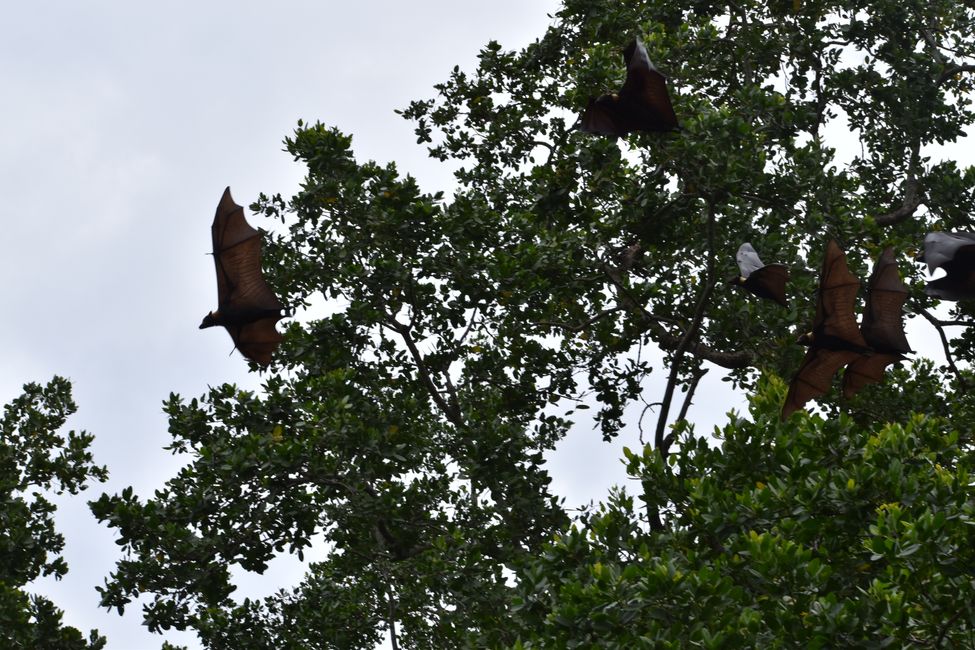
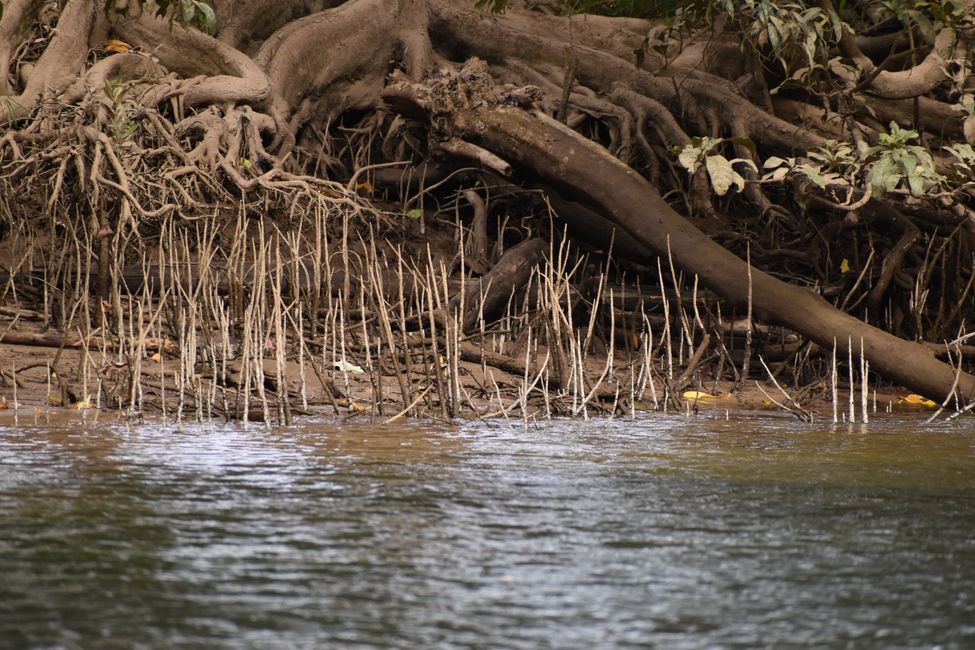
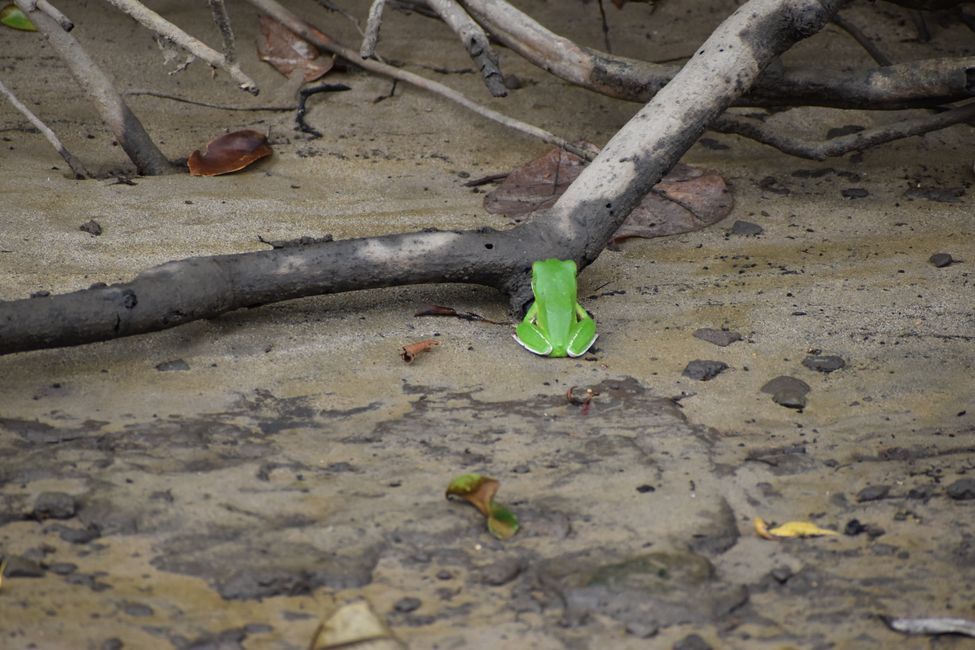
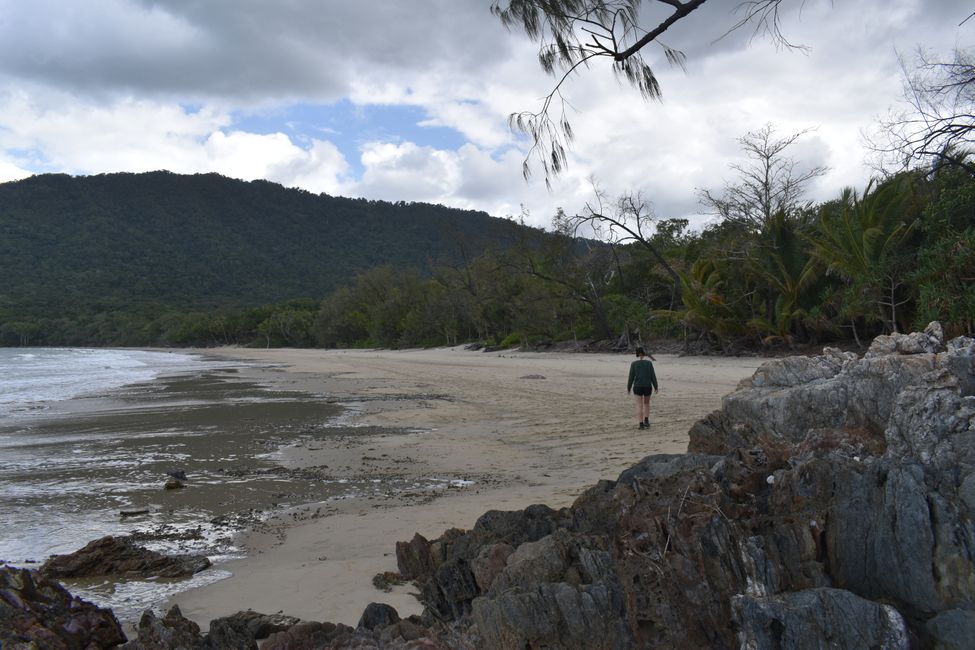
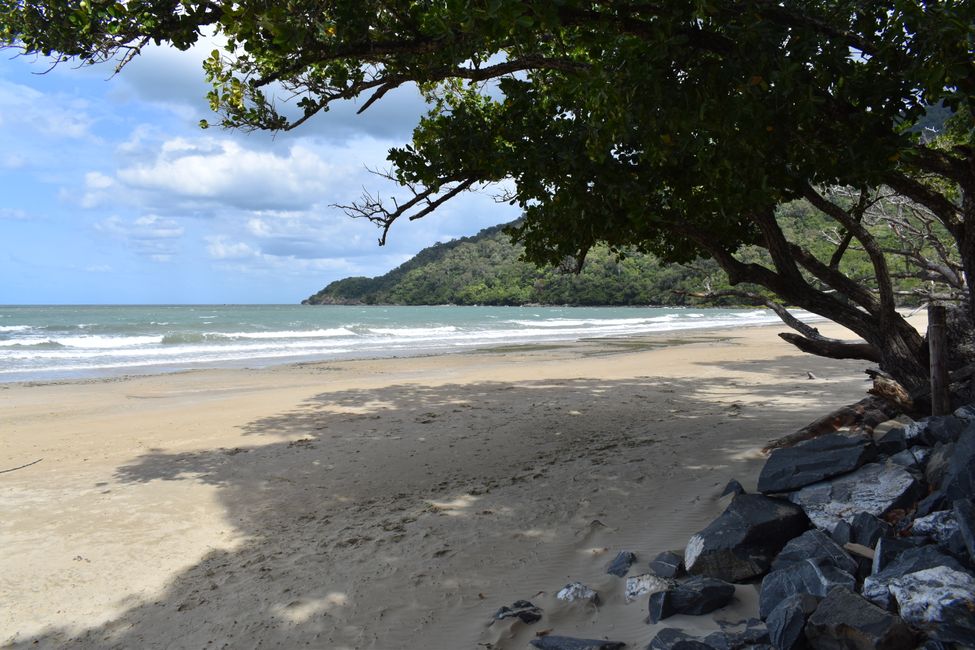
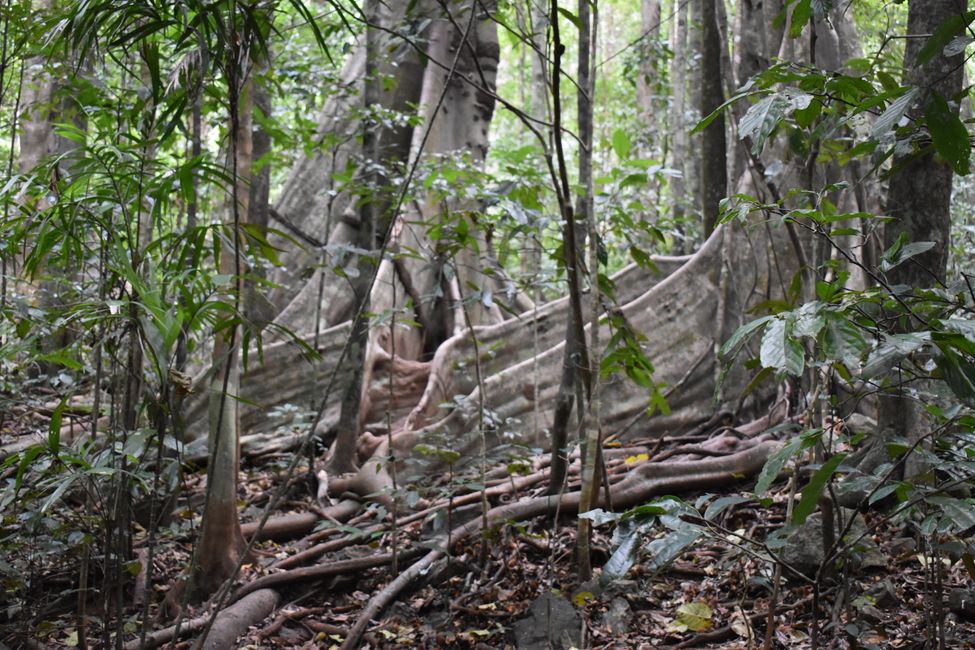
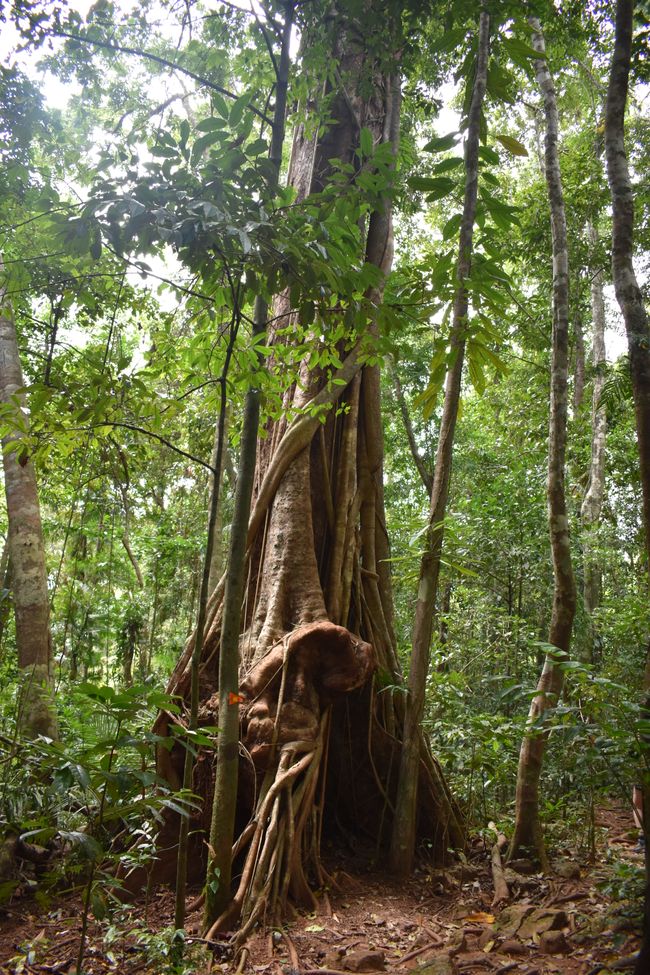
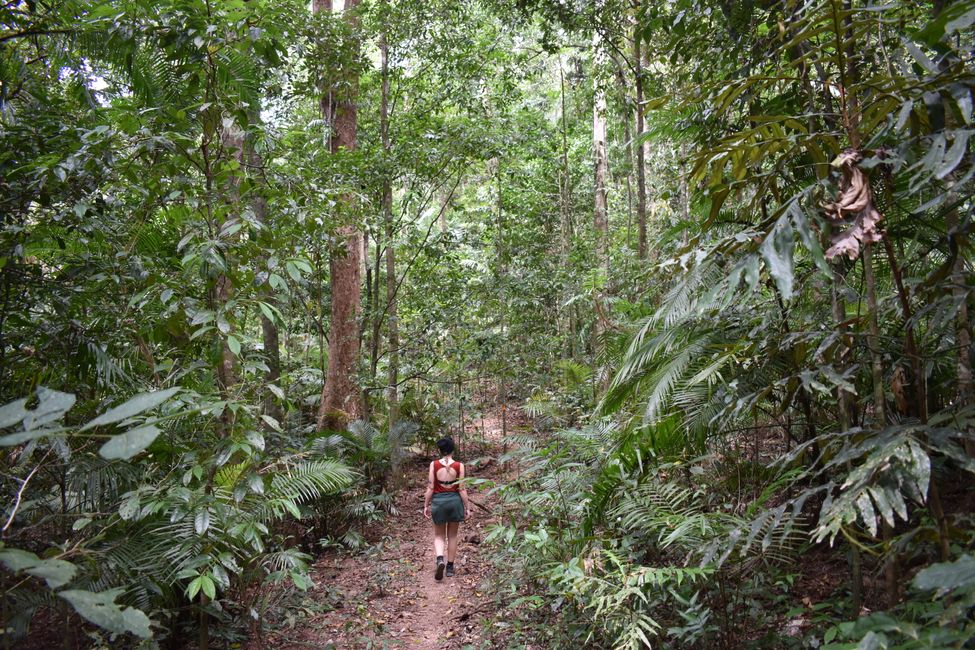
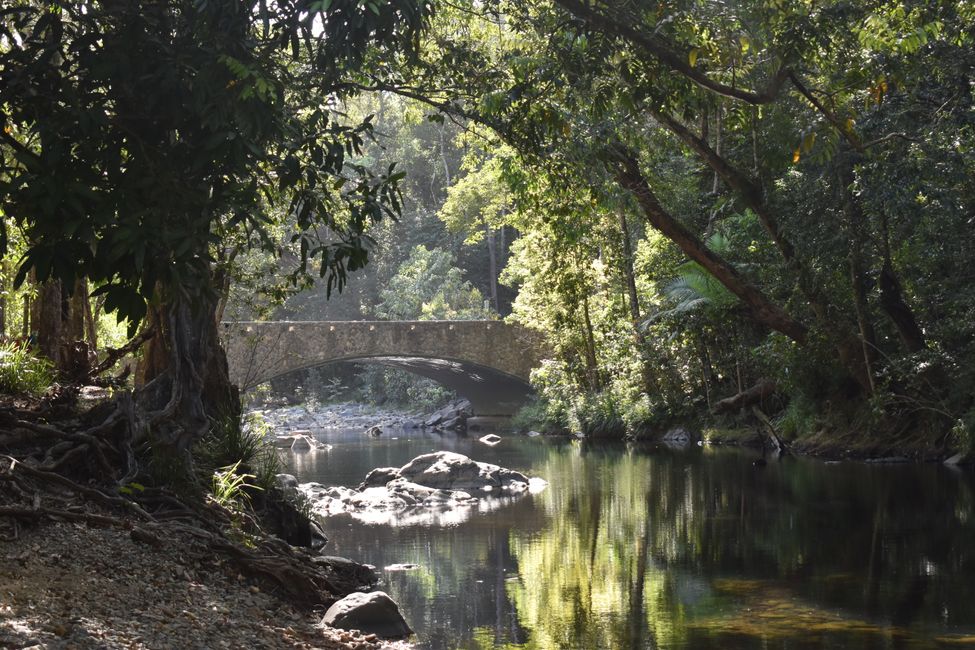
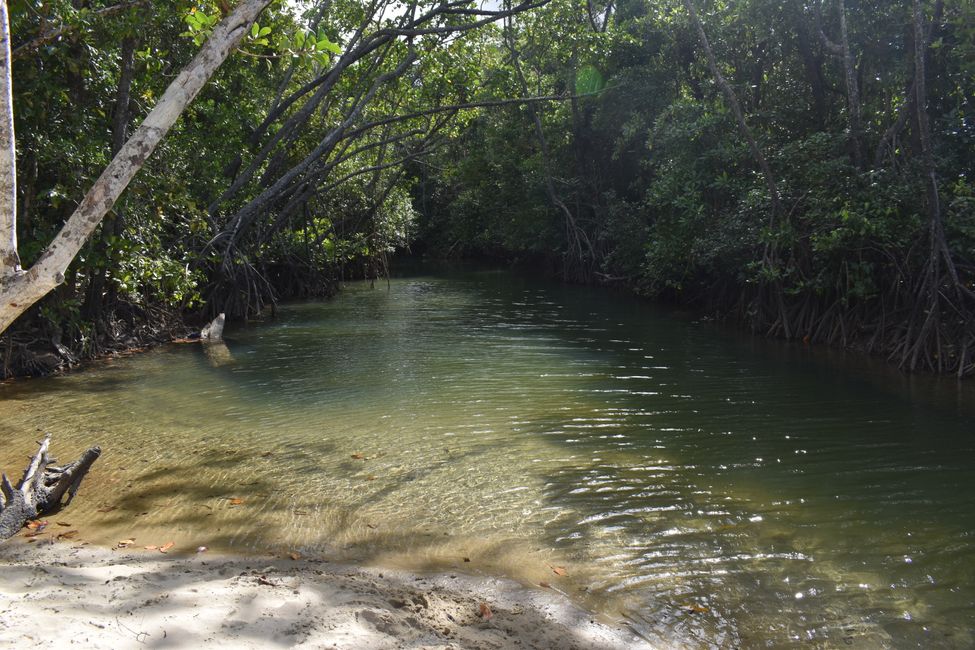
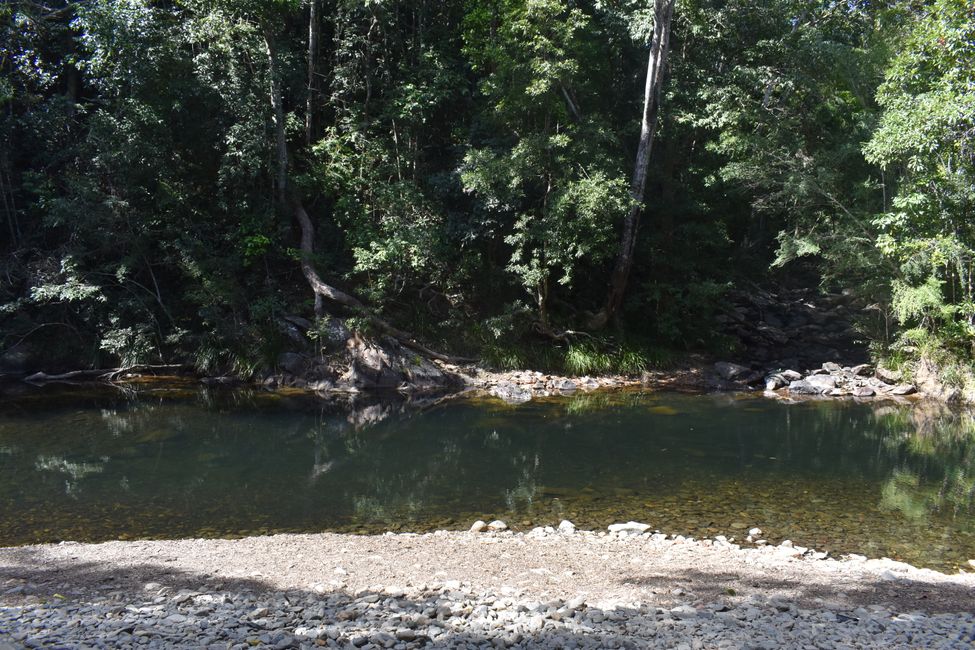
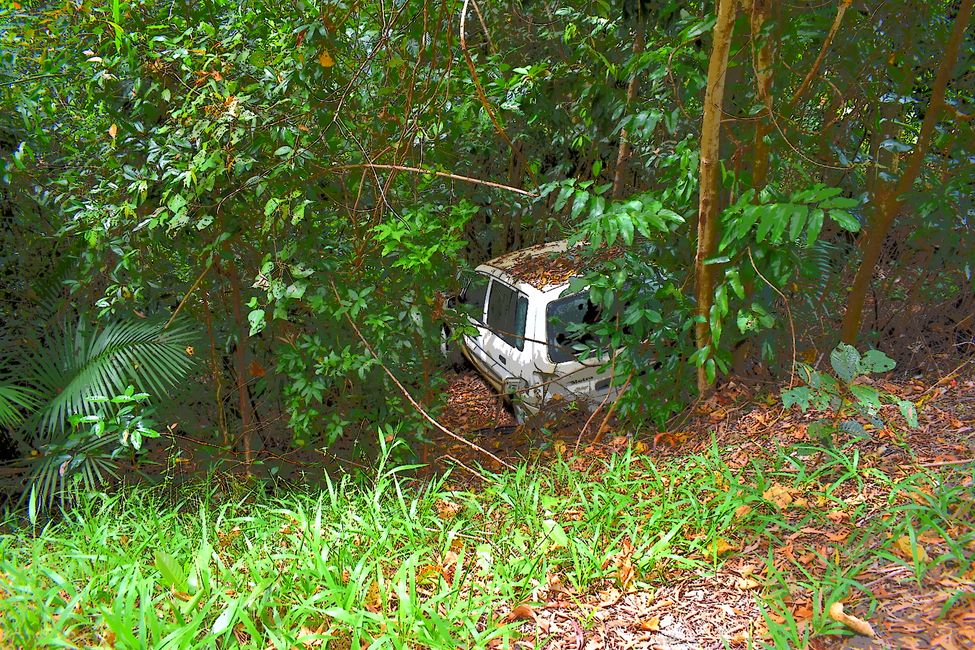
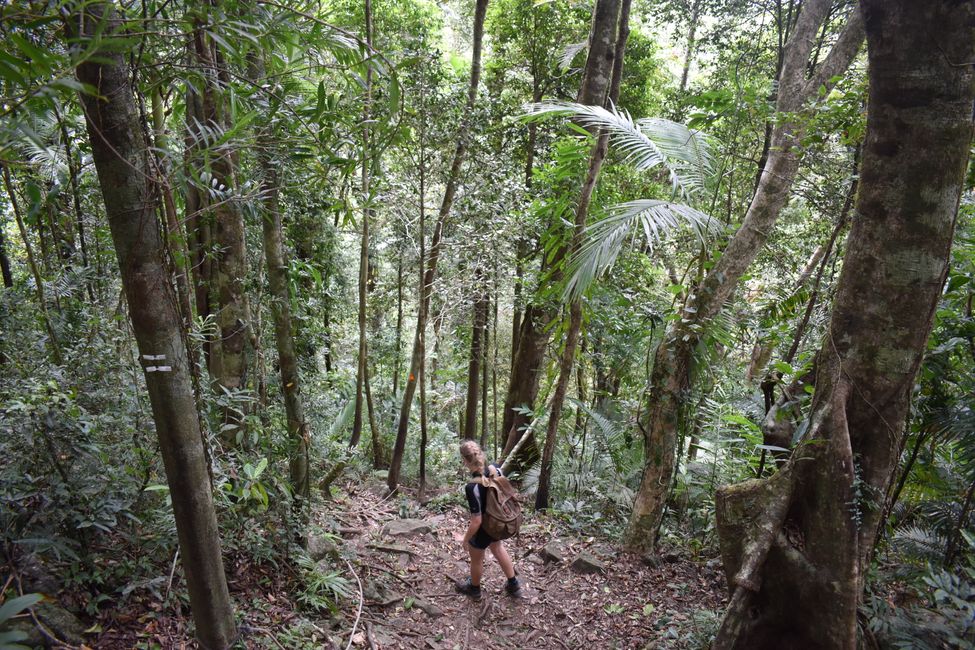
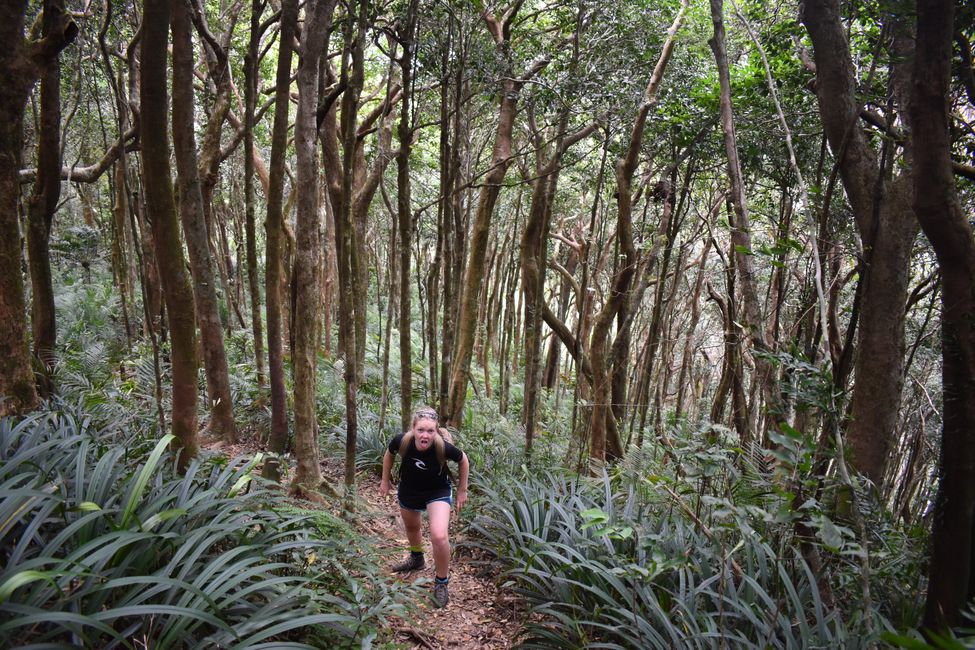
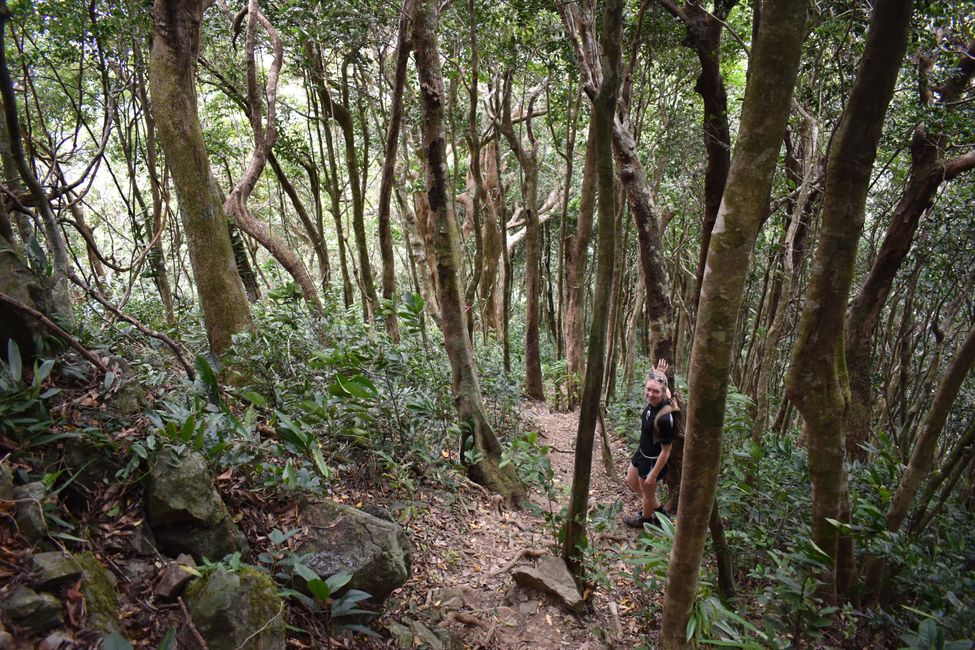
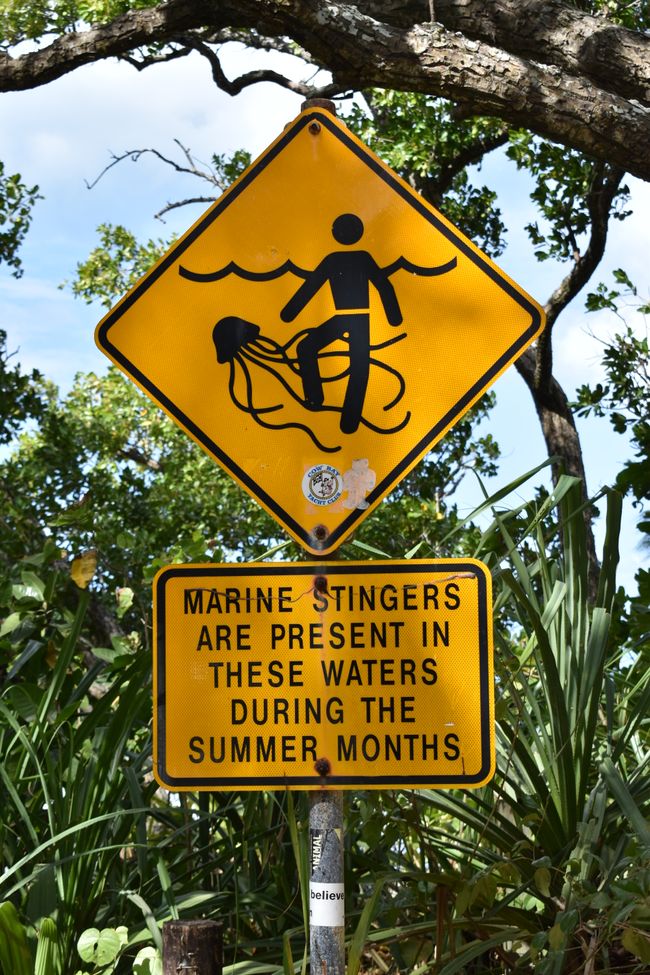
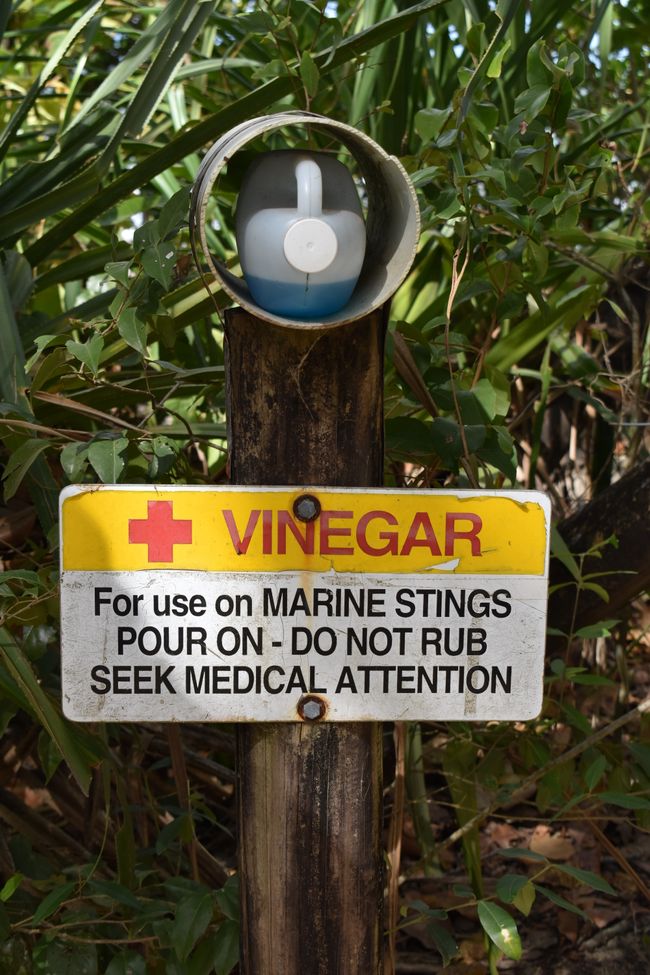
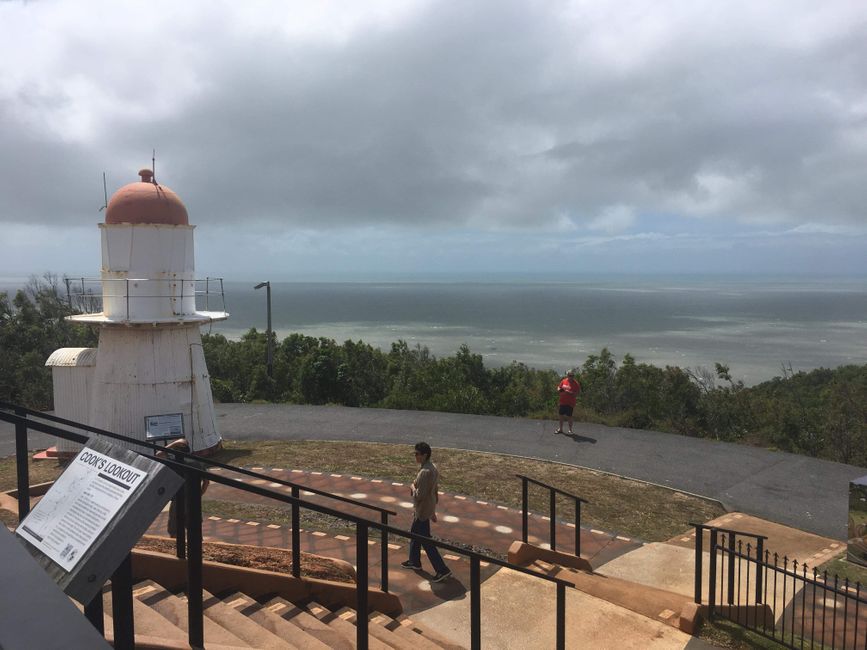
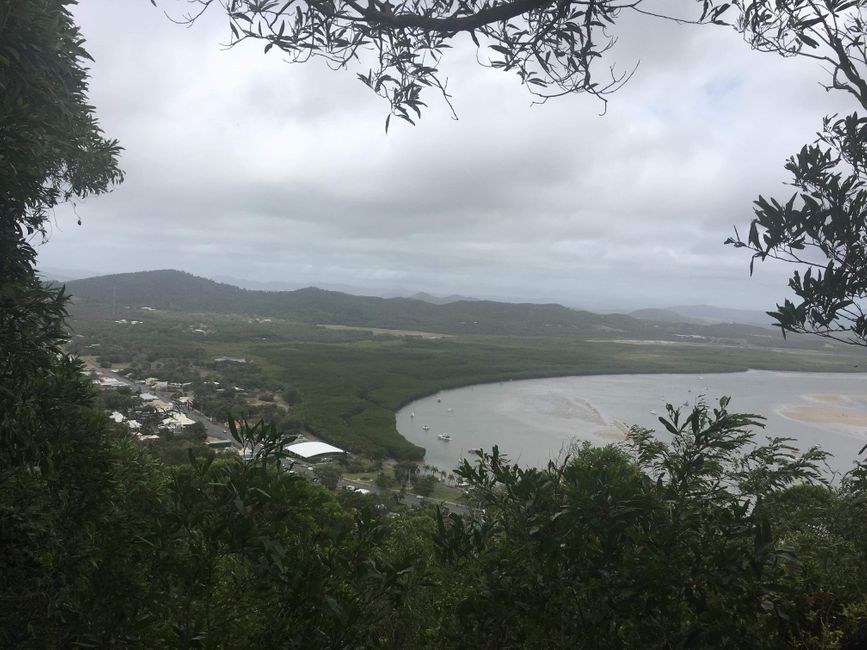
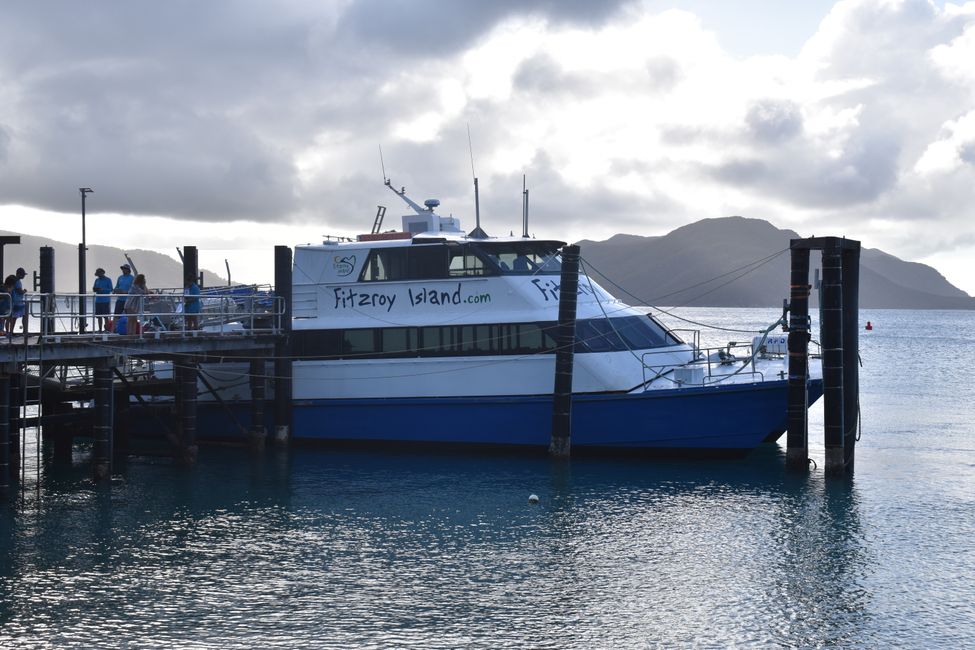
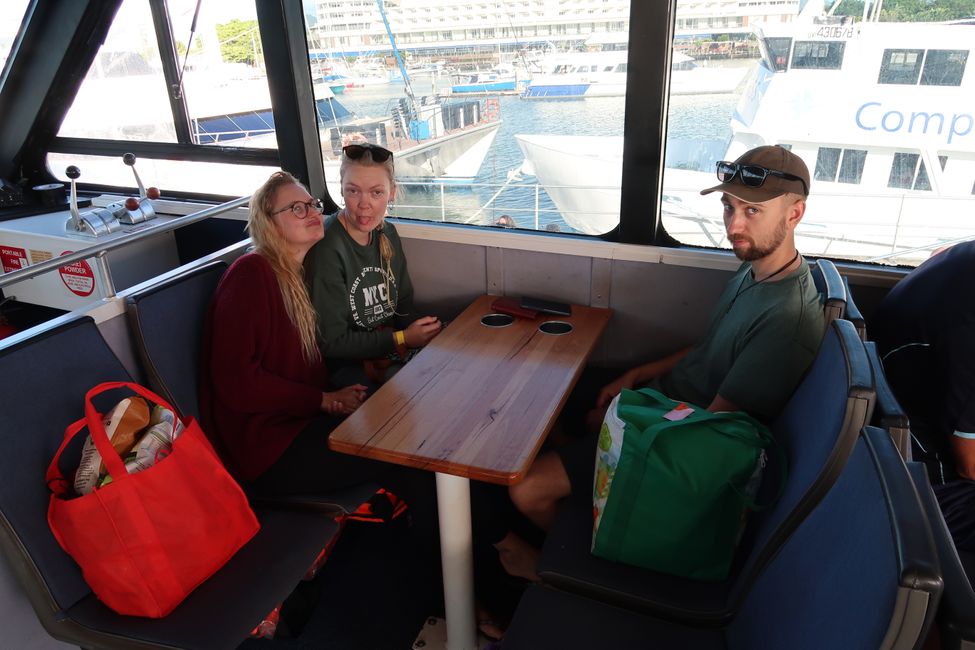
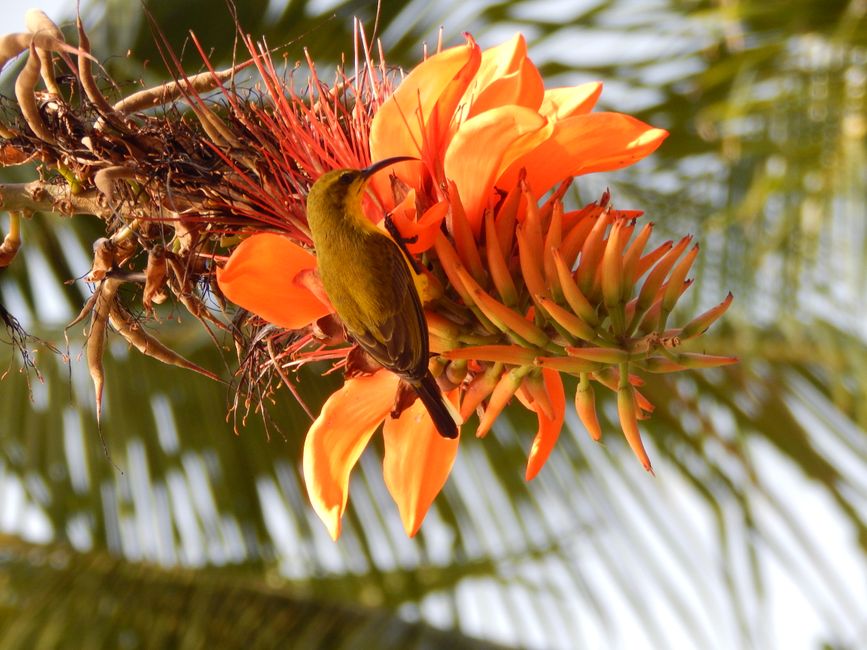
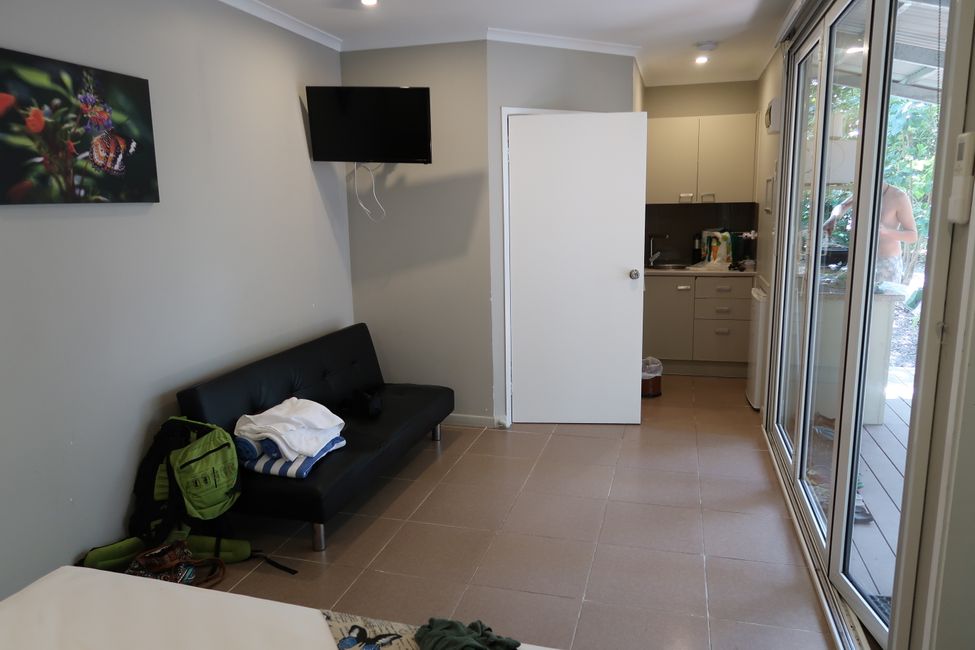

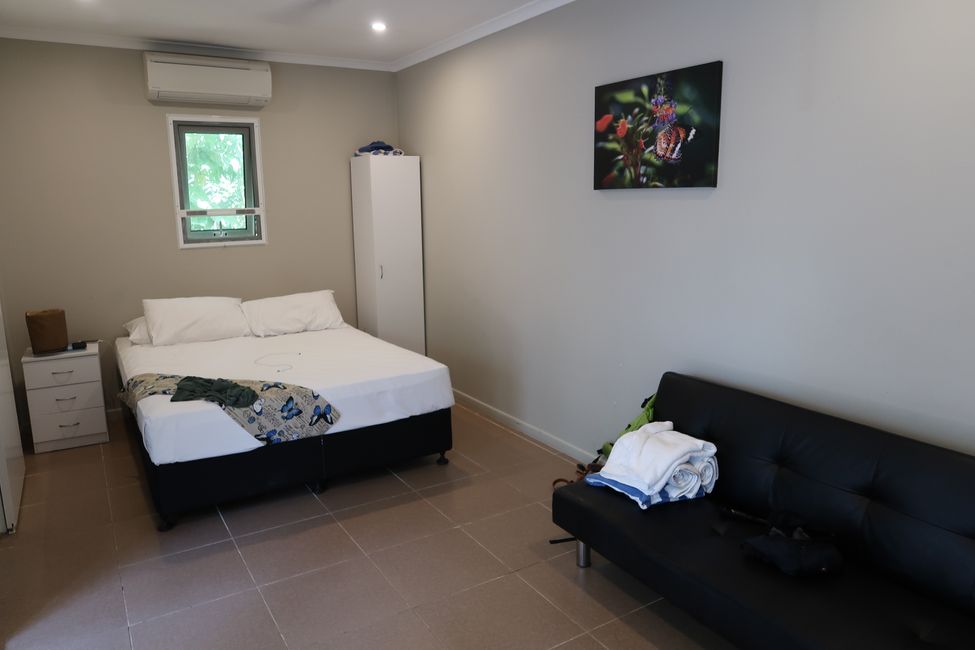
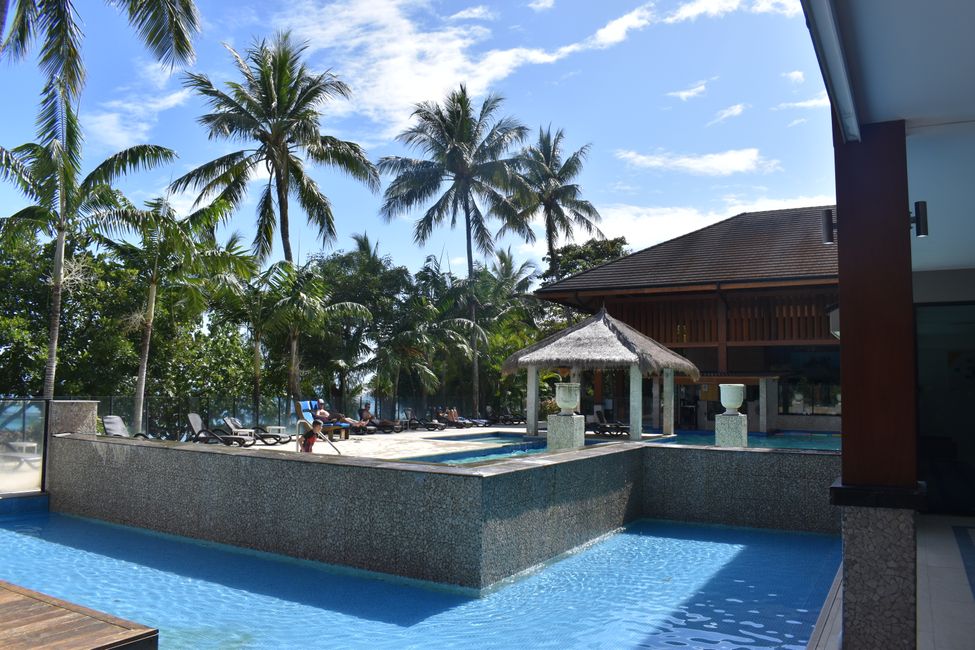
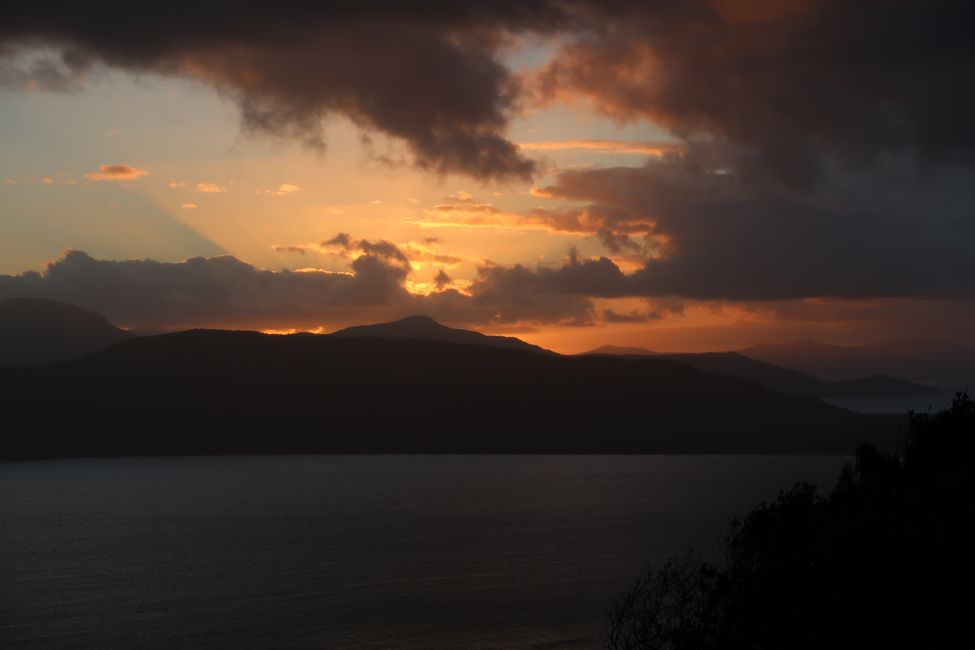
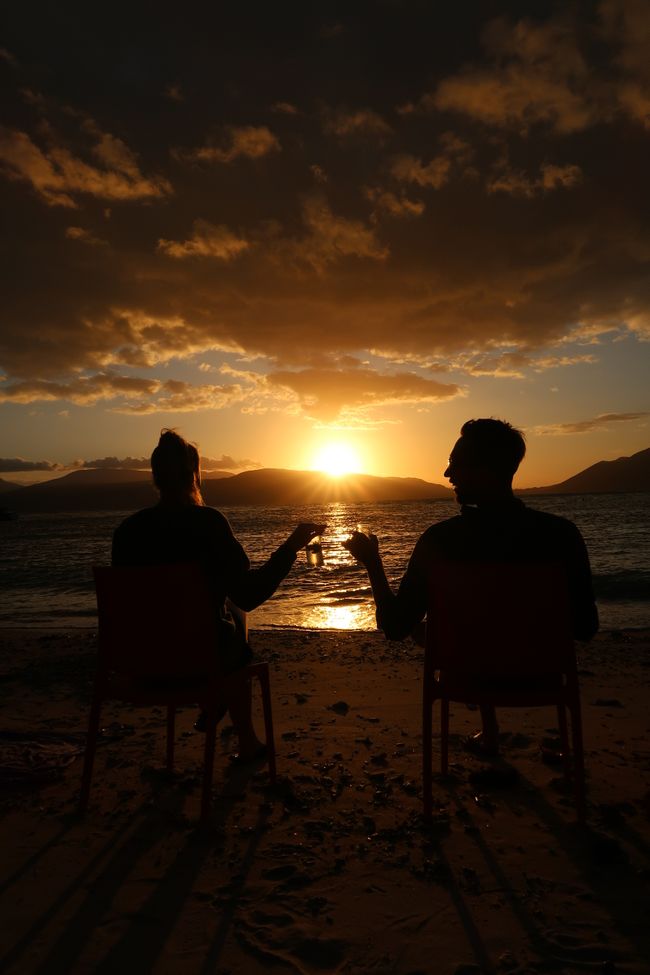
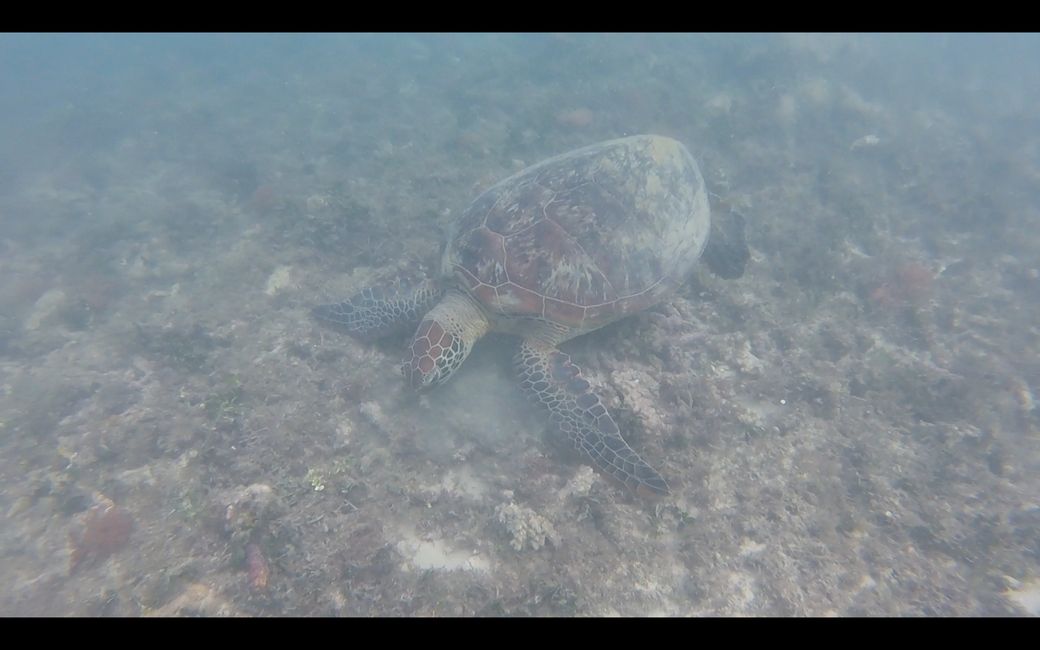
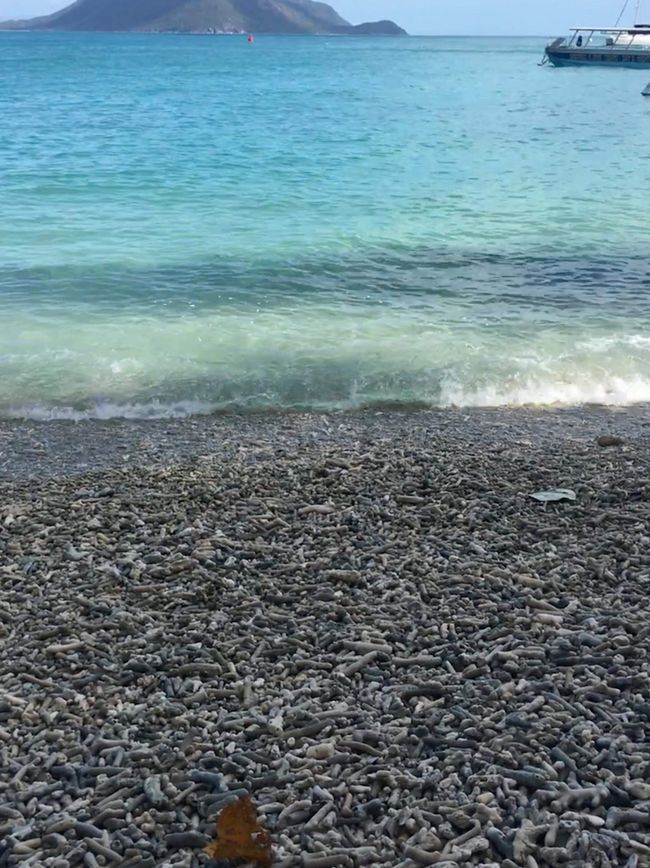
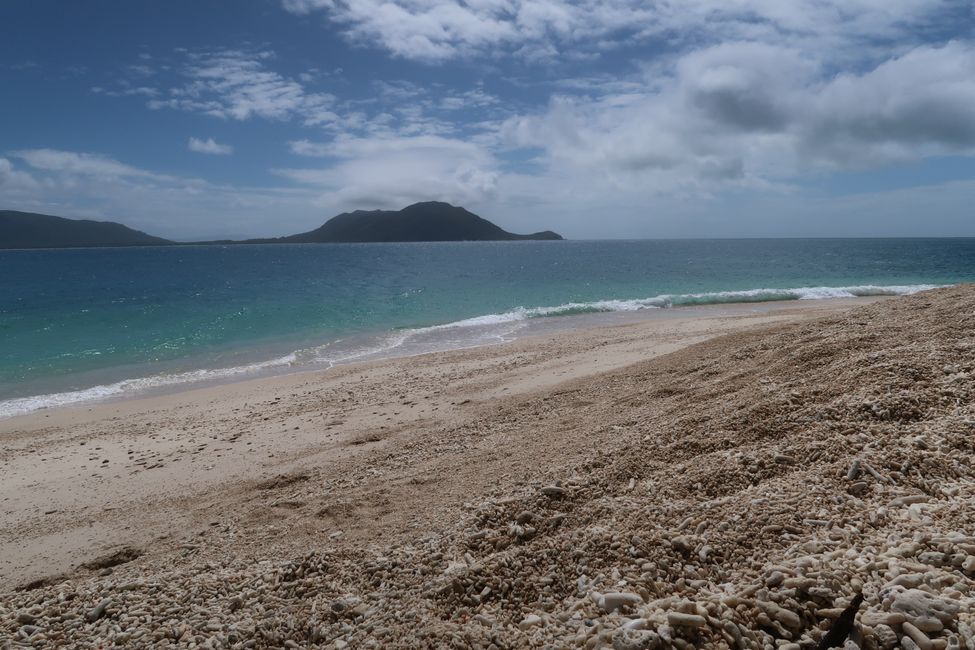
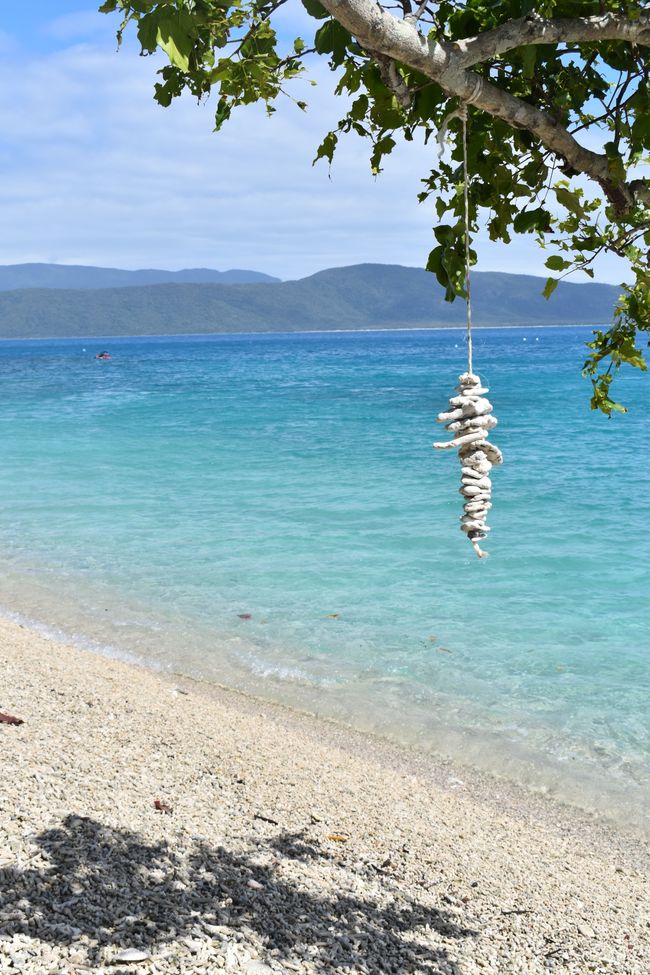
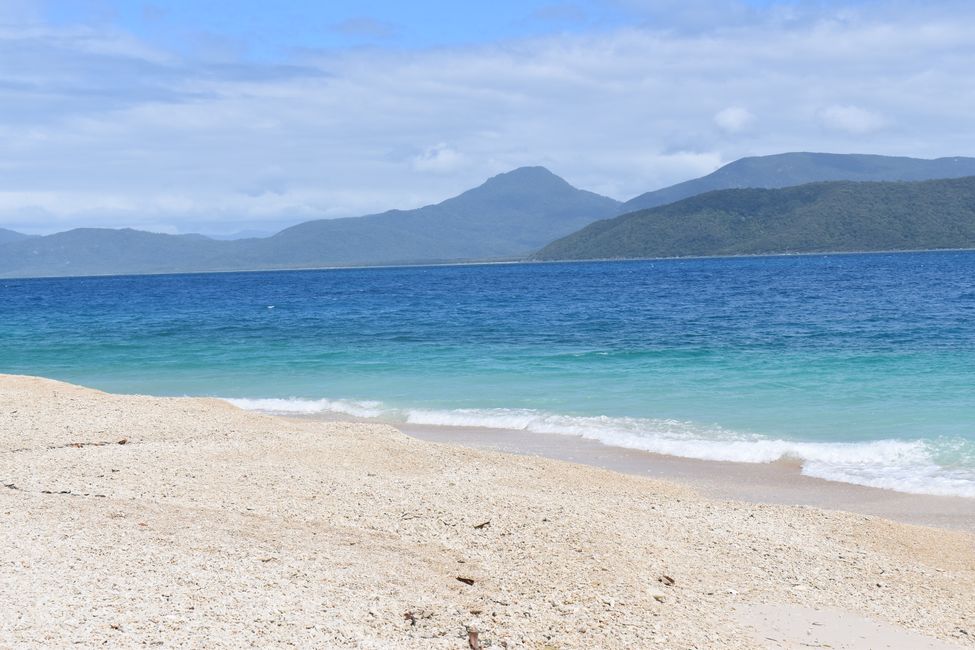
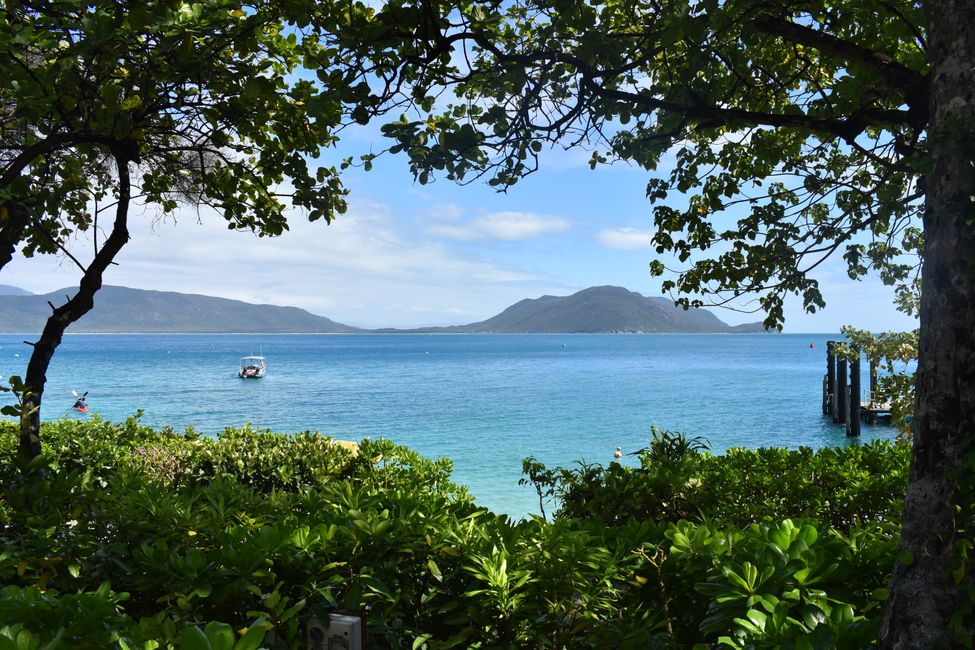

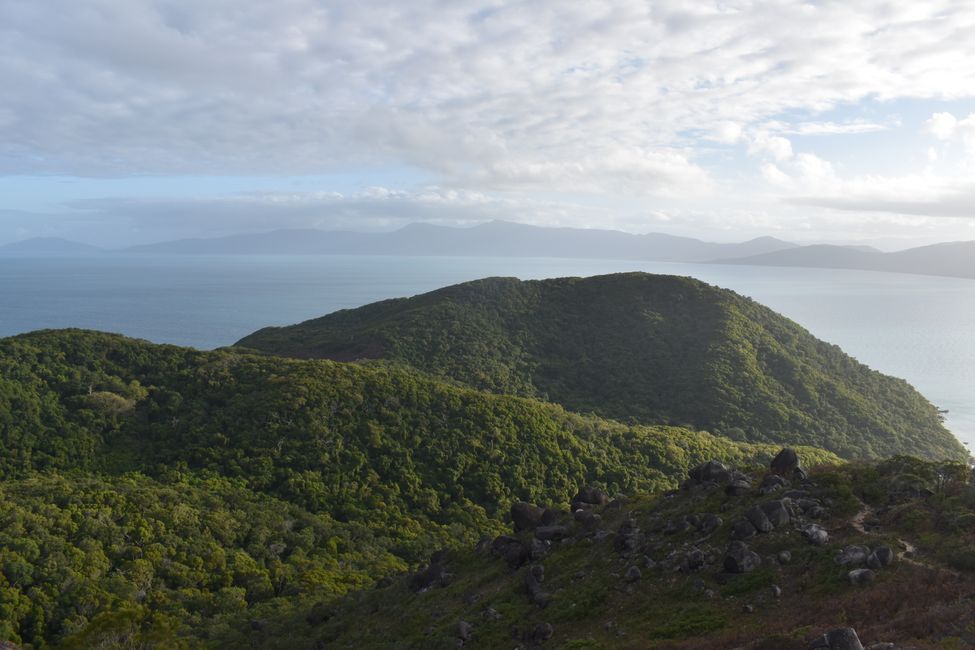
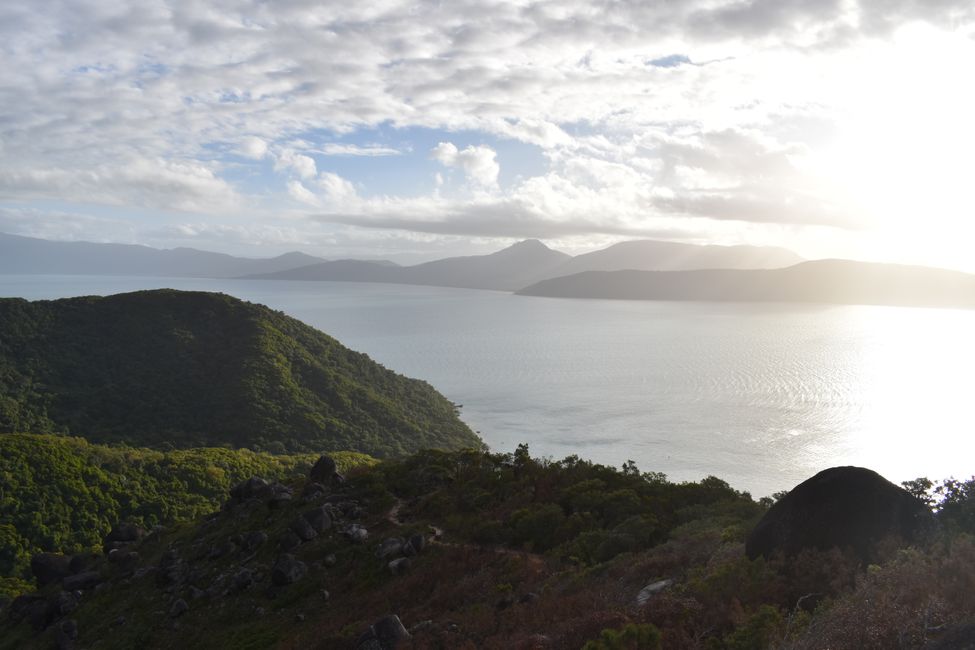
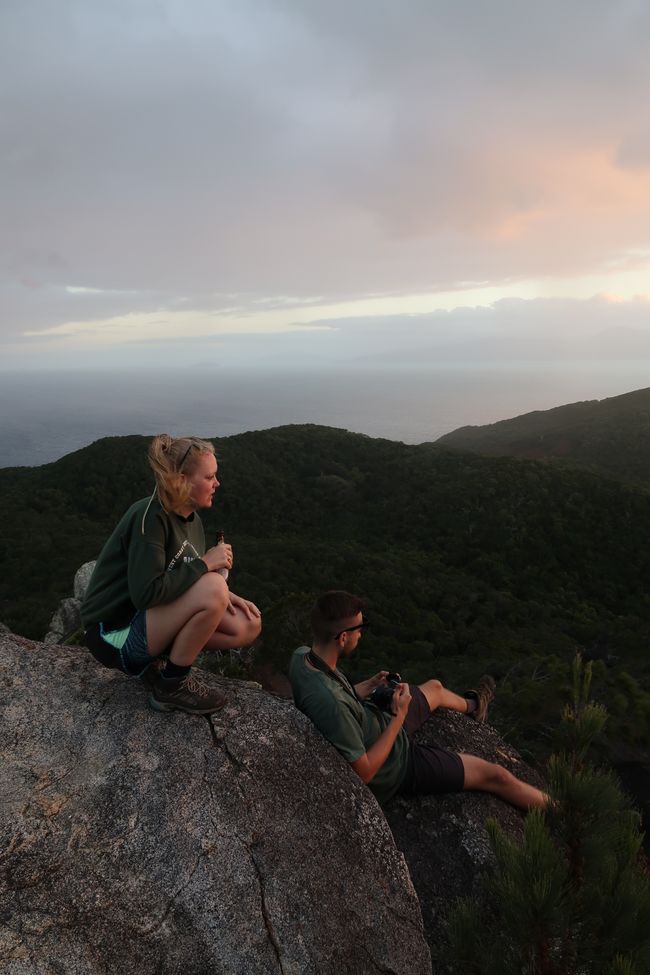
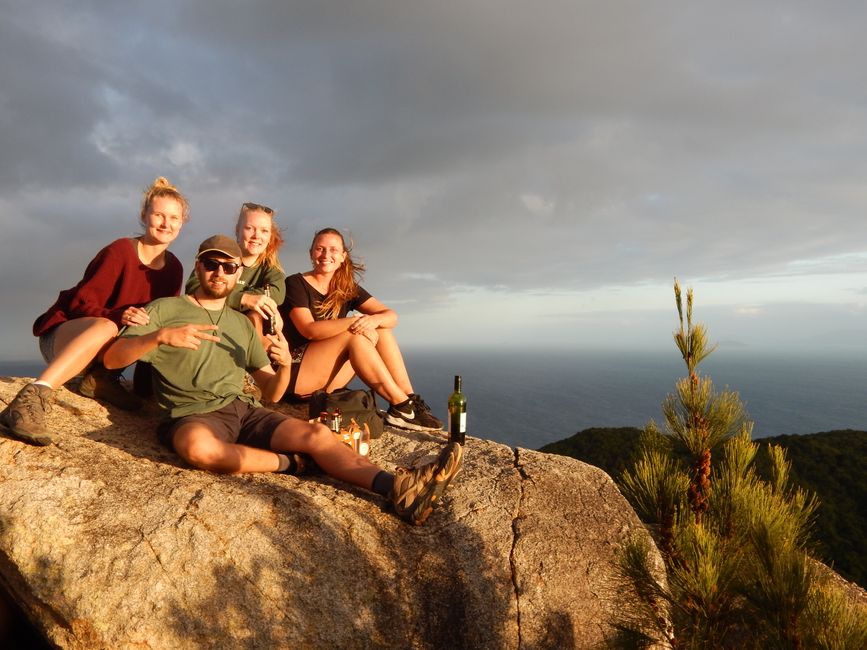
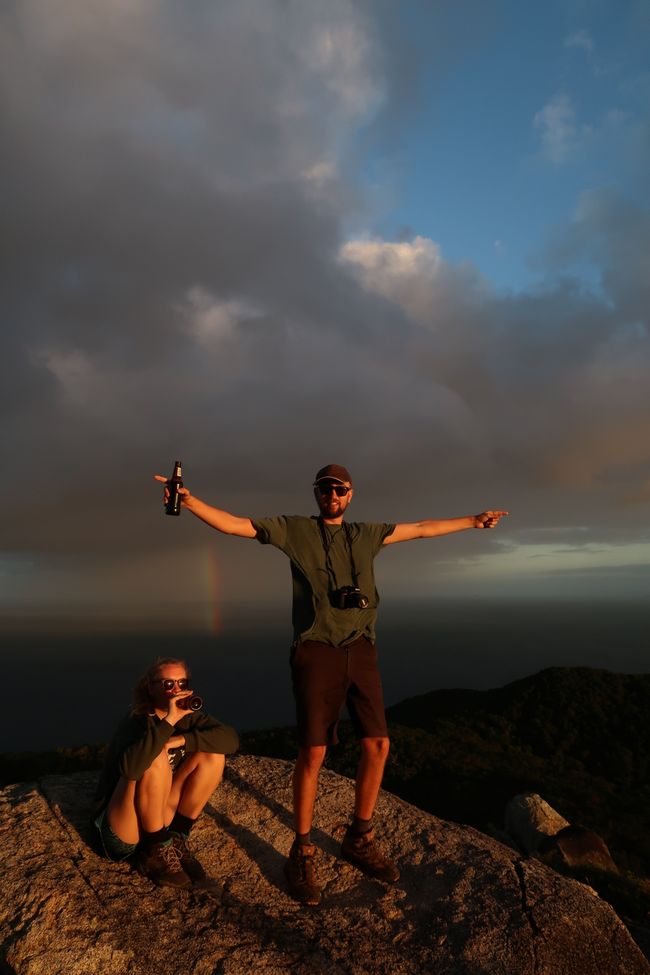
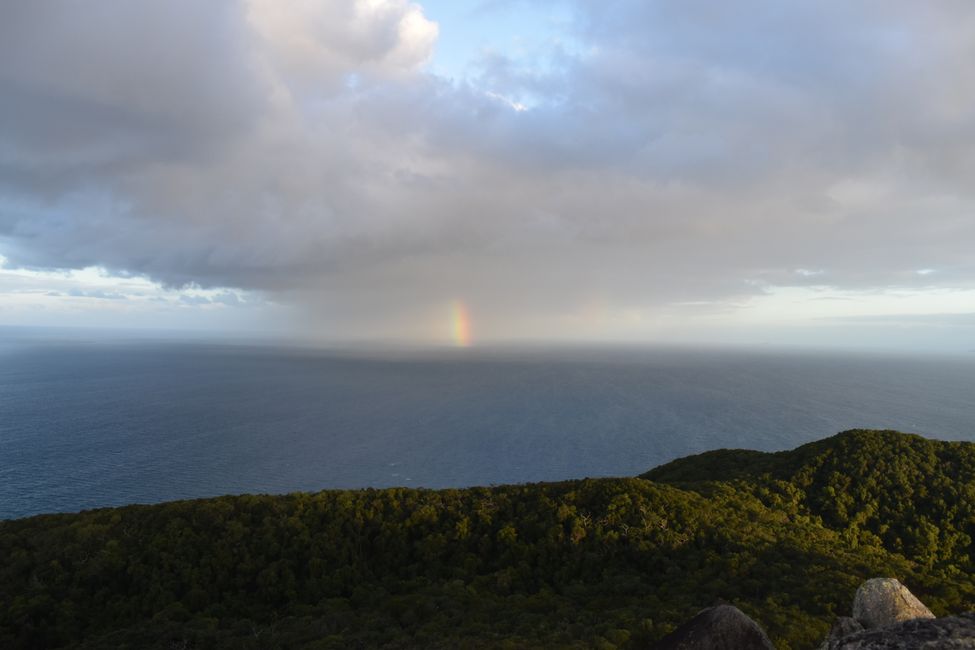
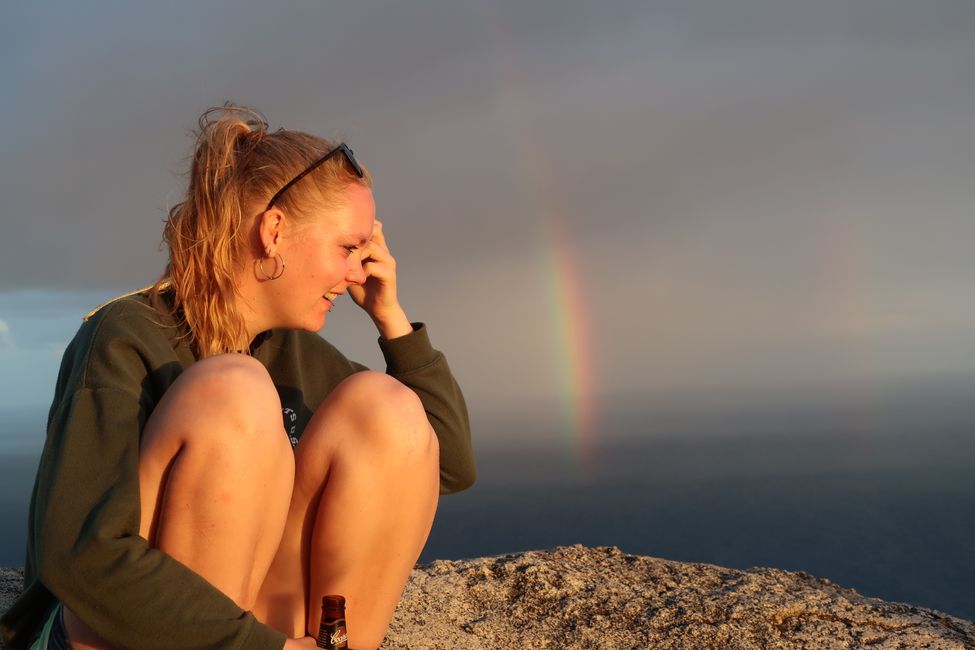
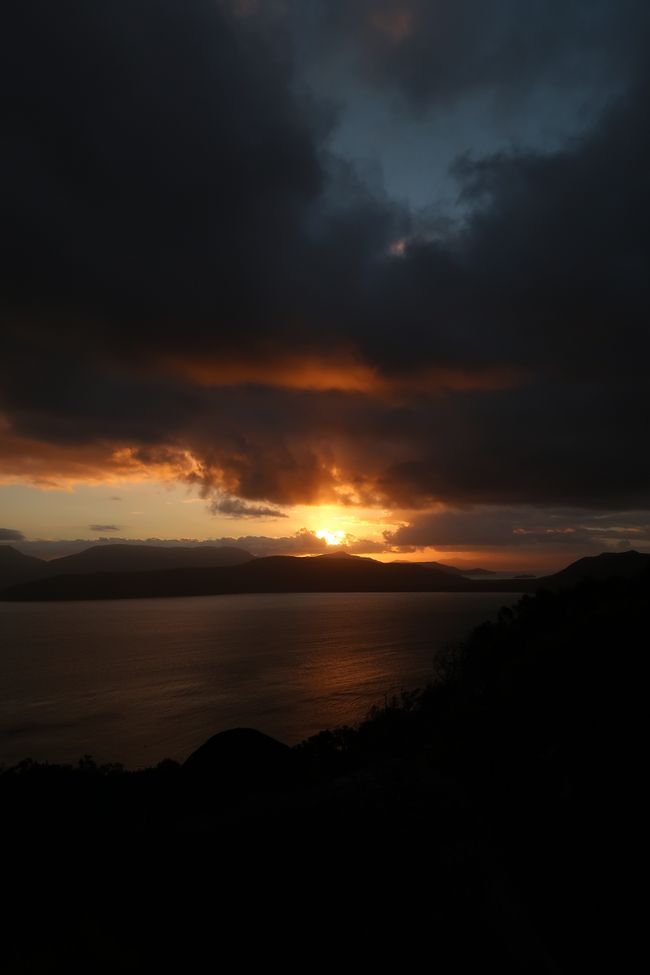
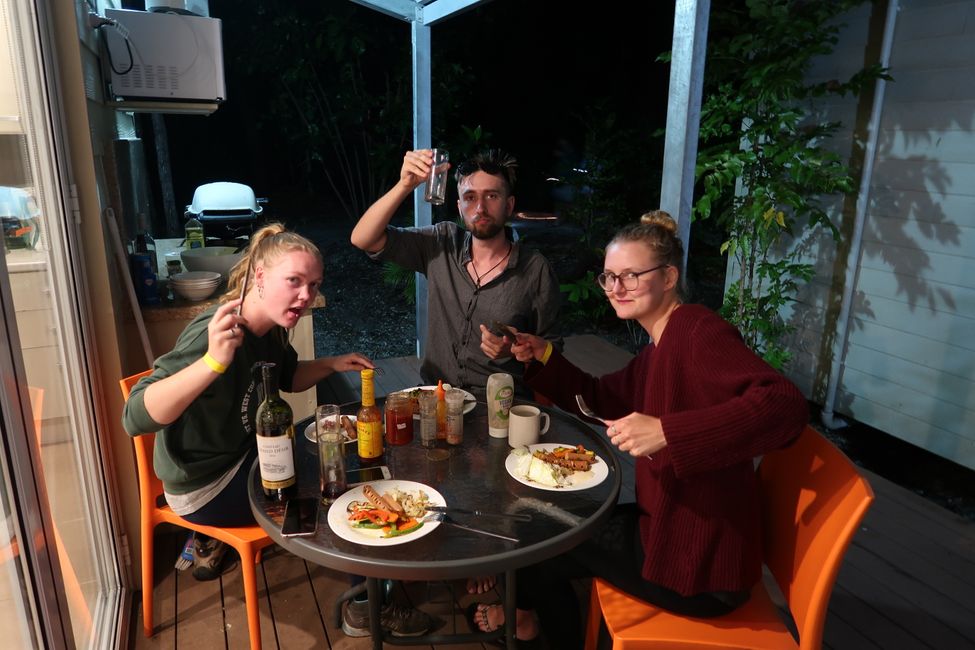
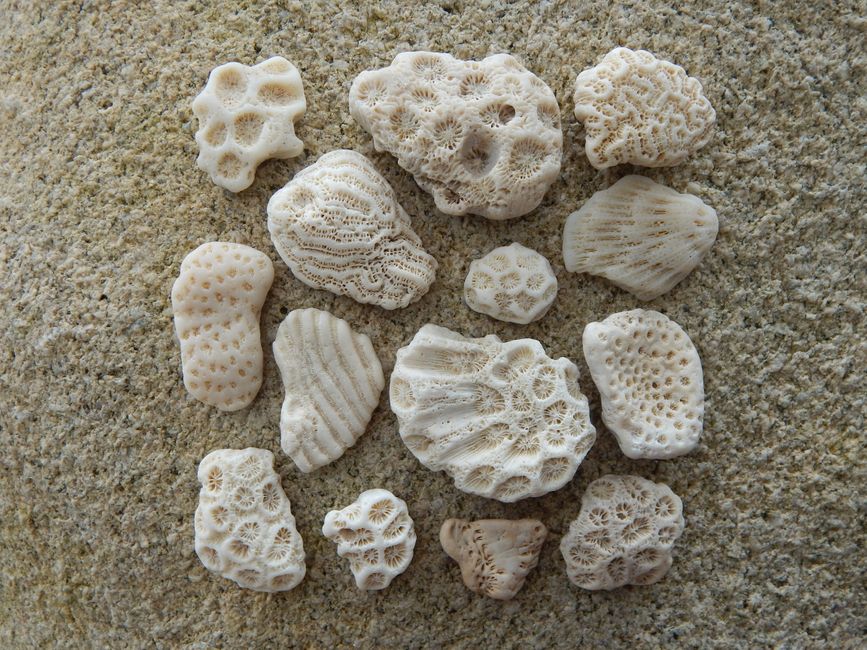
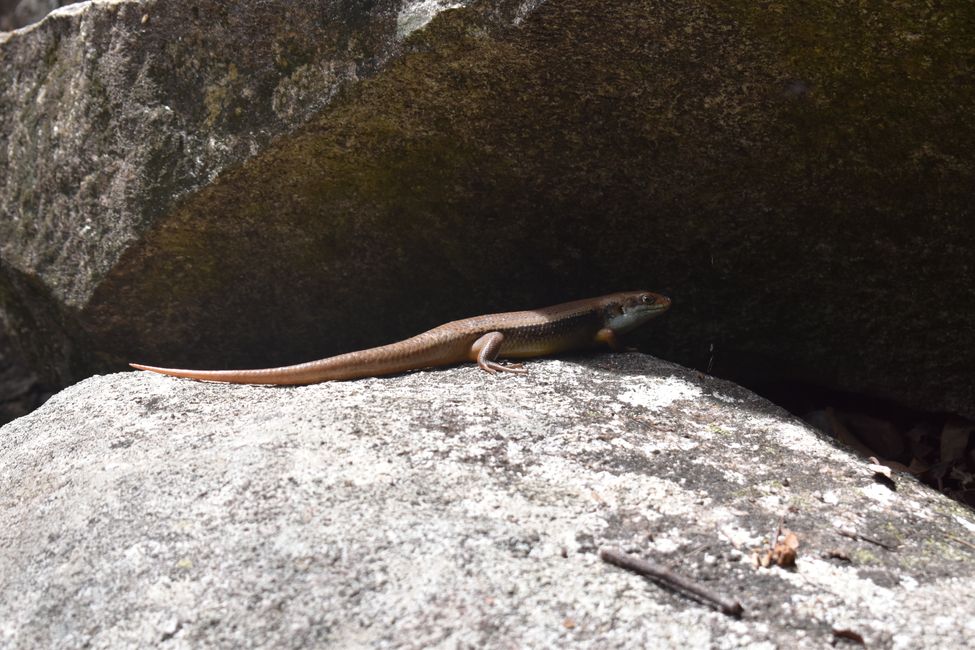
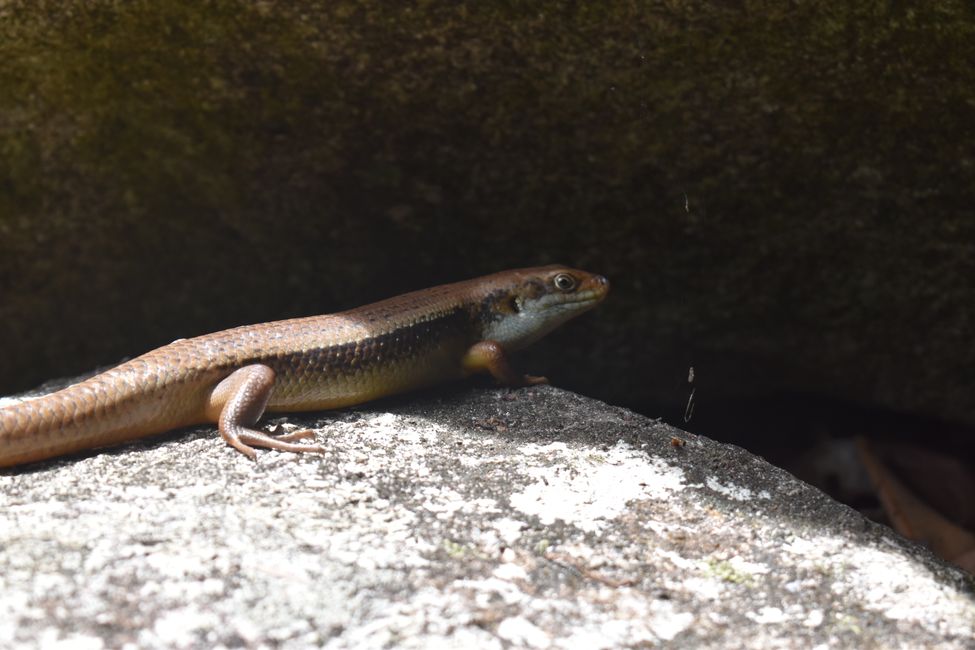
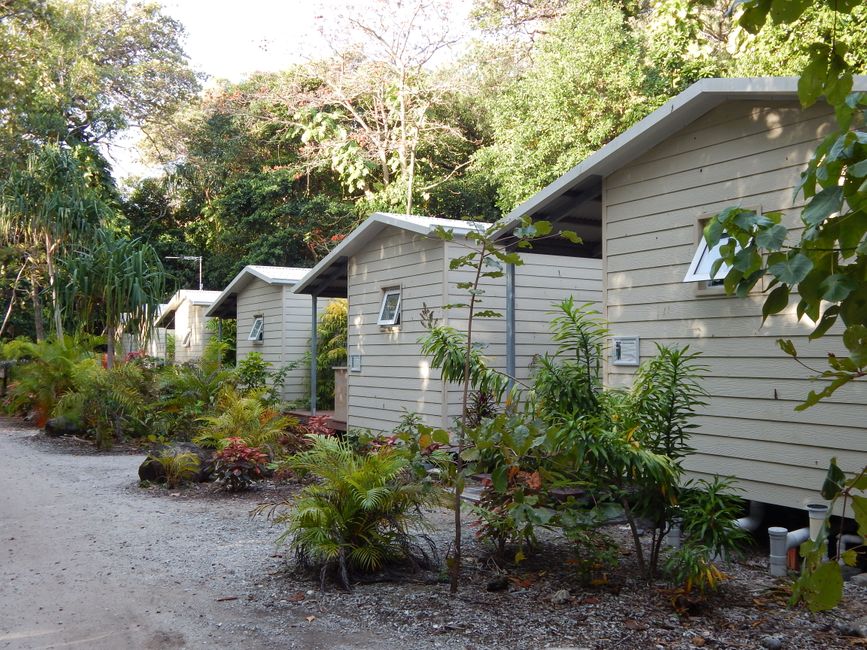
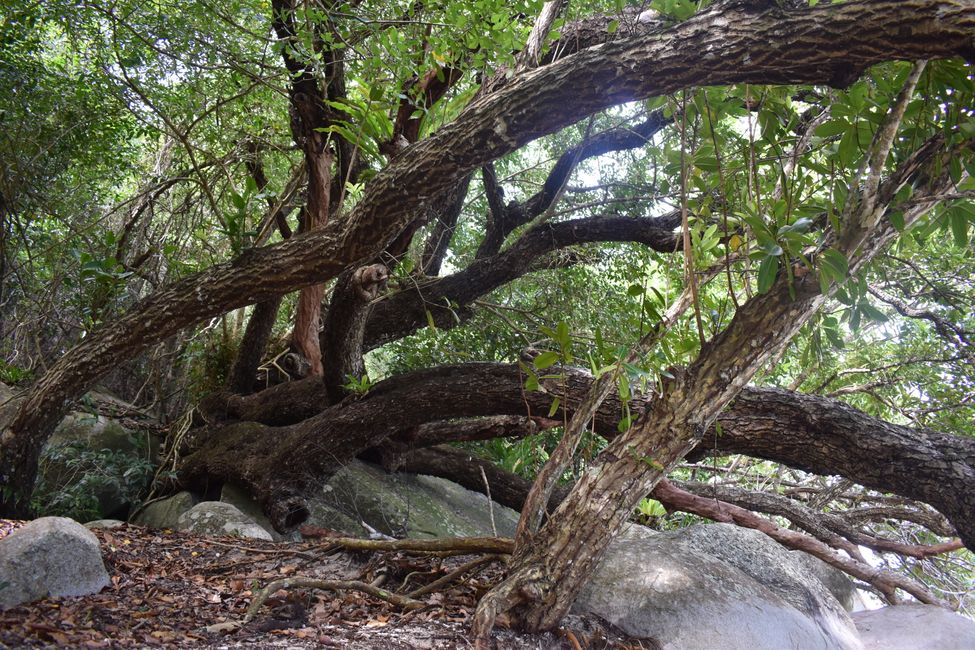
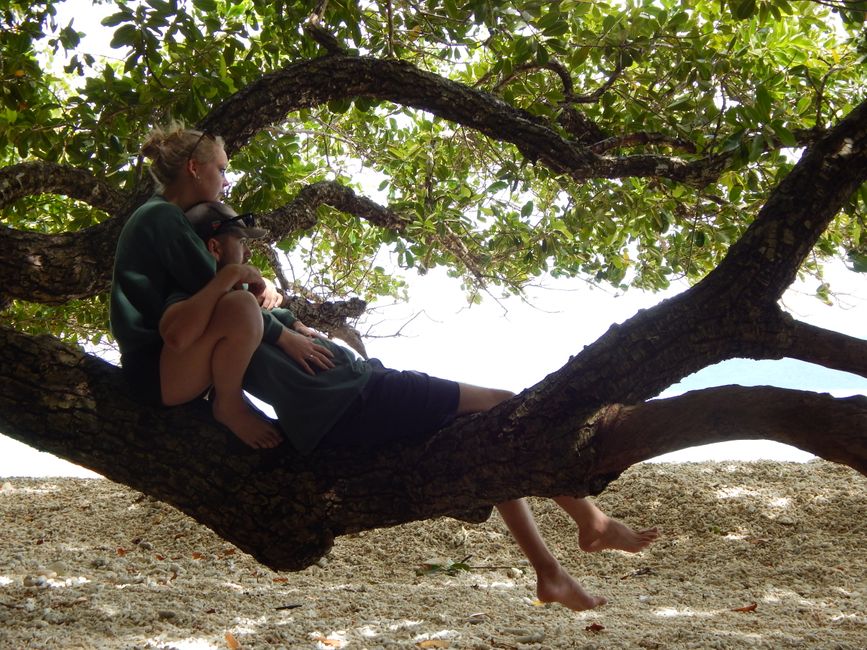
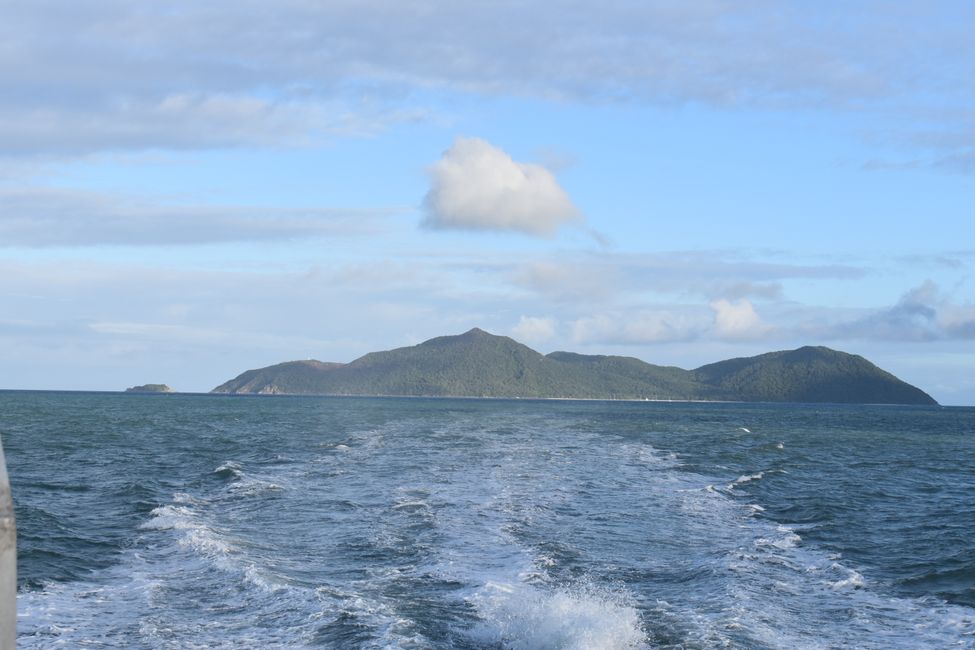
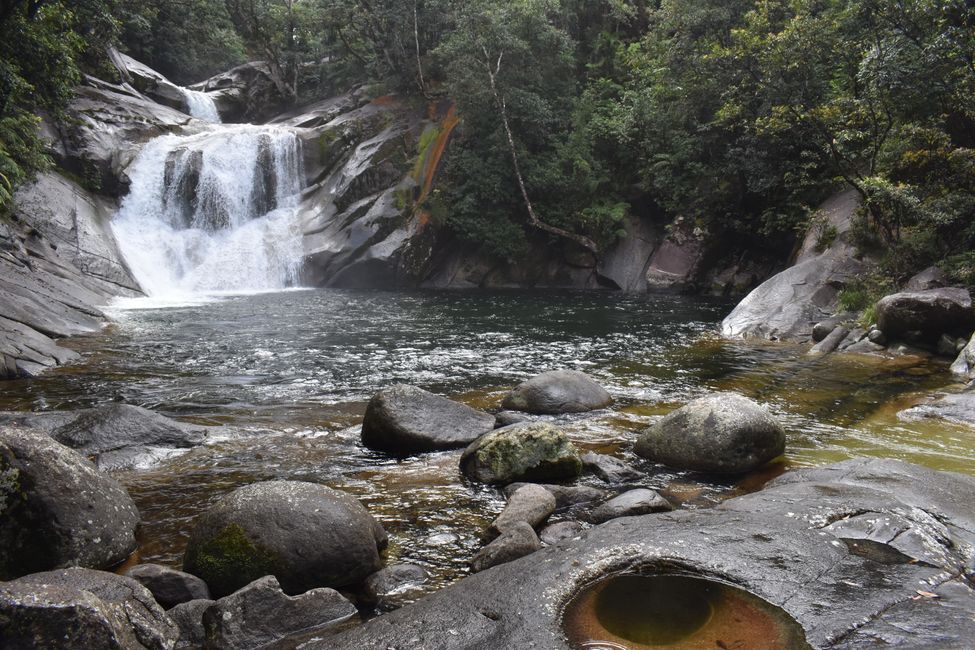
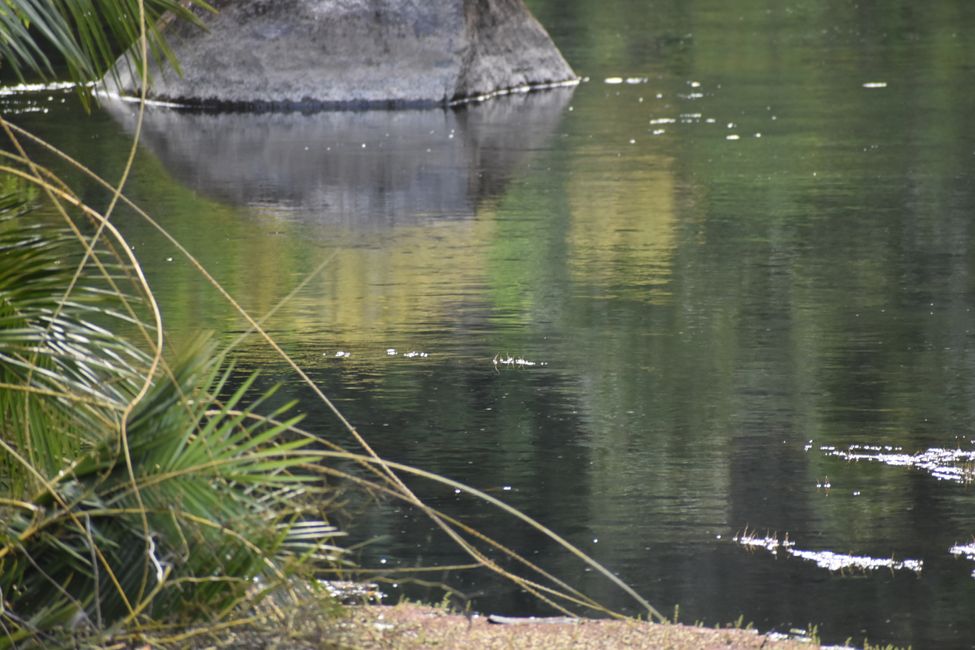
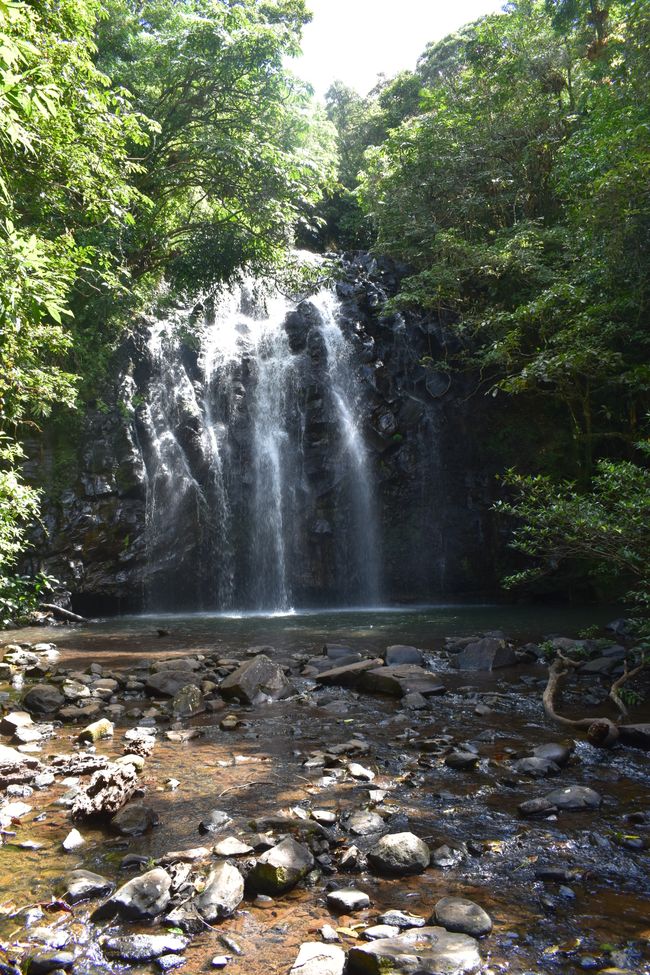
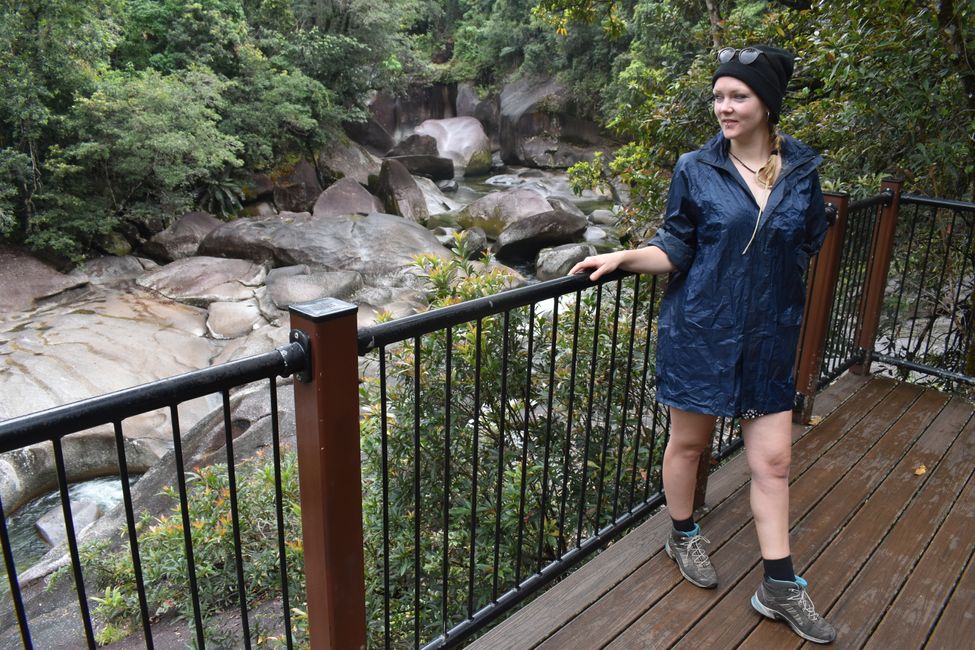
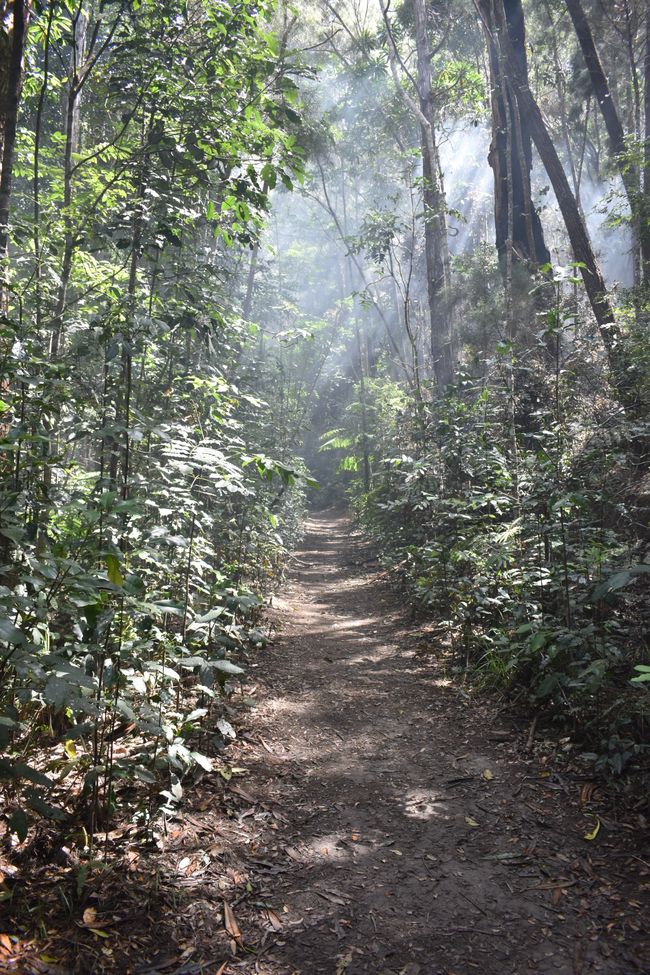
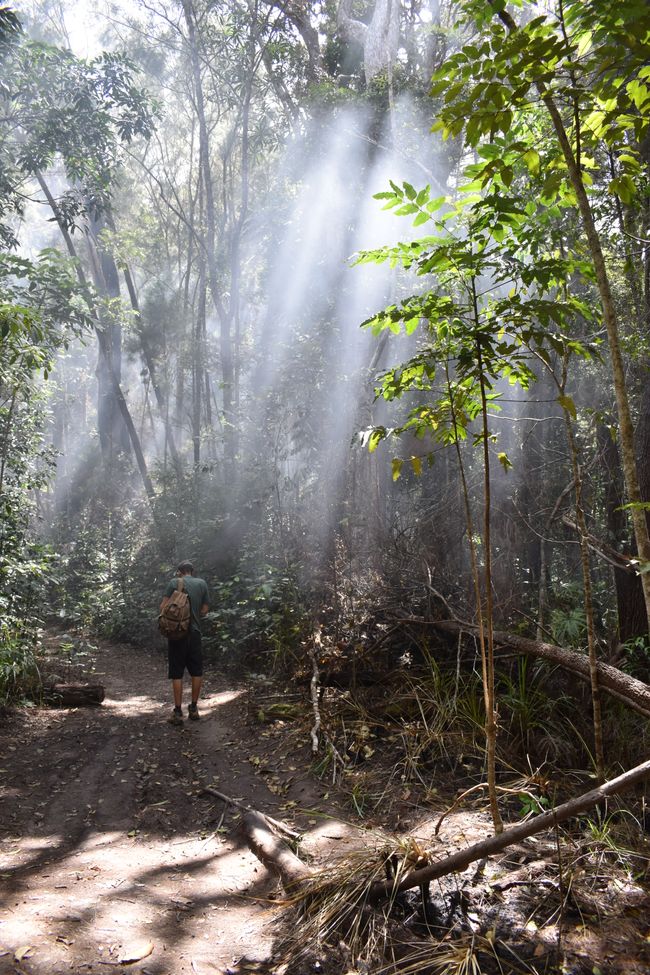
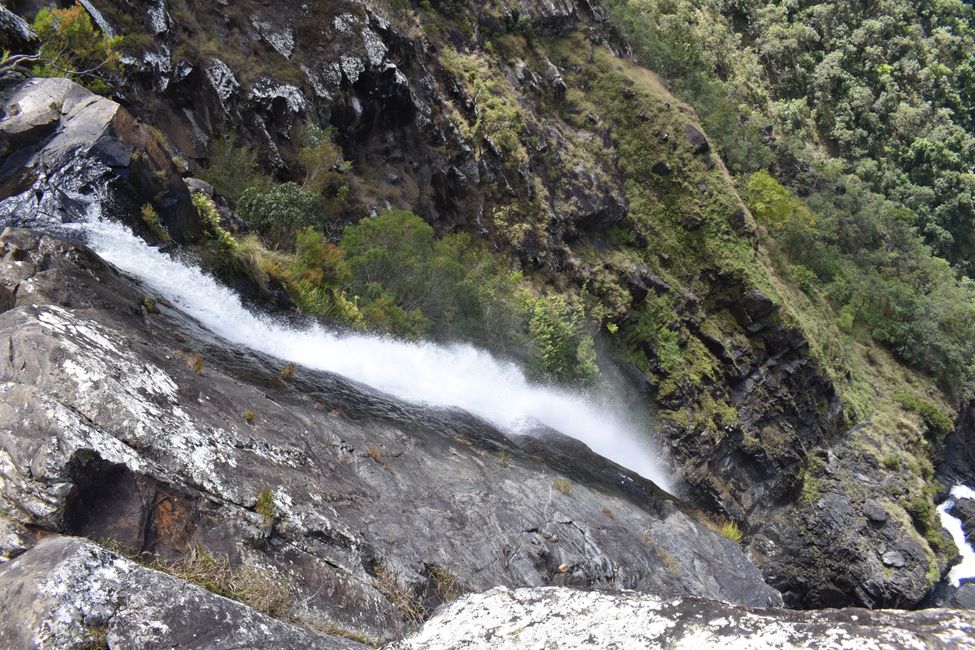
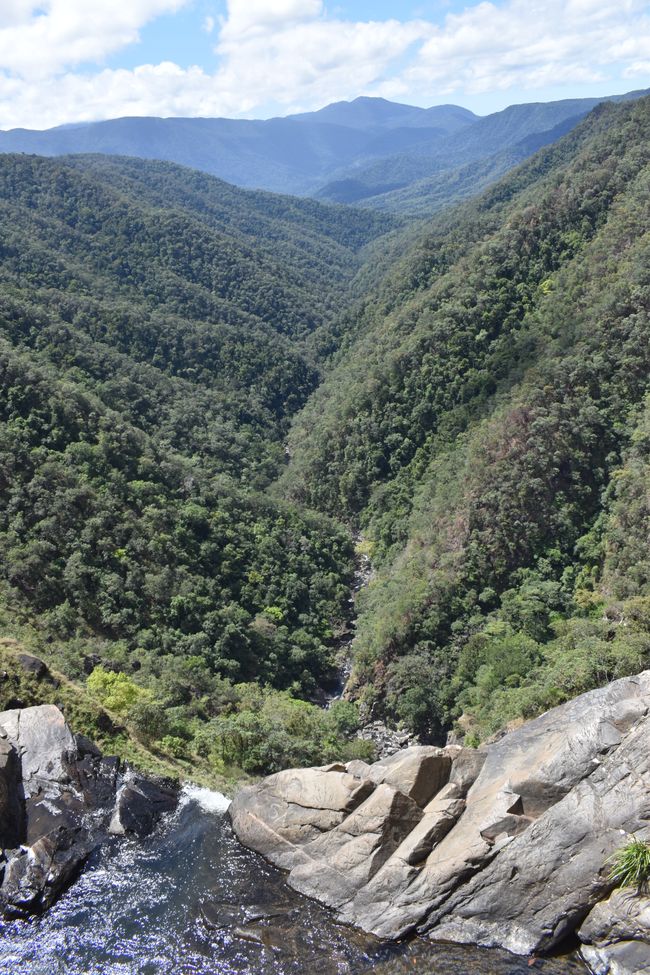
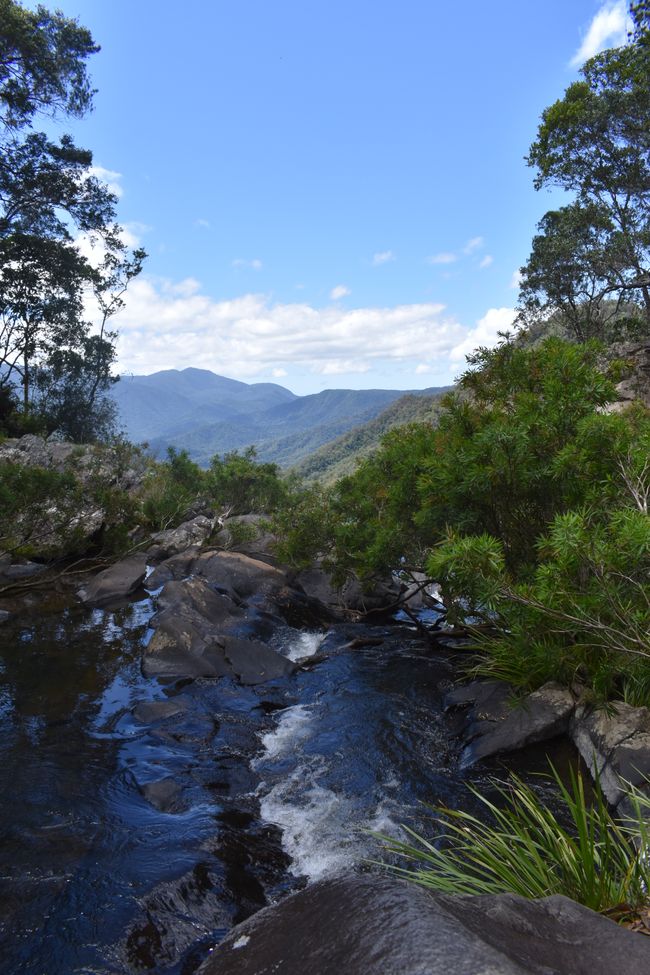
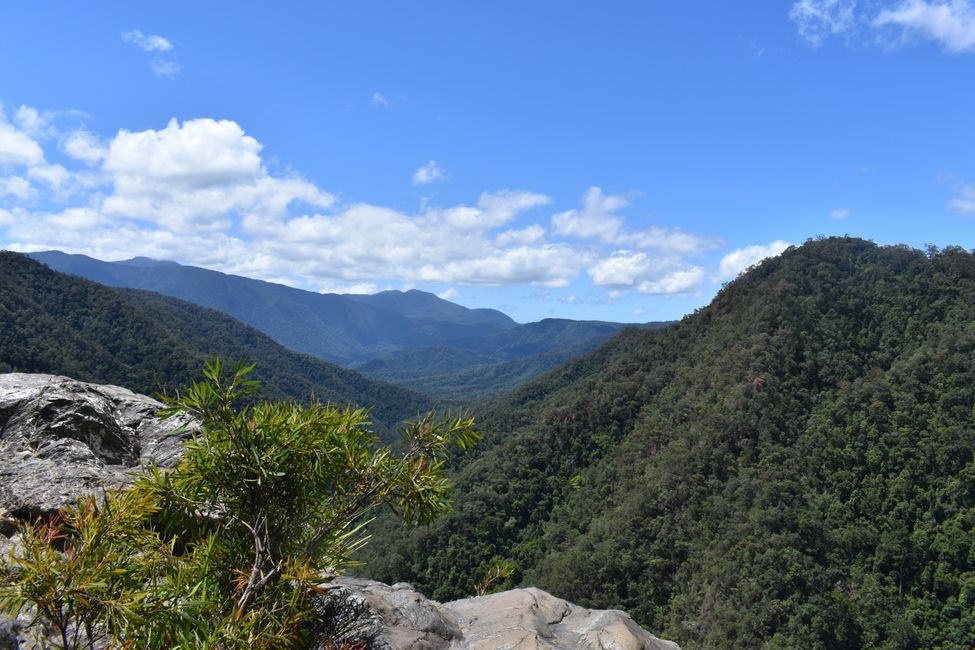
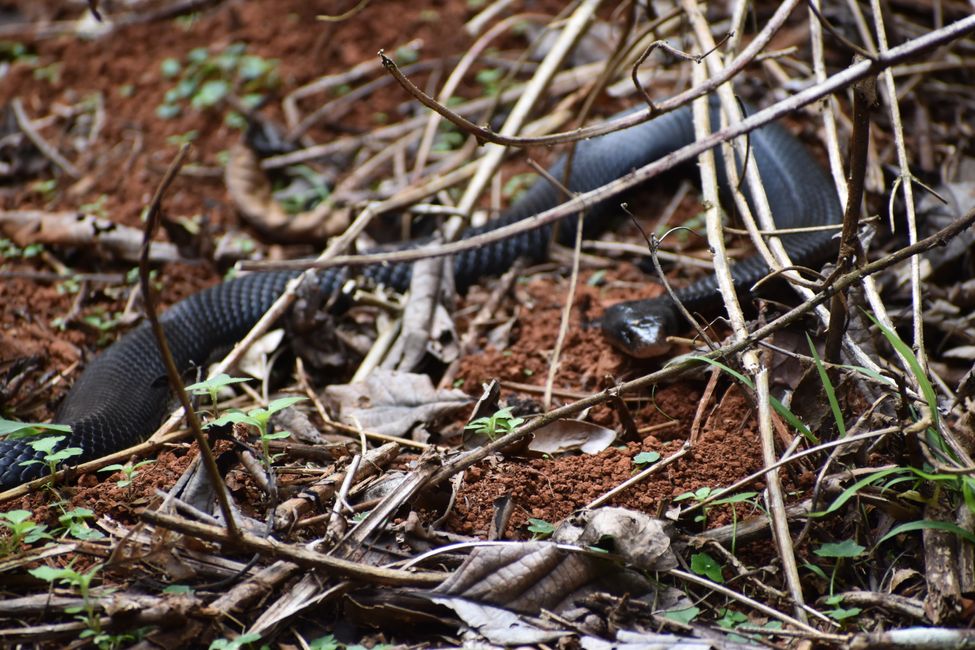
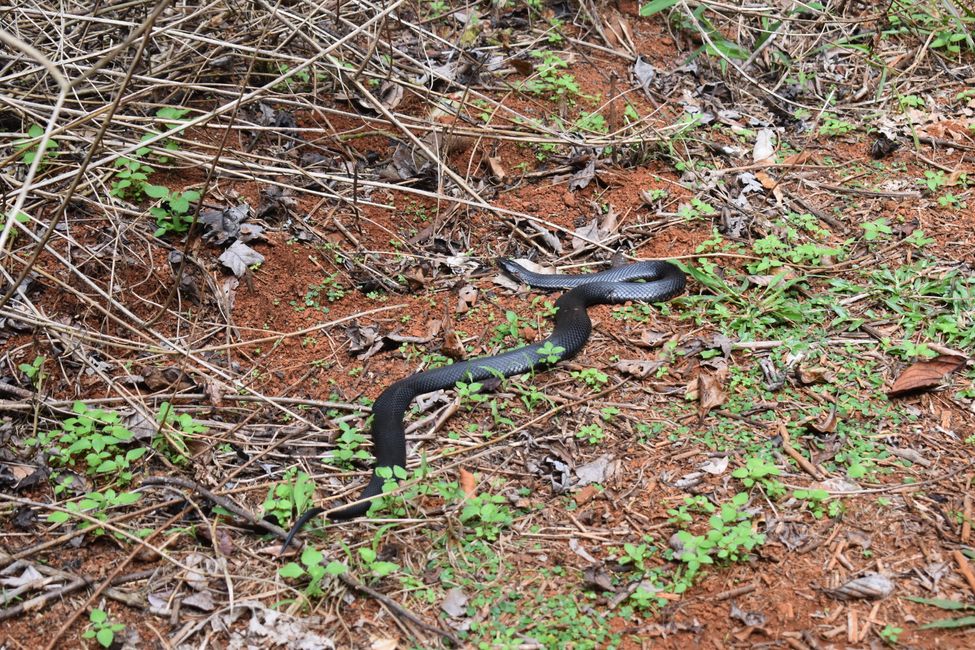
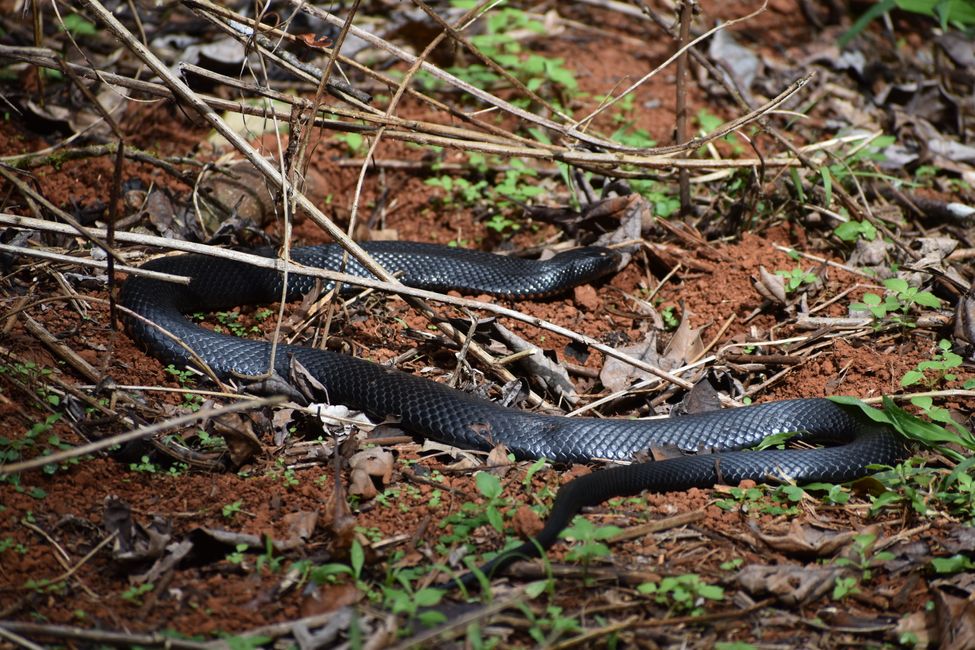
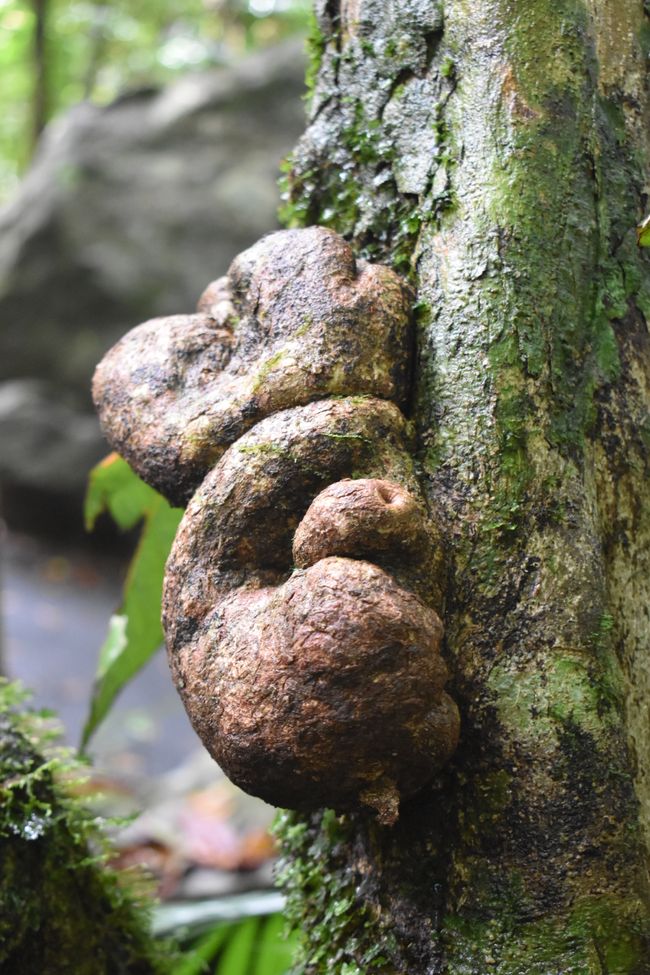
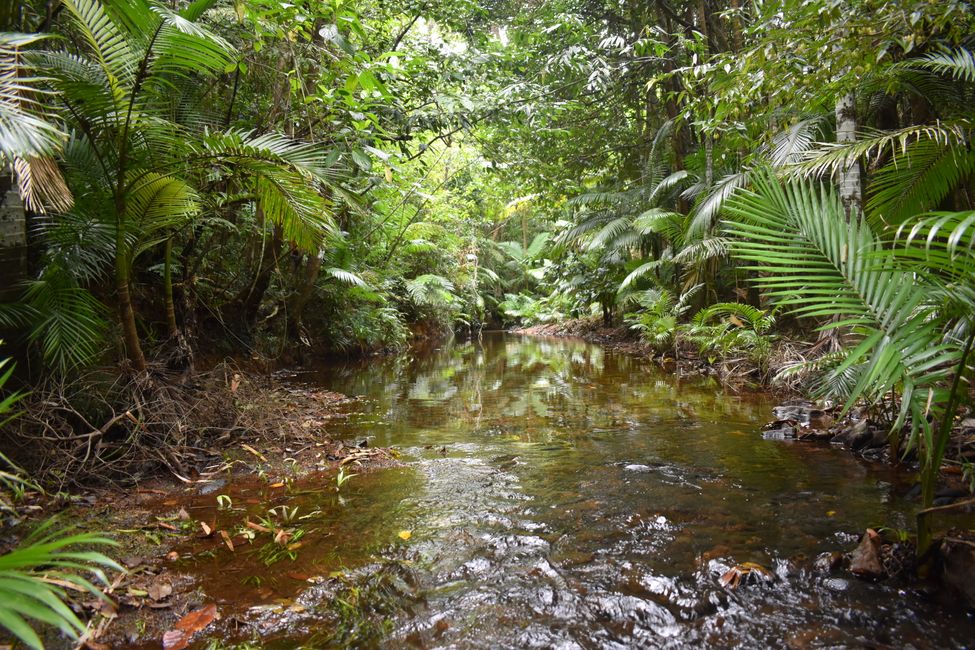
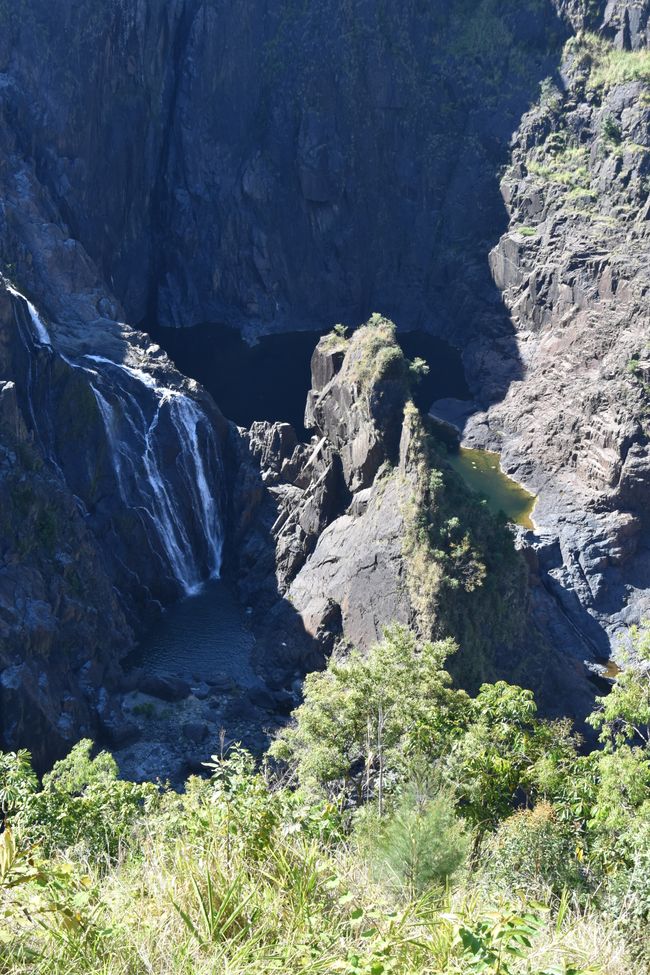
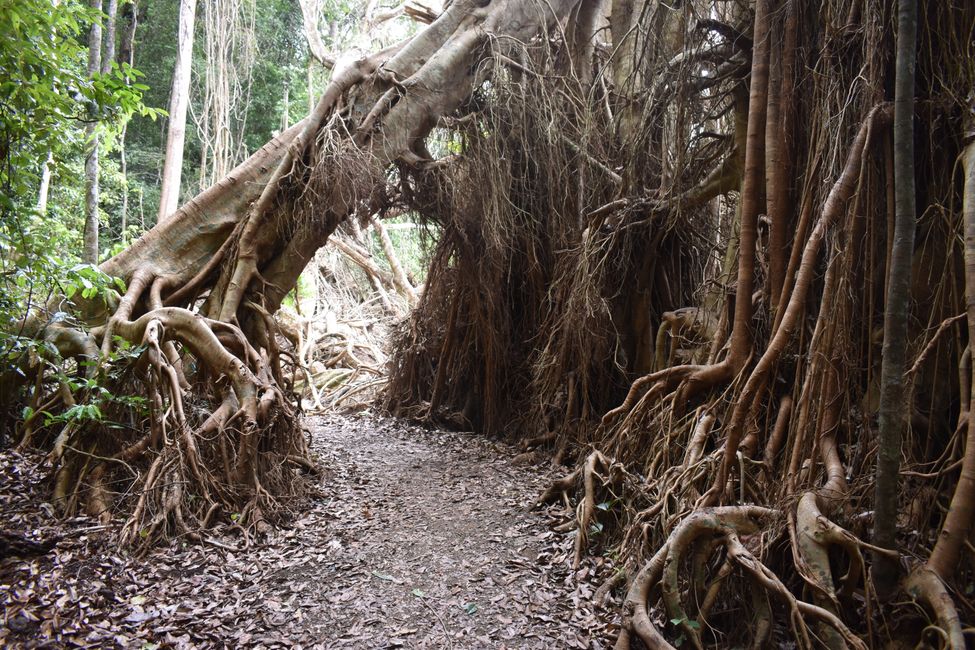
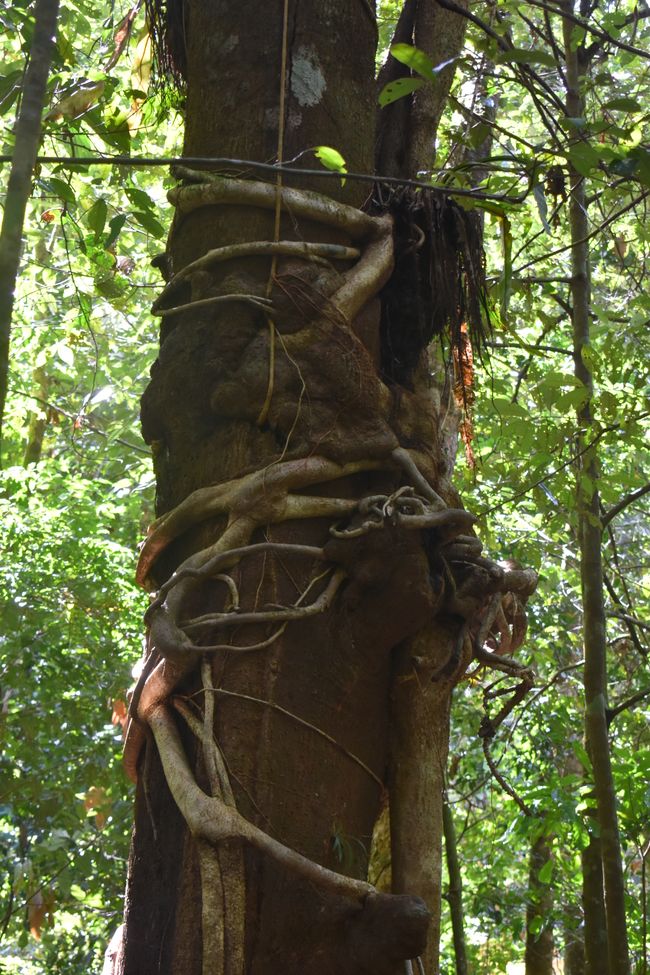
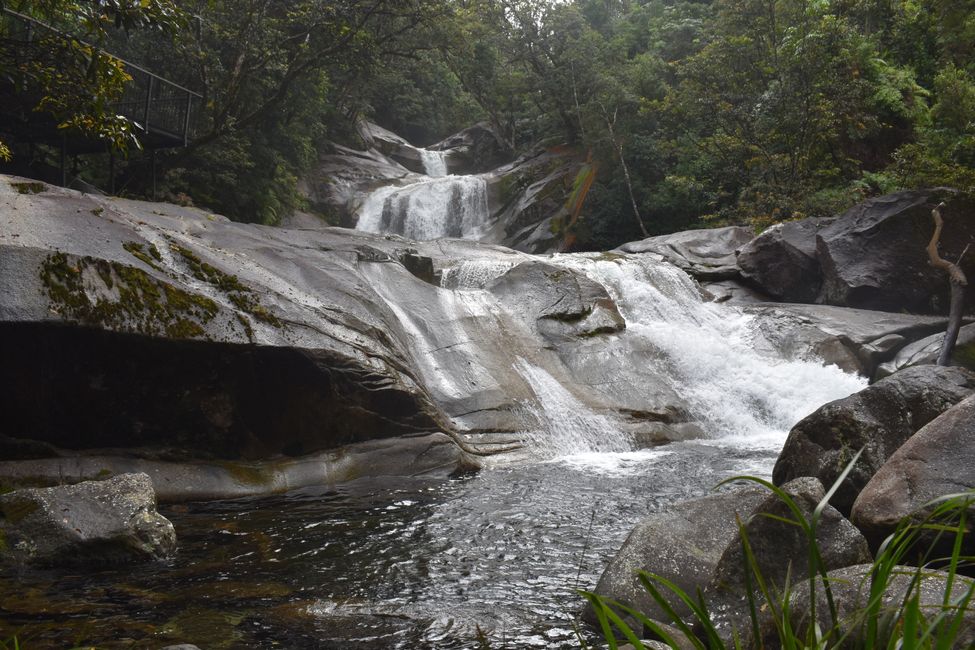
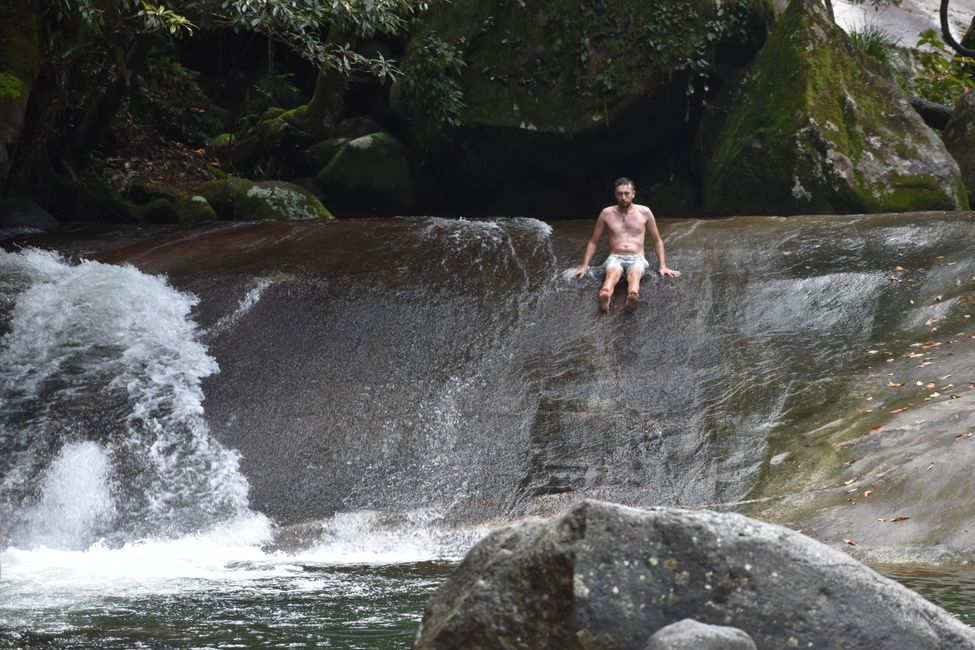
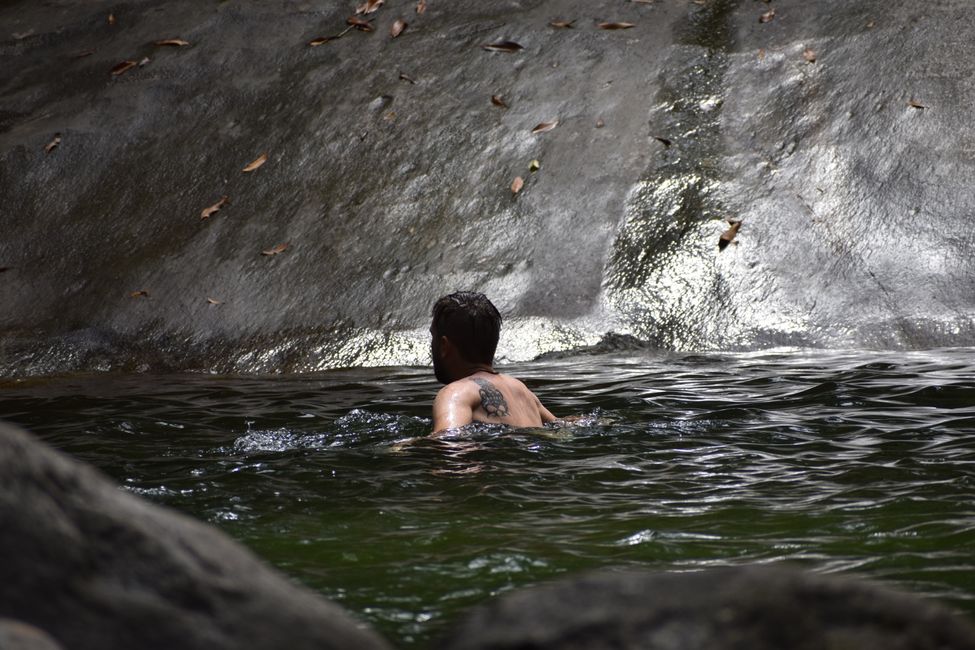
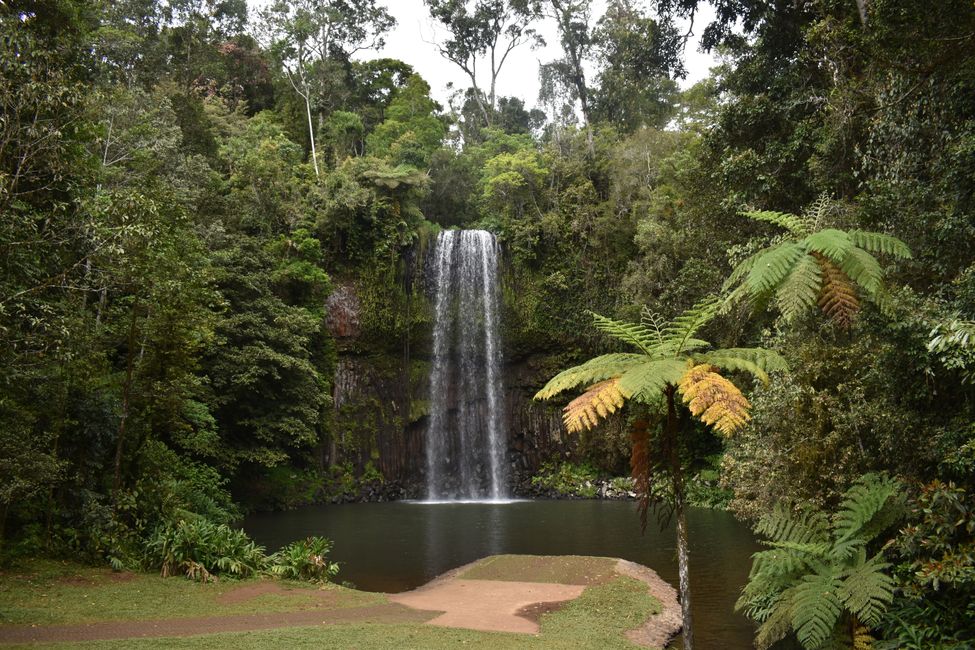
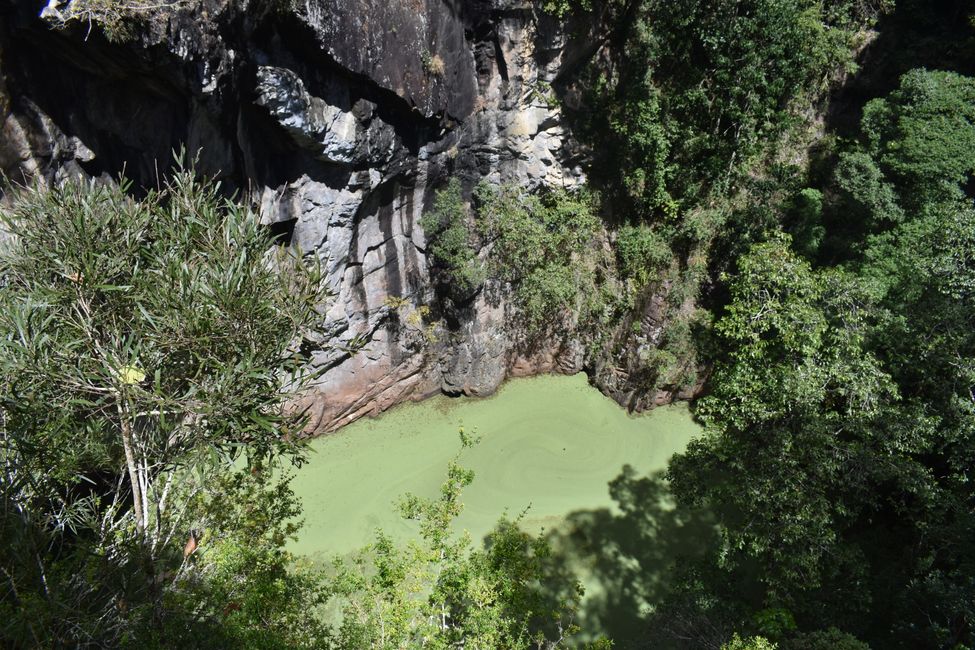
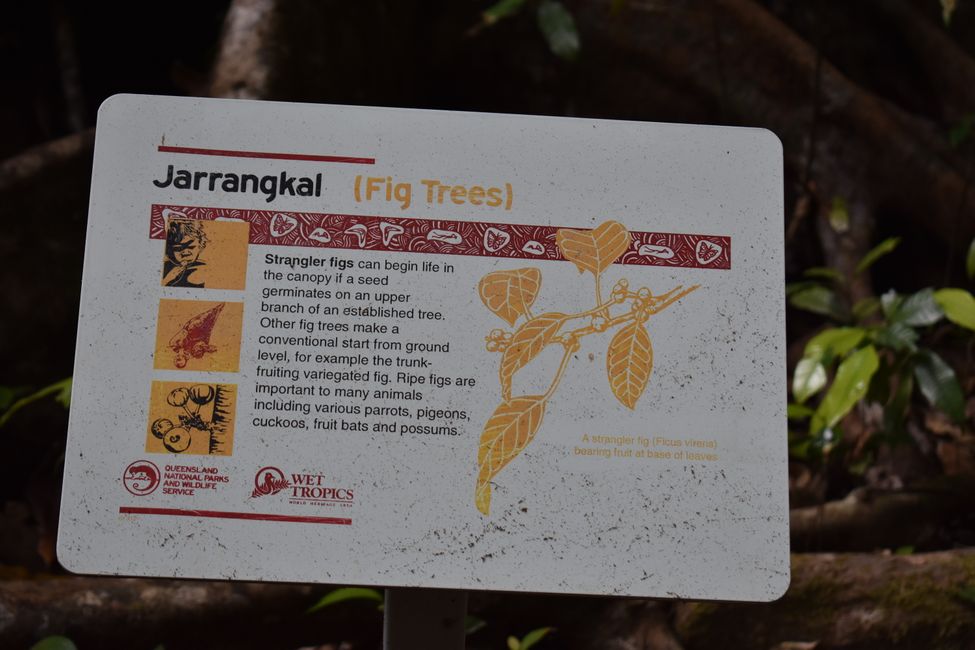
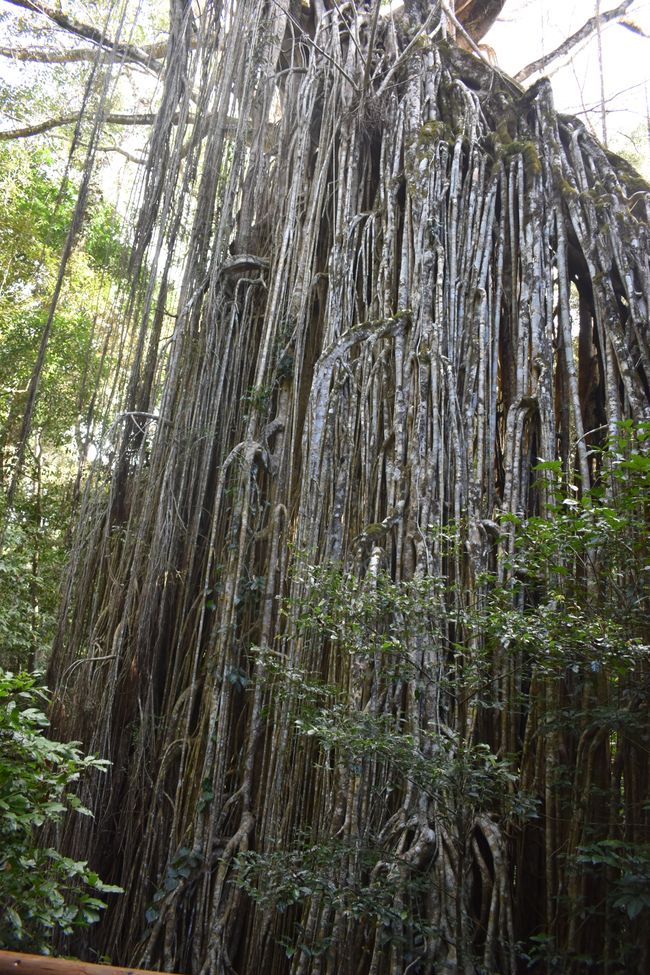
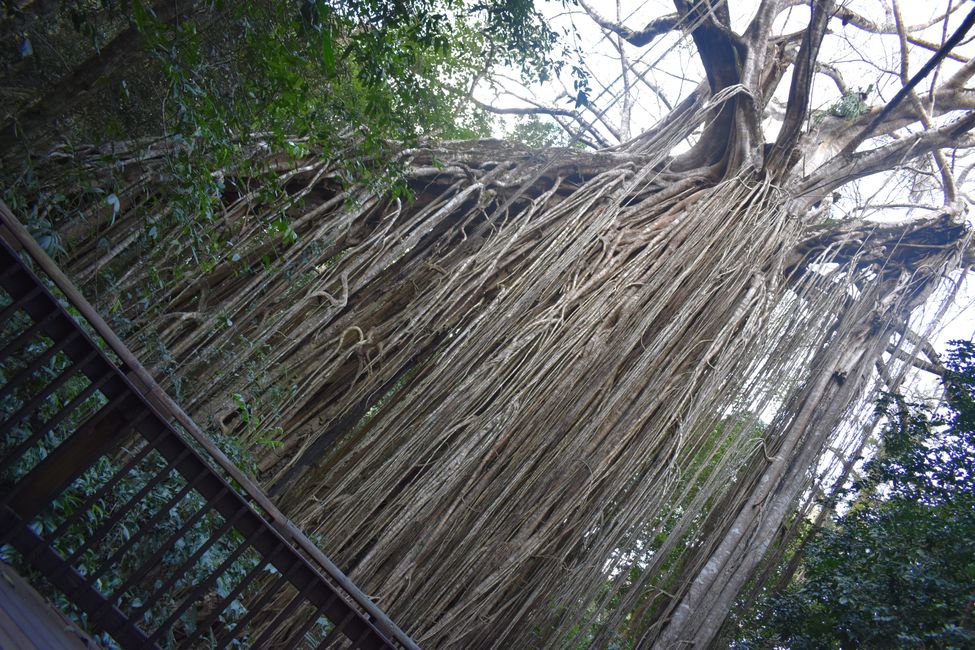
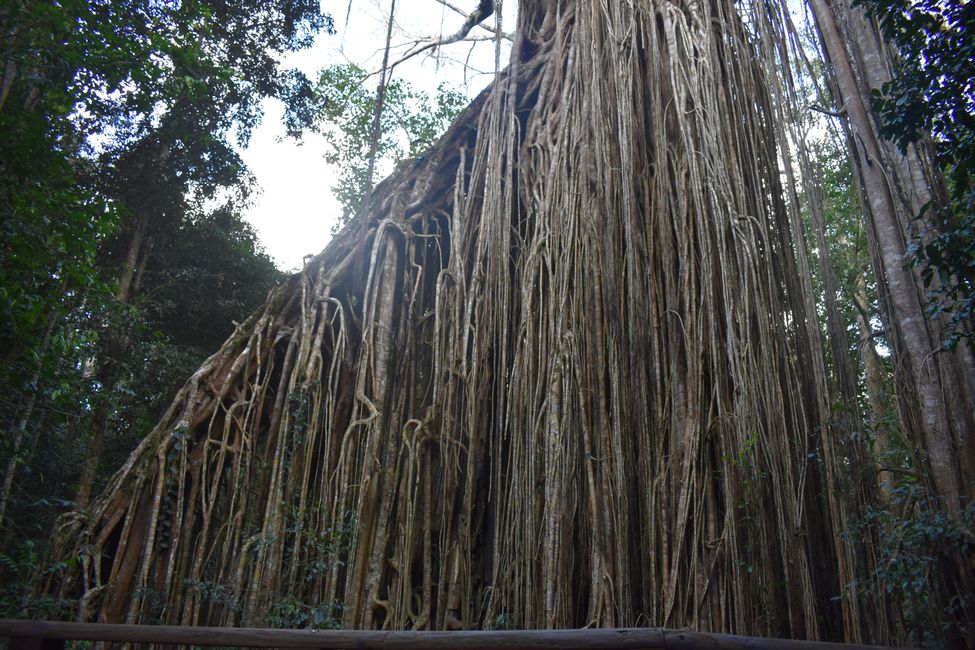
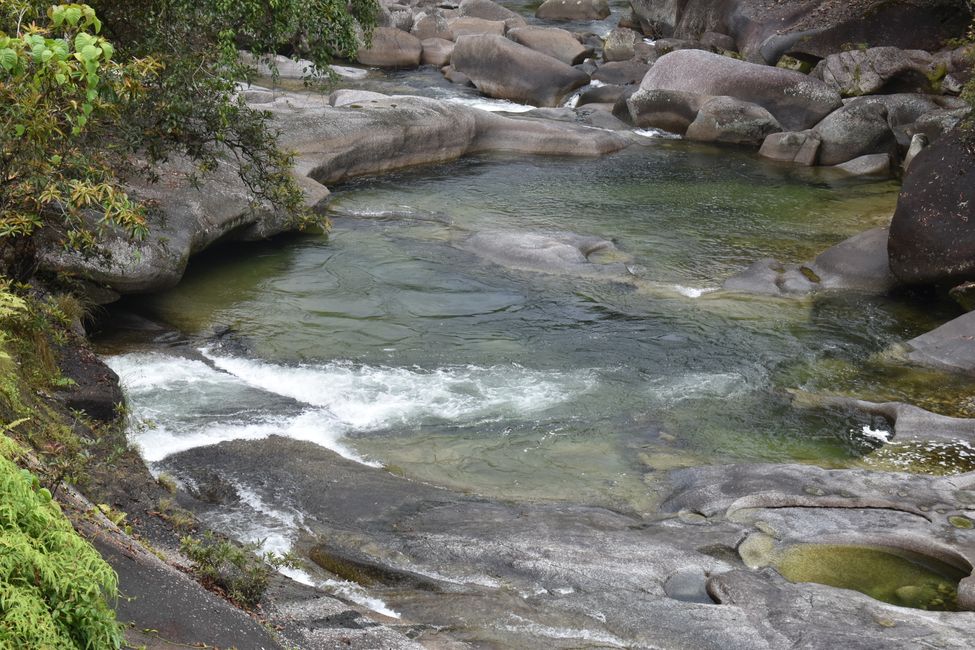
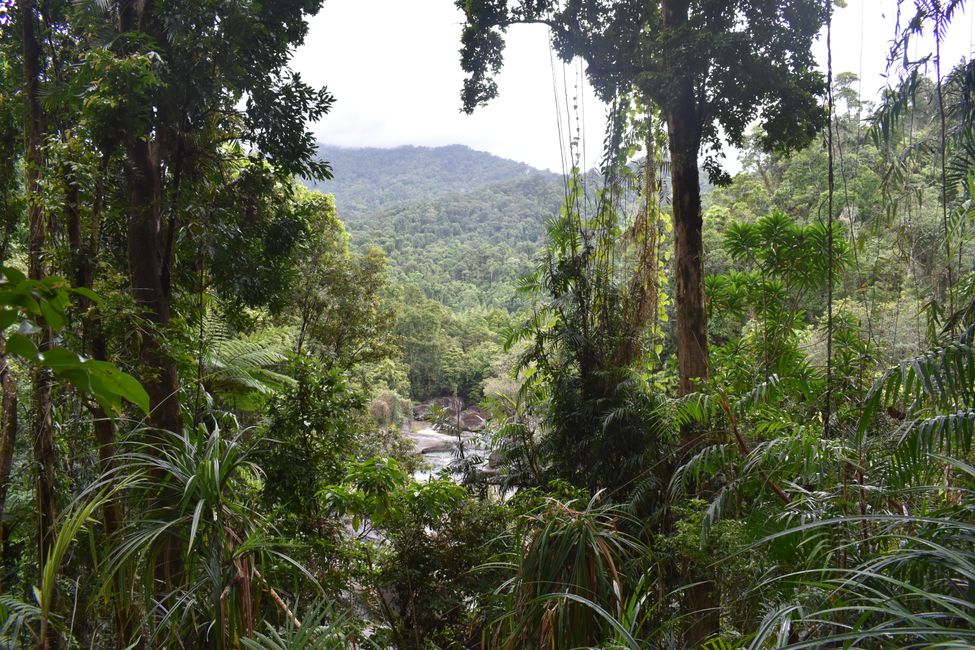
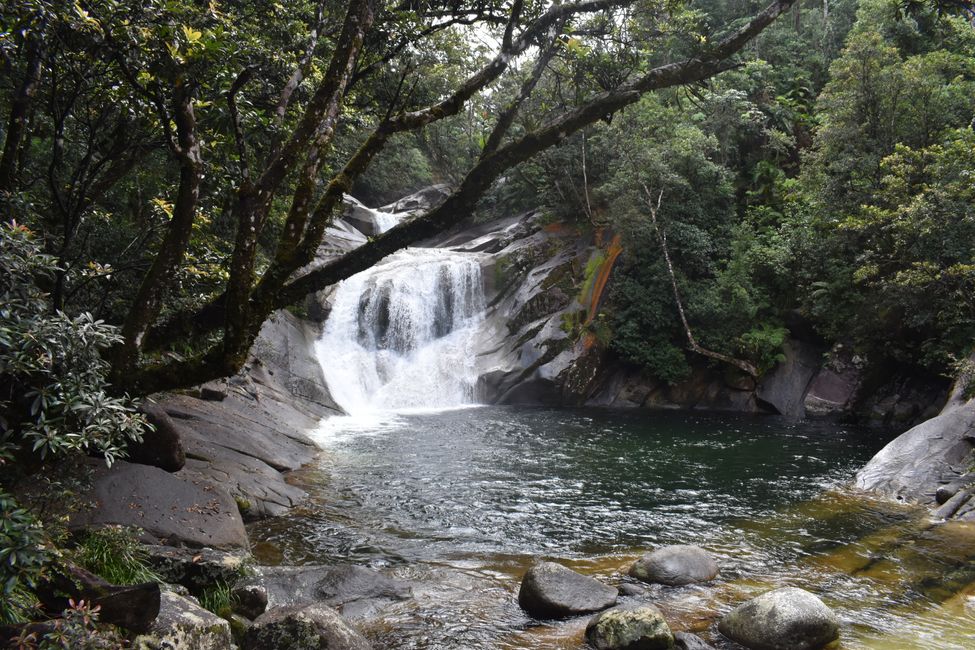
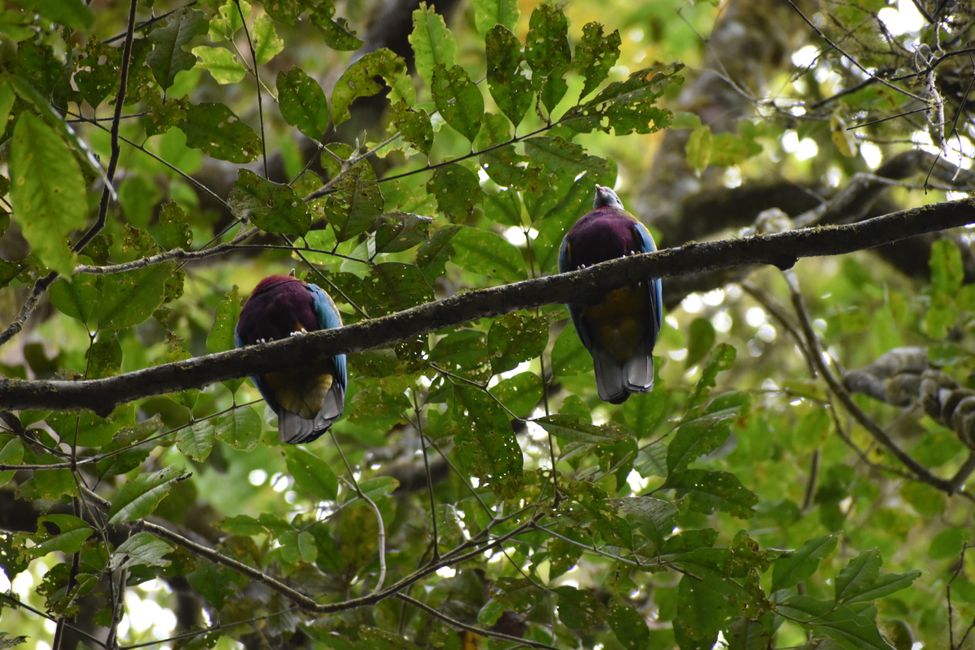
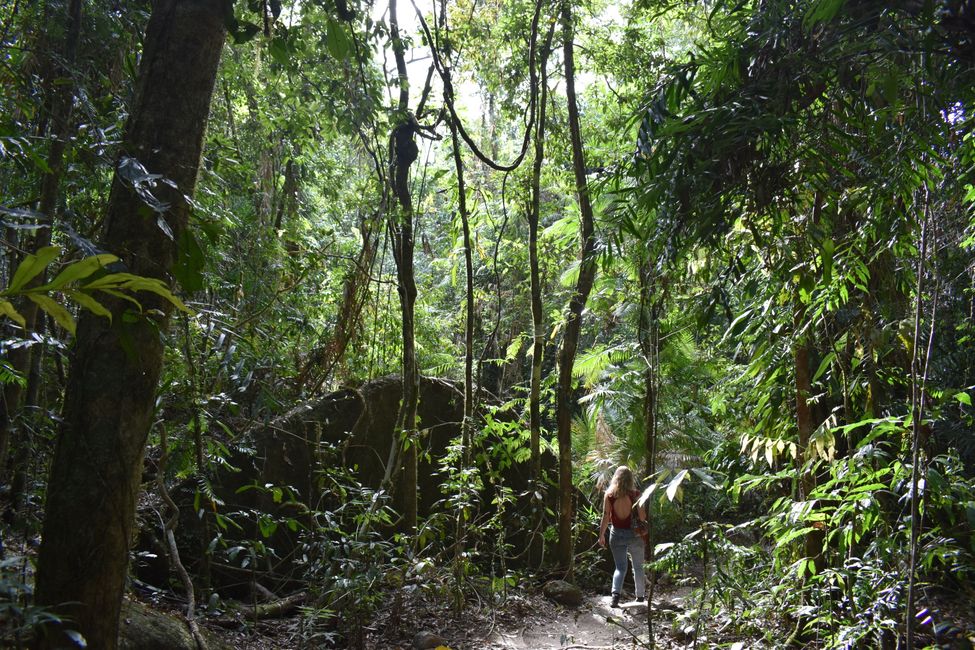
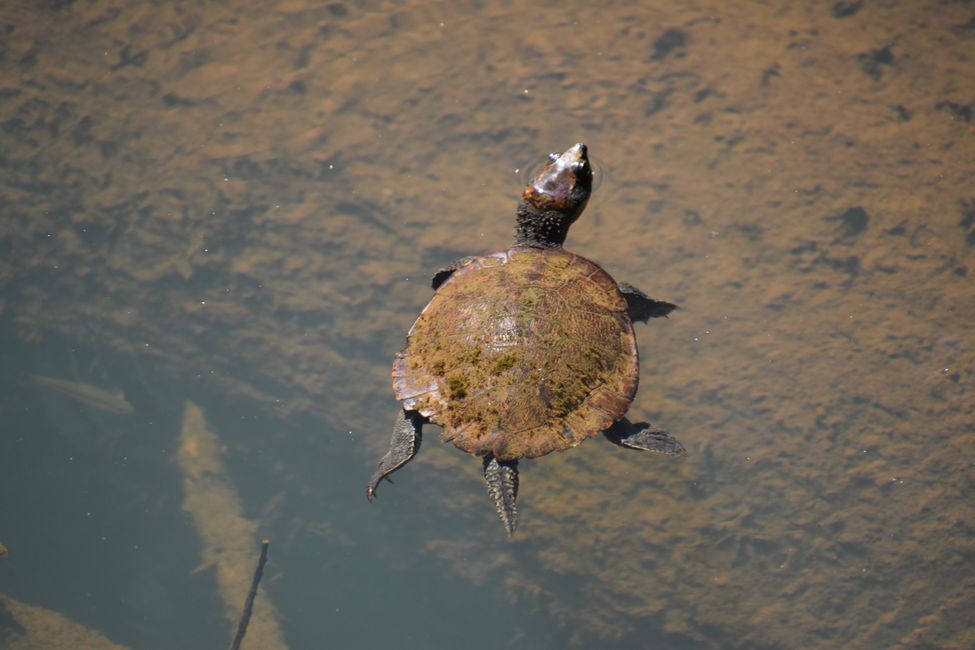
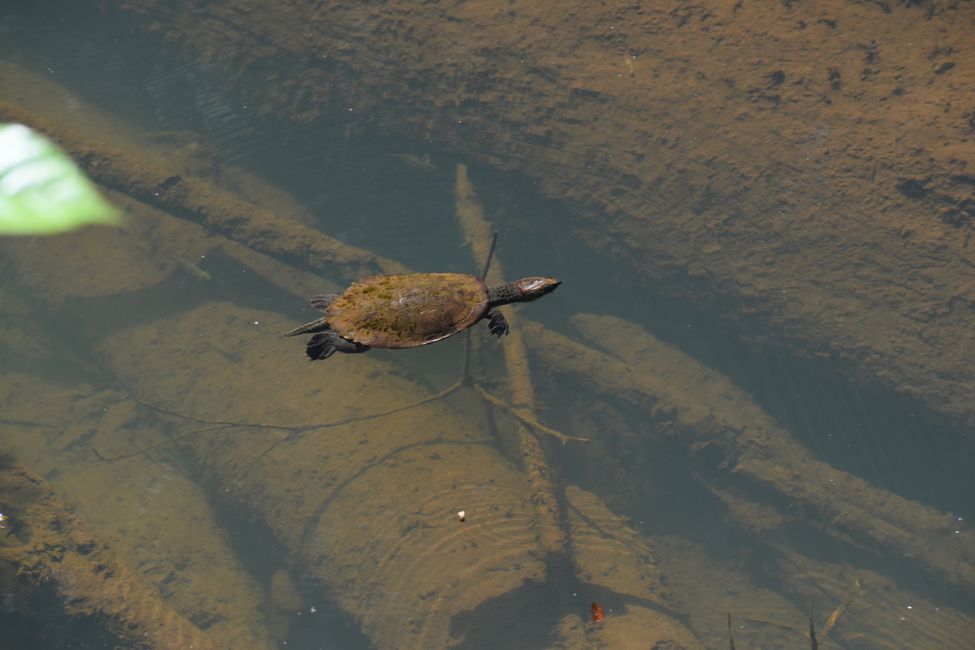
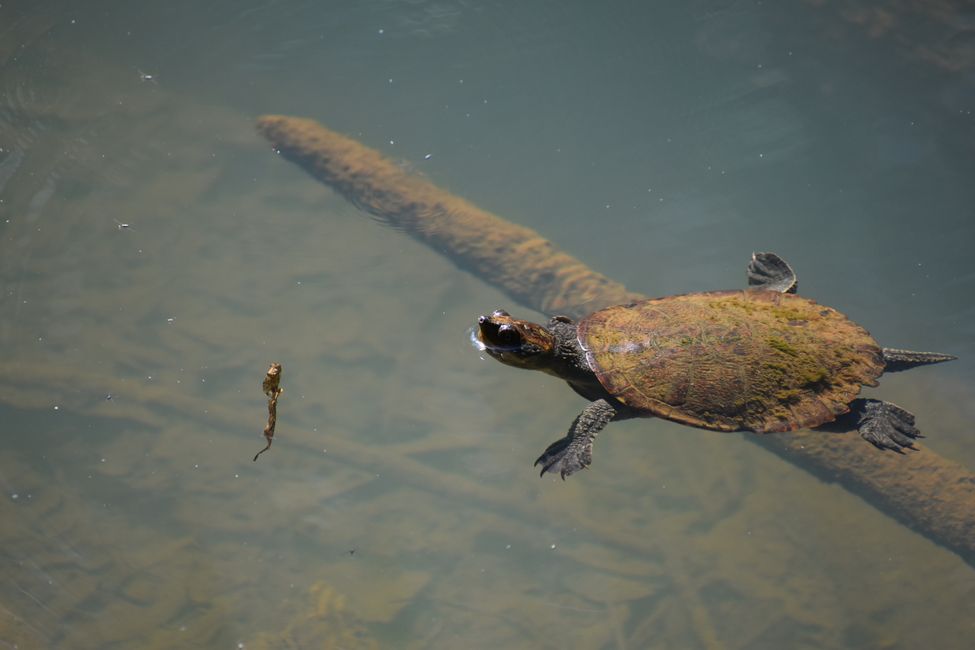
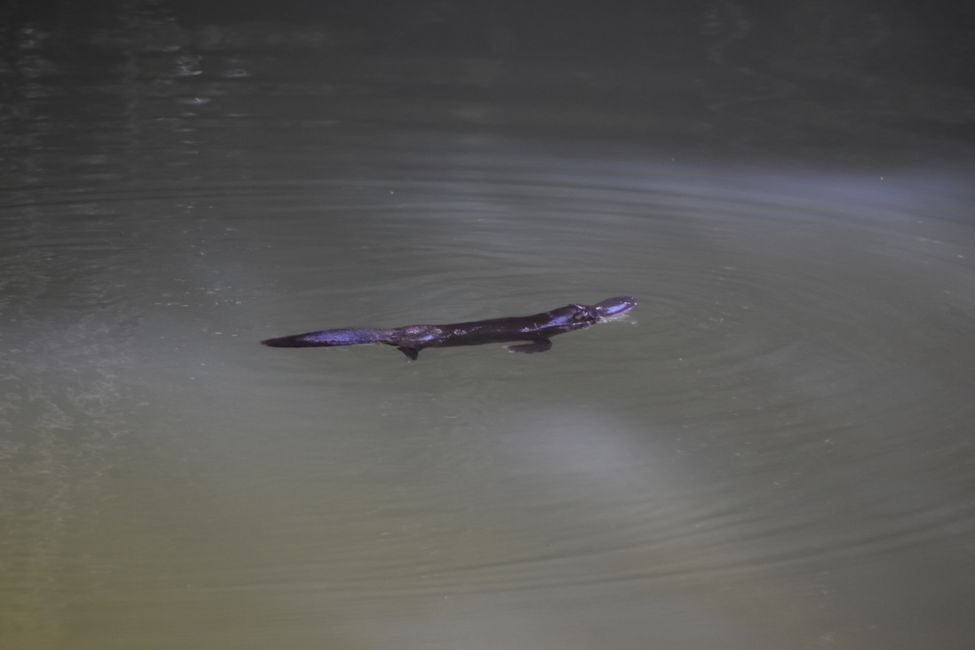
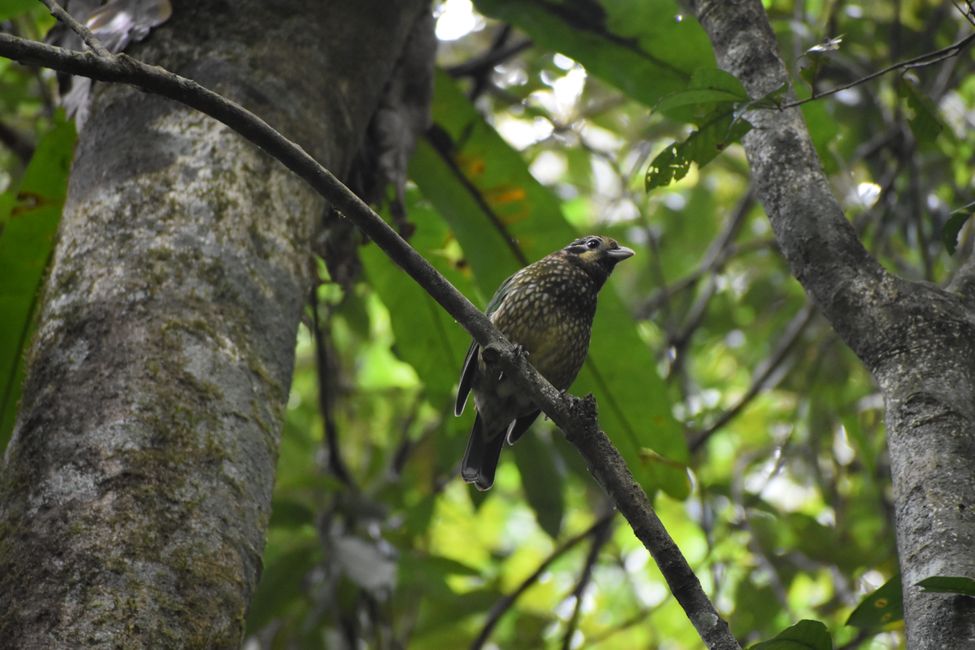
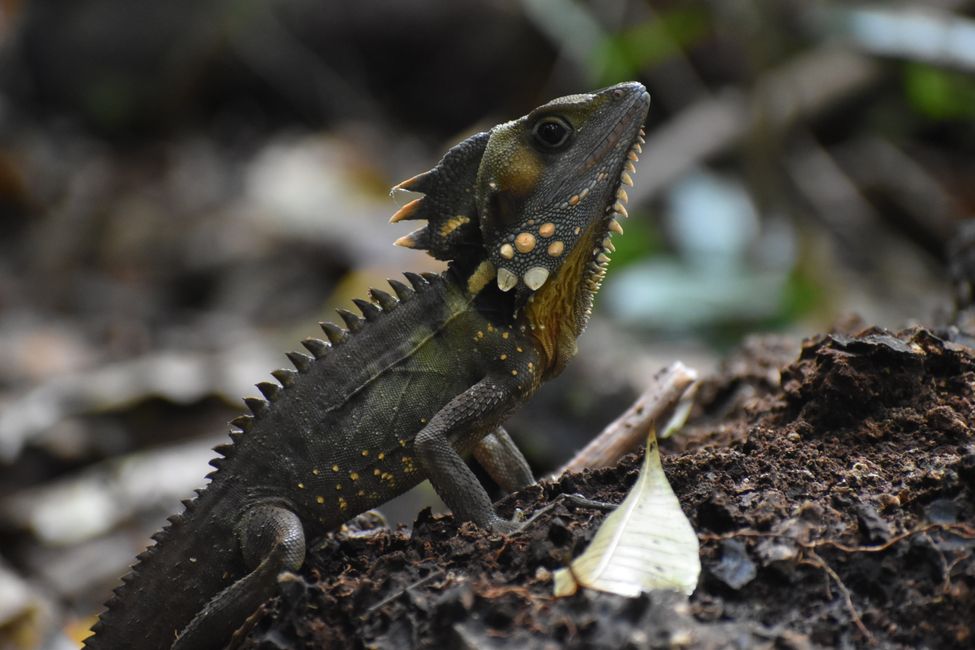
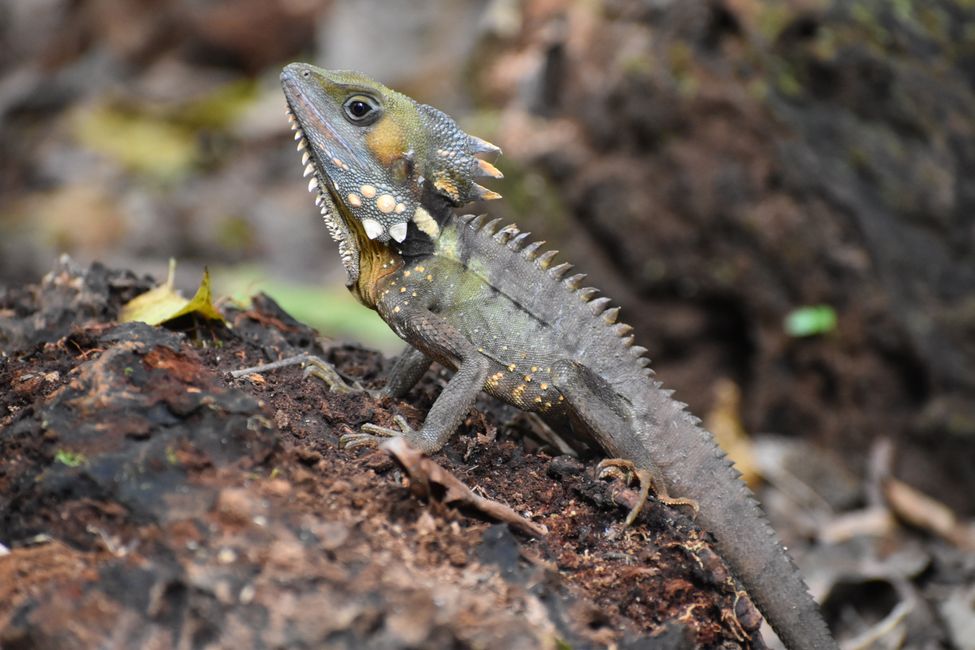
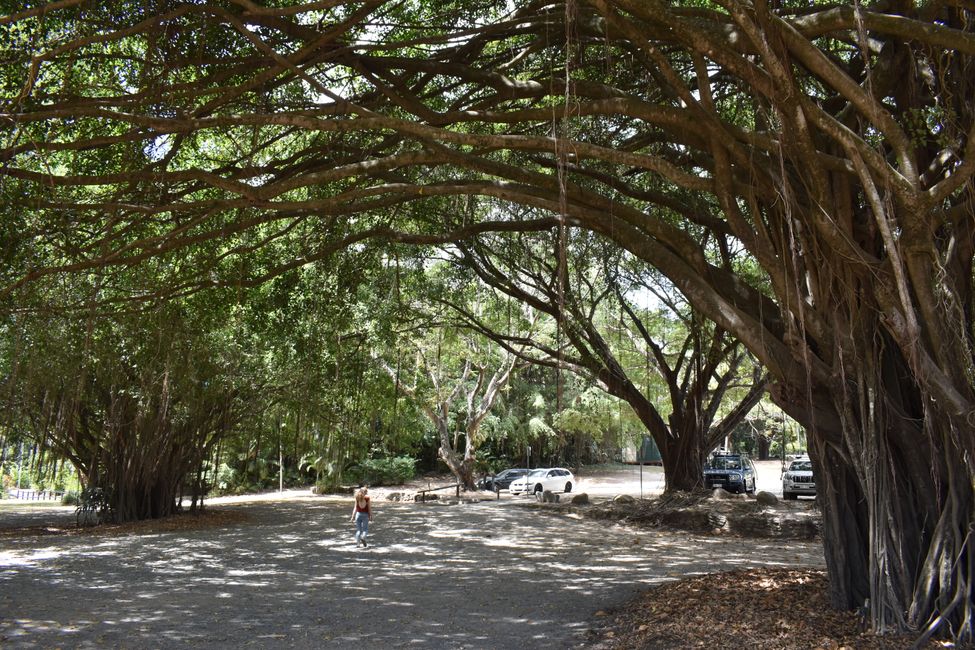
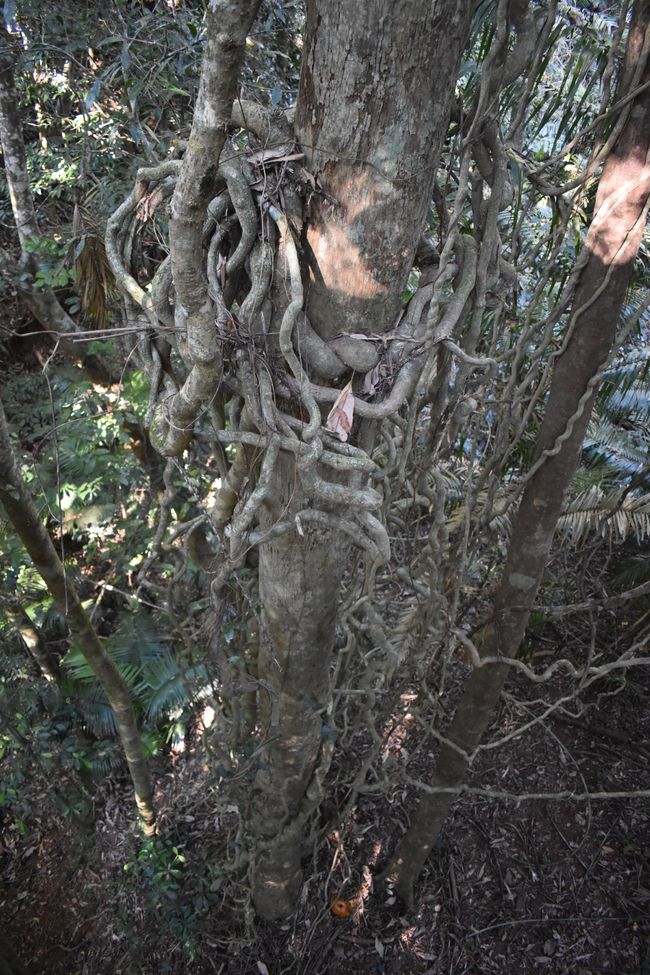
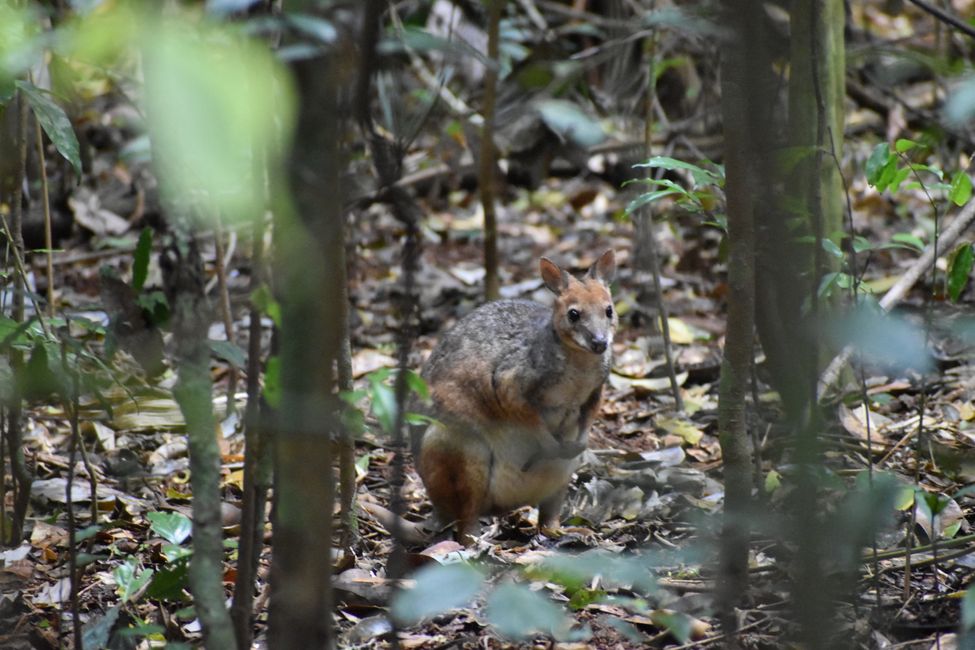
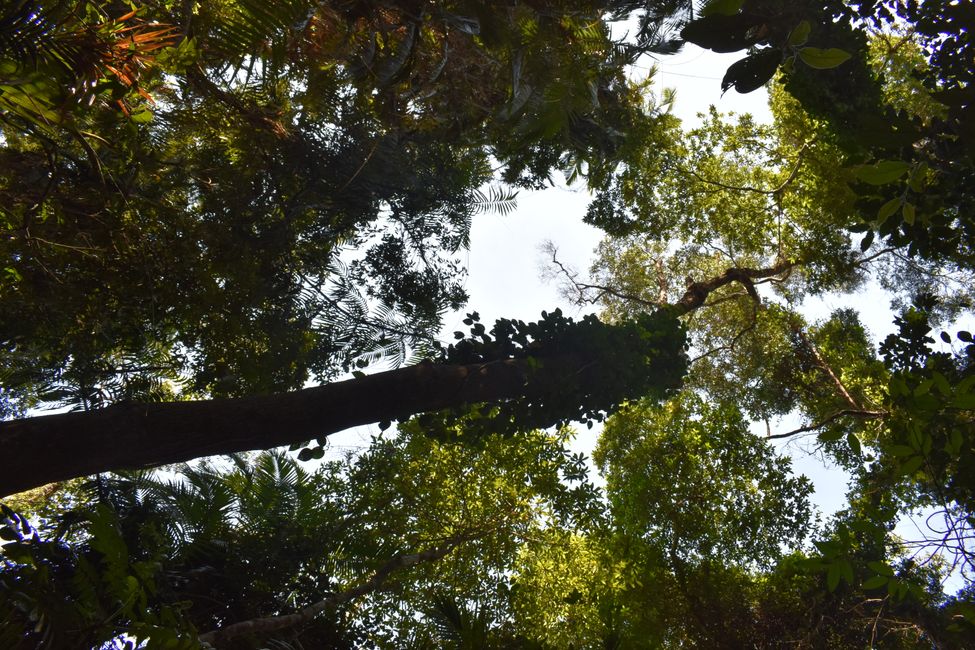
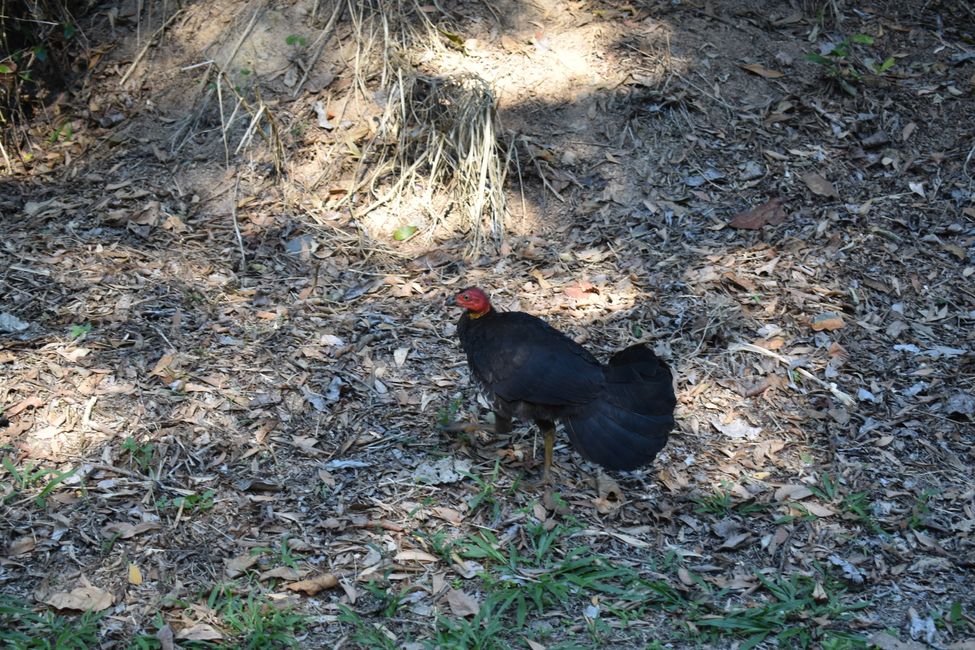
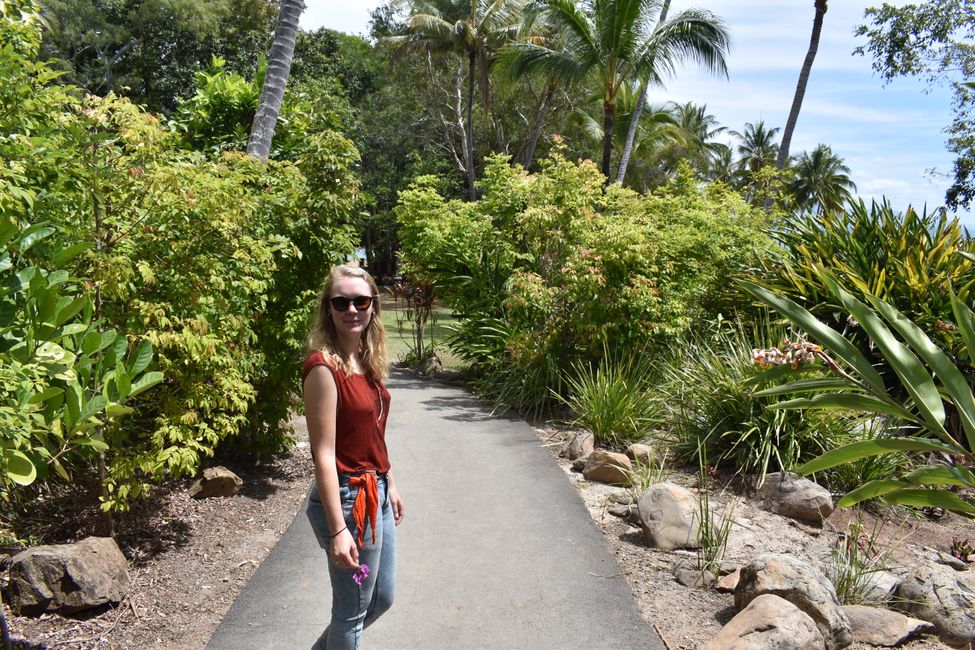
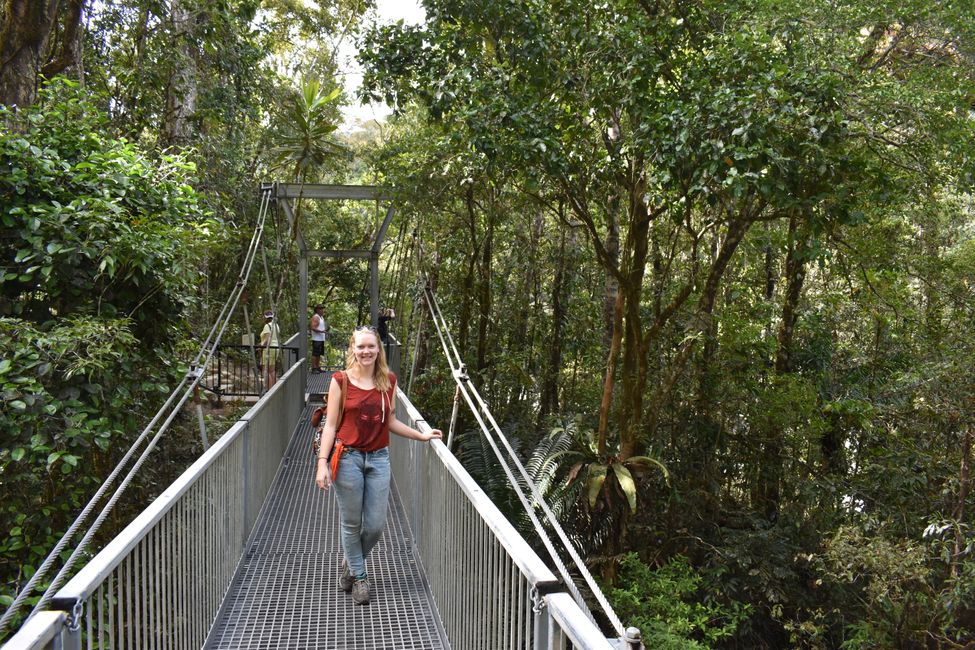
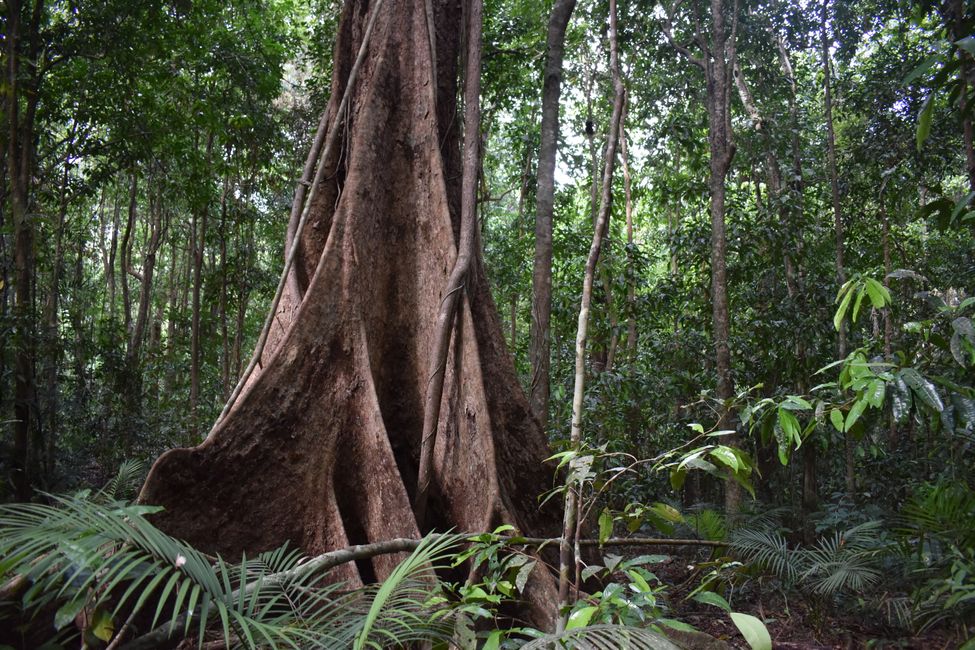
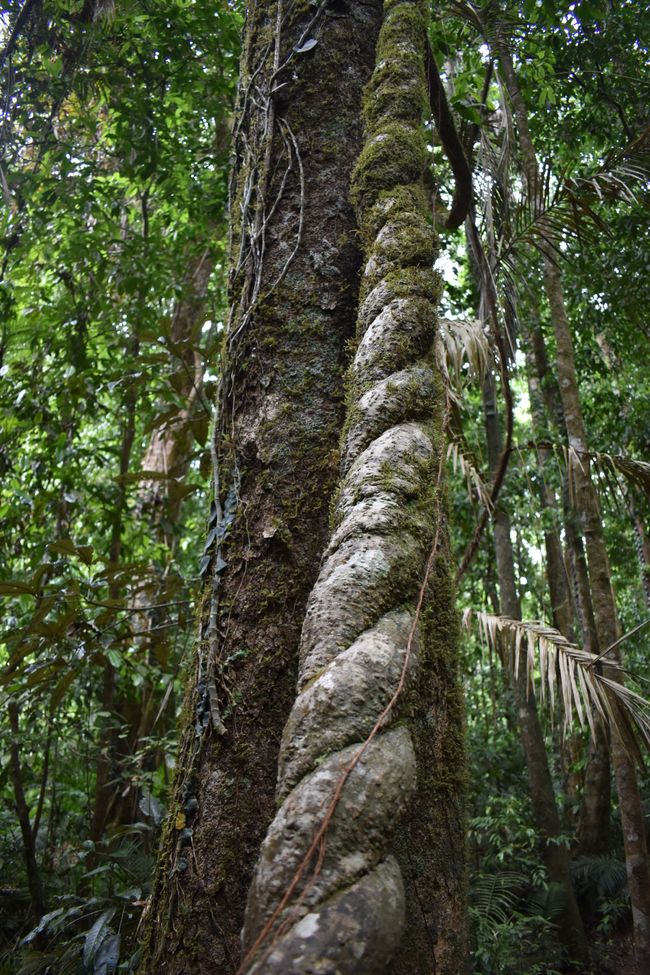
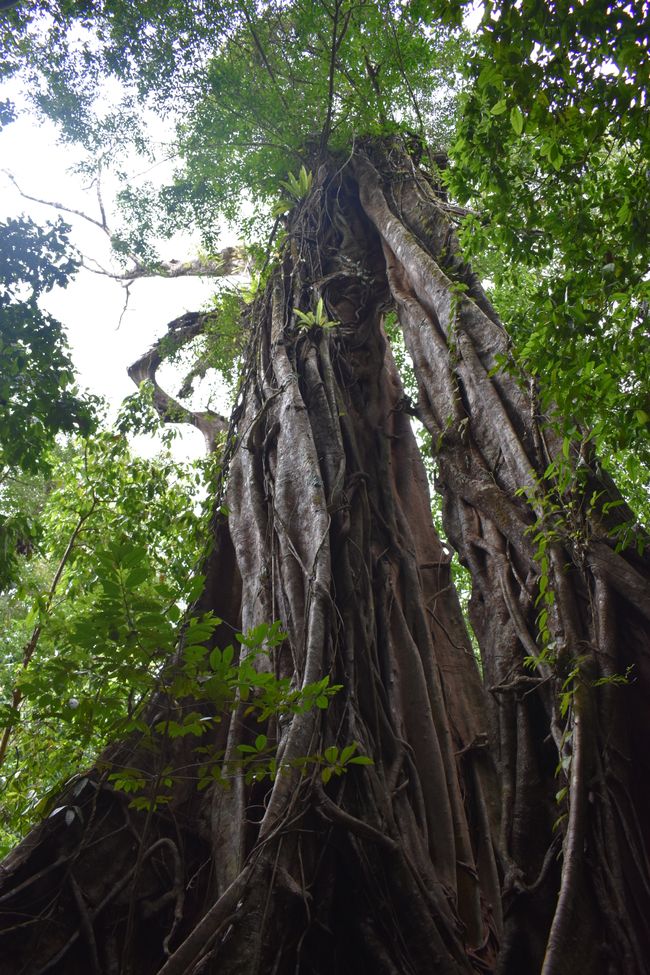
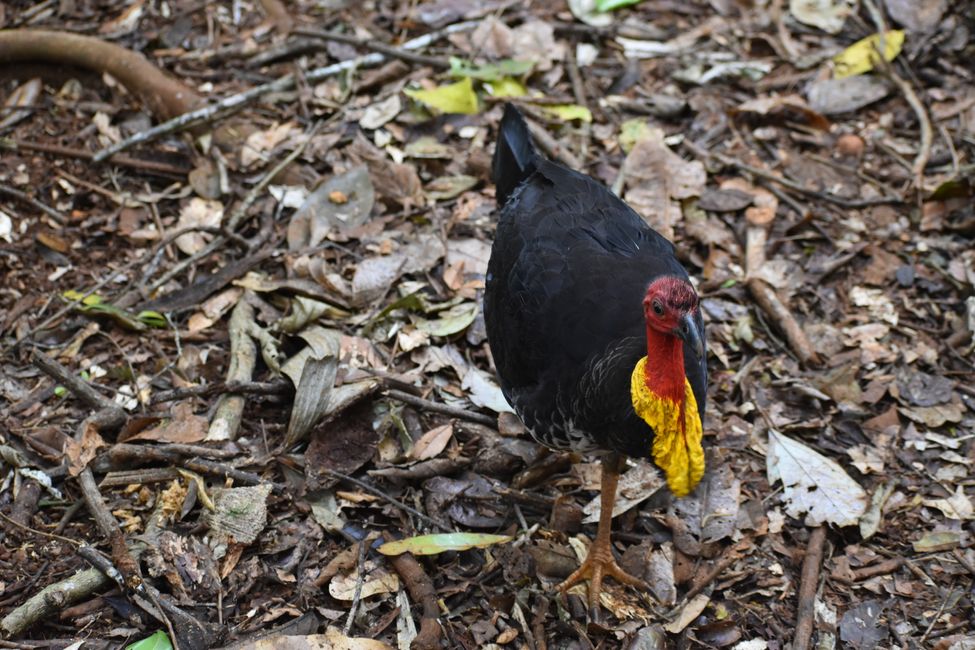
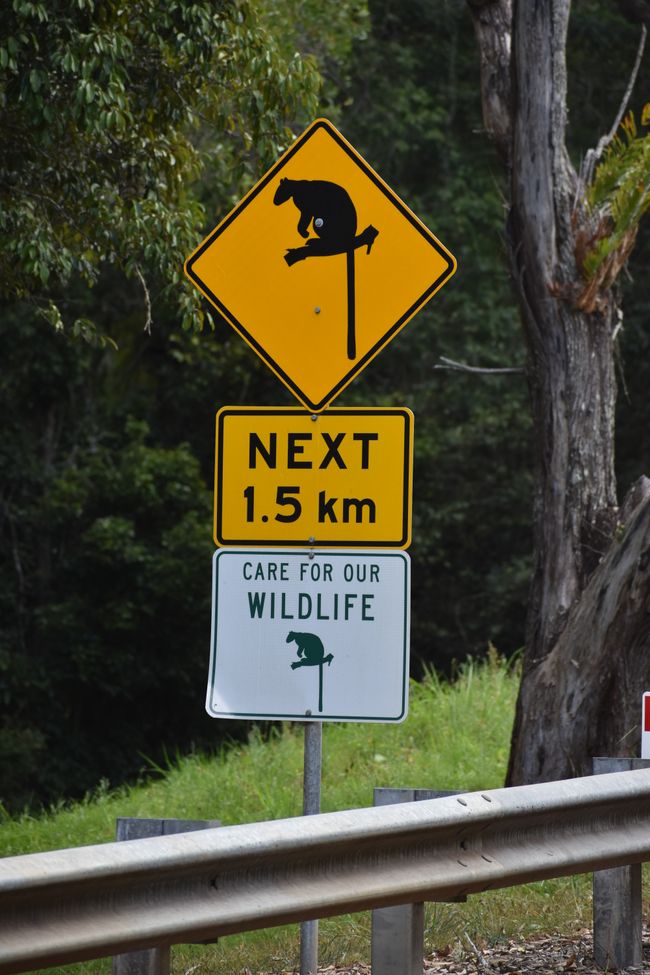
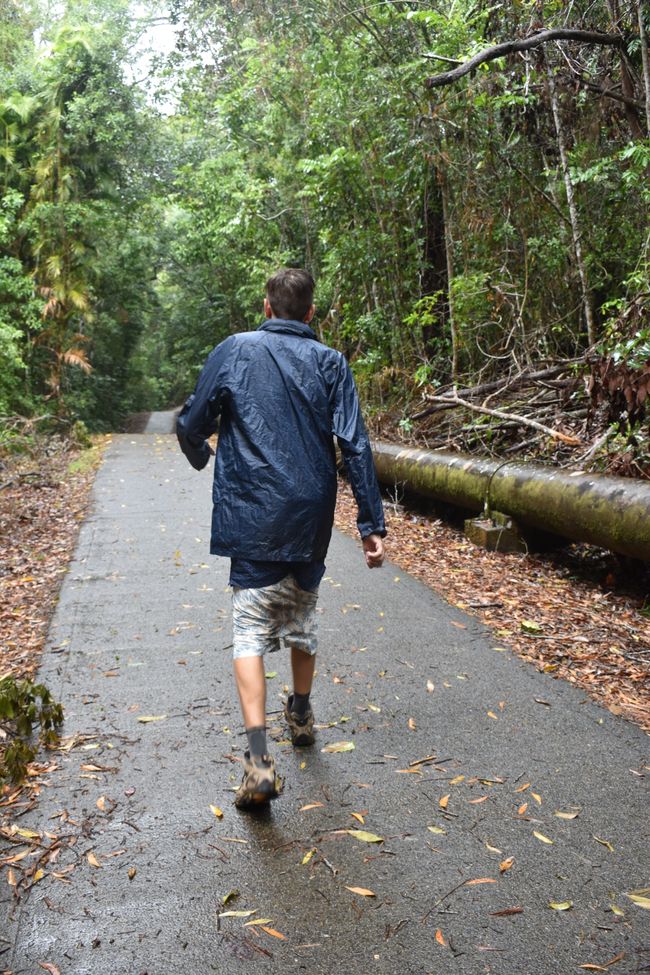
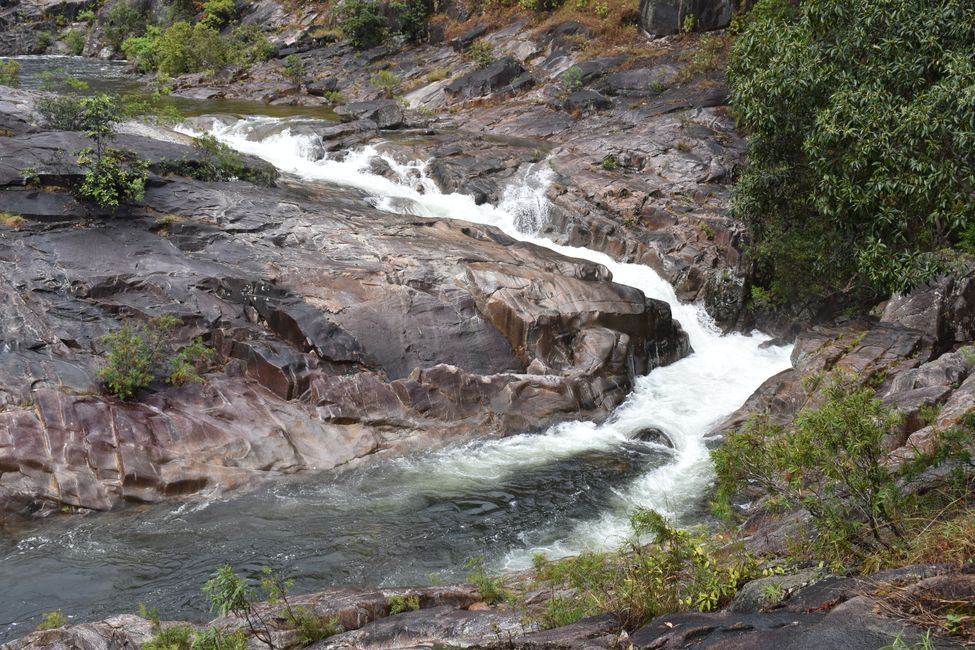
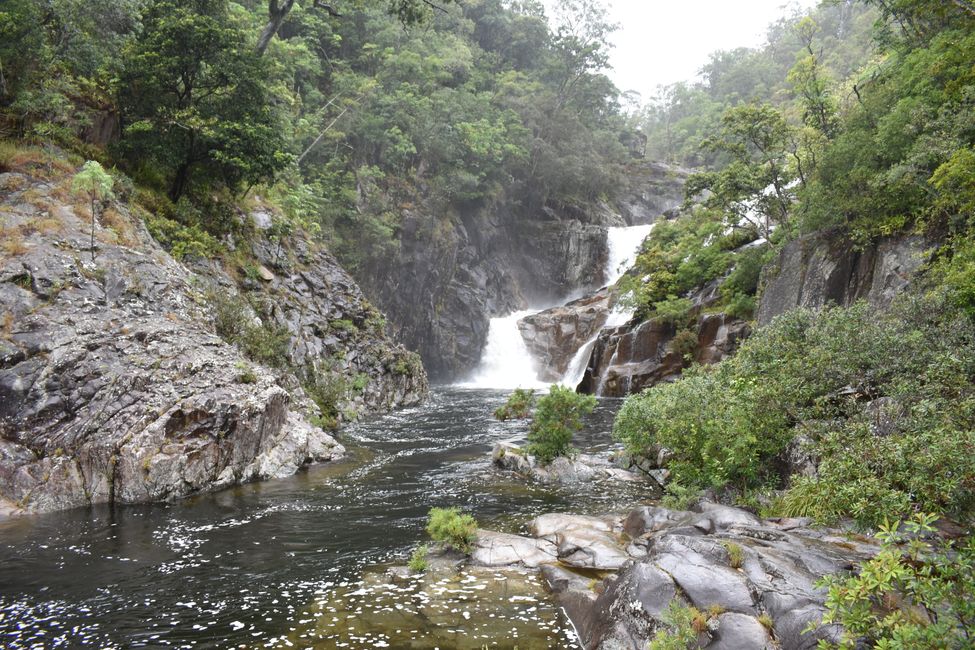
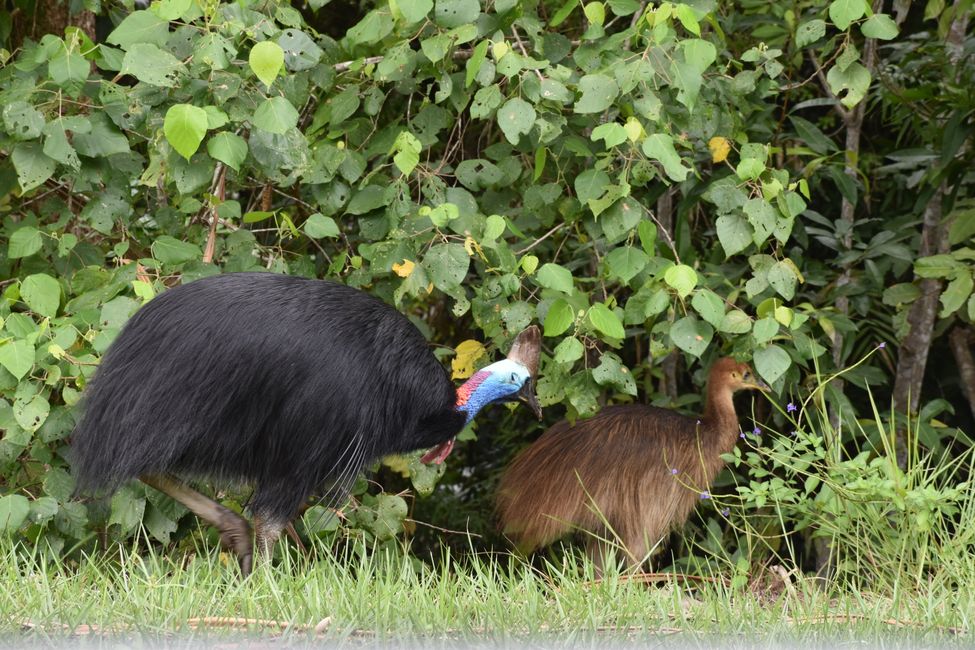
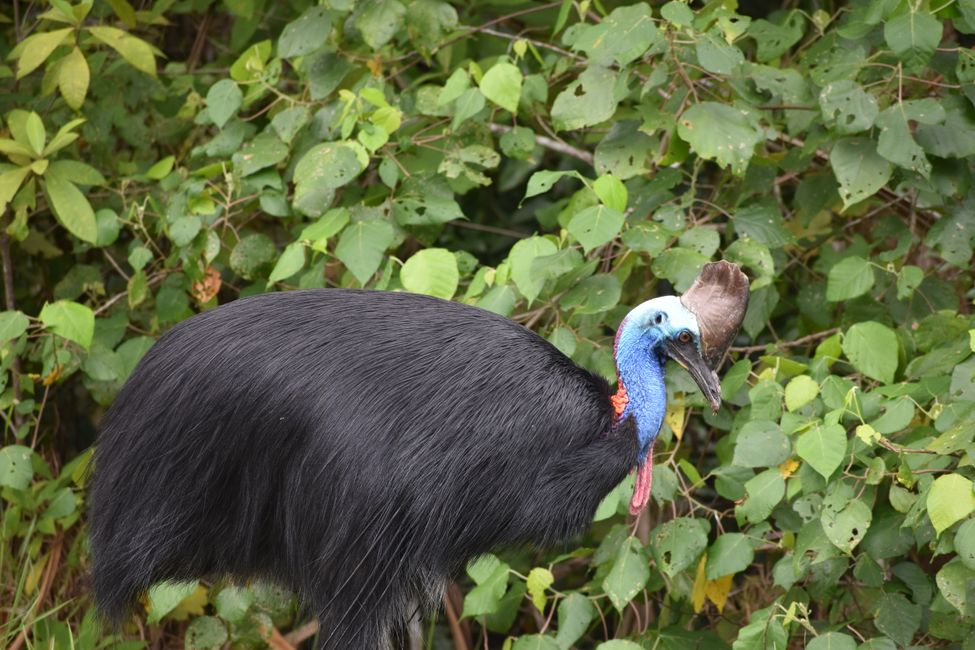
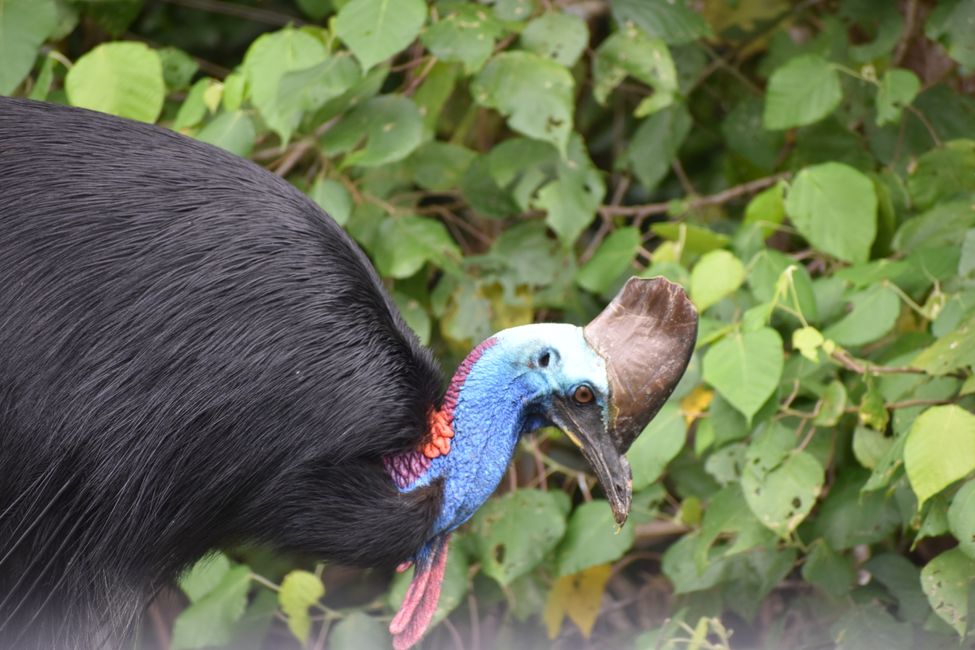
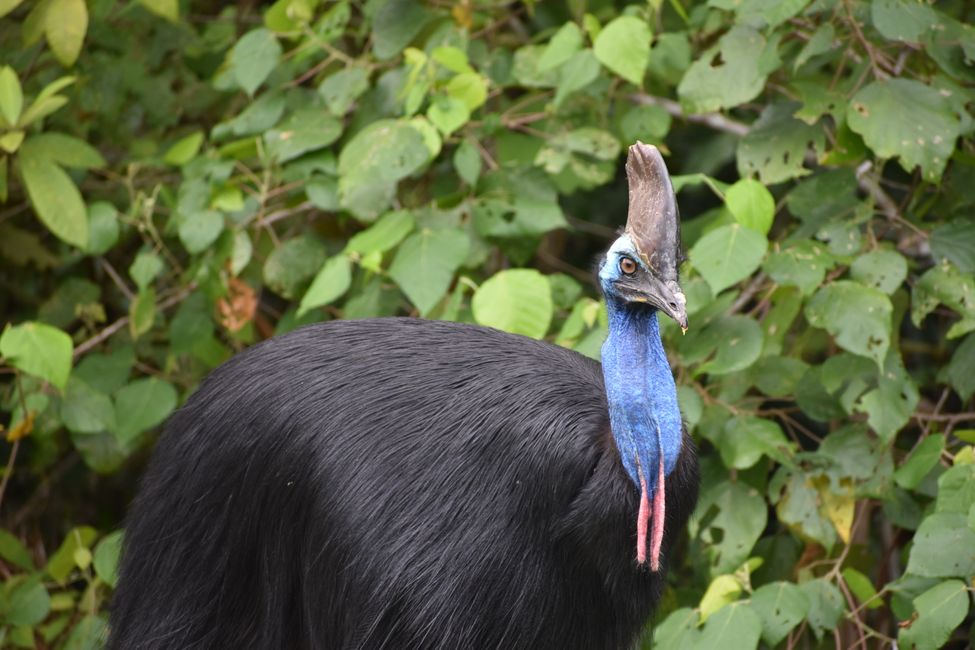
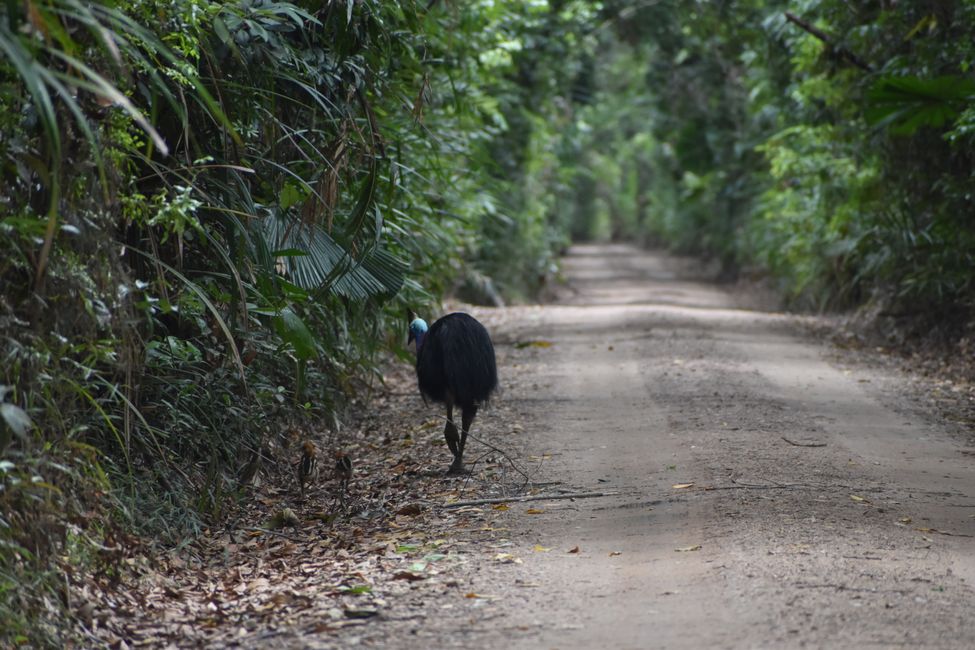
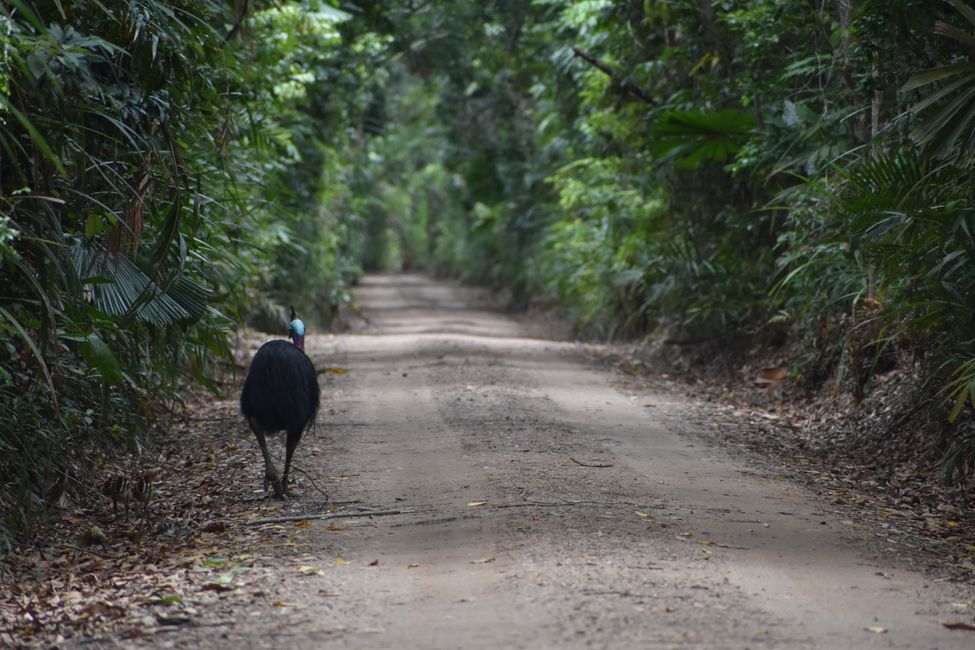
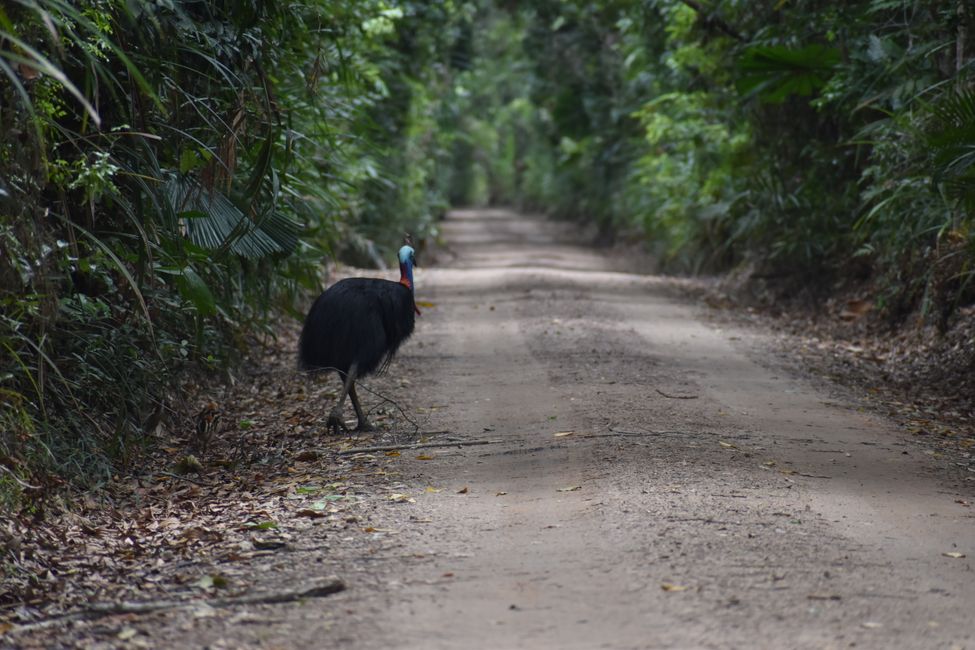
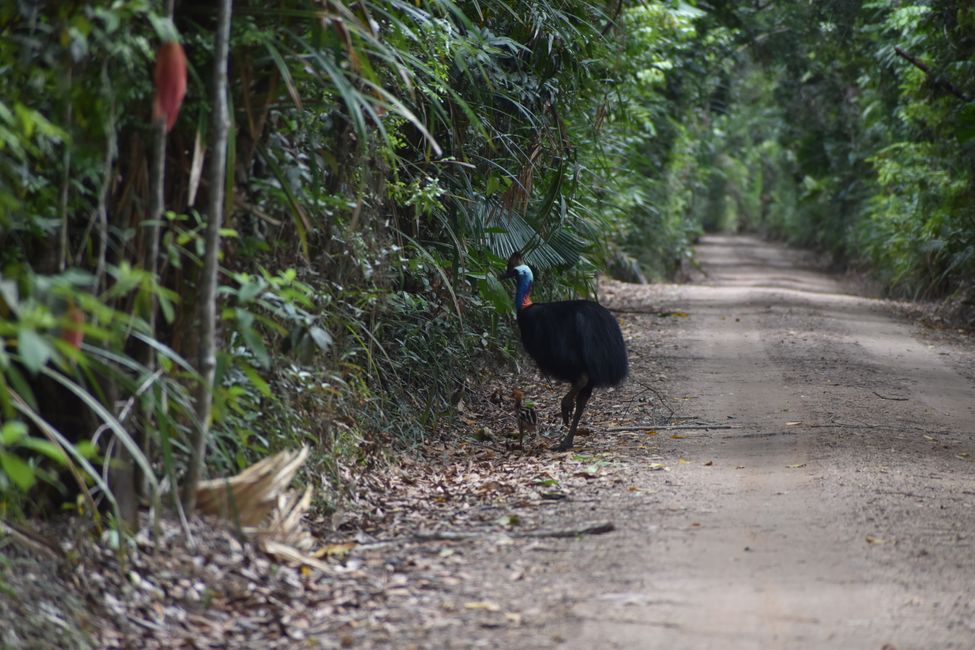
Subscribe to Newsletter
Brisbane
We visit the Queensland Museum. The free ticket for this must be purchased online. Then you can choose 1.5 hours per day to visit the museum. These are new corona regulations designed to prevent too many people from visiting the museum at the same time. When we arrive, we have to handwrite our contact details again, which surprises us because we already sent them online. In the museum, we see bones of dinosaurs and many extinct Australian marsupials, including the Giant Wombat. On the next floor, we admire the living animals of Australia. Many insects and species of spiders can be found there, stuffed, and we are fascinated once again by the diversity of the animal kingdom.
In the afternoon, we visit an art exhibition. Here, too, we had to book online tickets and specify a time.The picture gallery is quiet. After the noise of the city, our senses relax and slowly come back to us. Not only we seem to have noticed the oasis of peace, in front of one of the paintings we see a woman taking a nap on a bench.
Currently, there is an excursion by an Aboriginal artist.From up close, only dots can be seen on her large paintings, but if you step back a few steps, the pictures tell stories about the land and its pitfalls. Her paintings repeatedly address the difficult seasons that the north of Australia has to master. The forest fires and then, after only a few months, the rainy season, which brings floods. Her pictures reflect Australia in a natural way.
The next few days, we spend organizing and sorting things. We take all the things we no longer need to a second-hand shop. The old lady is very happy, and we have a nice conversation with her about wanderlust.Cairns
In 2.5 days, we drive 1700km from Brisbane to Cairns. After just a few kilometers, we notice the thousands of sugar cane fields that spread along the coast far beyond Cairns. Up here in the north, we have finally arrived in the tropics. It's hot and wonderful! Cairns has about 145,000 inhabitants and is the fifth largest city in Queensland. In the evening, we check into the Summer House, a crowded backpacker hostel. Leila and Hugo, a friend from Walnuts, have been here for a few weeks. The backpacker has its own bar, which also serves a few dishes and offers daily backpacker deals. It's fun to be among so many travelers again, but we quickly realize that we prefer our peace and quiet. Especially at night. There are four of us in our room, and one of our colleagues snores unbearably loud. Fortunately, he usually comes to bed very early in the morning, so we already had a few hours of sleep.
Our days at the Summer House are filled with card games, cheap food, and beer. Sometimes we go to the lagoon, where there is a pool right on the coast. You can't swim in the sea here because of the crocodiles, jellyfish, sharks, and all the other marine creatures. The beach is also not particularly inviting because it is 500 meters of mud before you can finally reach the clear saltwater. On weekends, we visit a "Doof" party. Doof parties are illegal parties, usually organized by young people. Sound systems, lights, and decorations are brought into the forest, and a small festival is set up. Then, just before the party starts, the directions are sent via private message. Not everyone knows where the party is, especially the police. Normally, I like this kind of party because the music is more alternative, and we are outdoors instead of in a stuffy nightclub. Drugs are also not unusual at these parties. In fact, drugs are no longer unusual at all. Since I started traveling, I have noticed how prevalent they are in my generation. I believe it is important to talk more about it and not make it taboo. People need to know what they are taking and how much they should take. Like all things in our world, those who want to try it will do so anyway, and they should not just swallow a whole pill because they heard that it will only make them happy and nothing else can go wrong. This night at the Doof party is not an easy one. I have a stomachache, so I hold back a bit but still try to enjoy the party. Long after midnight, Flo and I start making our way back to our car. We walk on an unpaved road past hundreds of parked cars. Between two cars, we see a young man lying on the ground, and a woman and another man are leaning over him. She is trembling and tearfully tells us that the young man on the ground stopped breathing for a few seconds. We quickly decide that it is the right time to call an ambulance. Flo is on the phone. I stay in the background. A French couple joins us. She claims to be a nurse and puts him in the recovery position. He is agitated and shouts at Flo in French over and over again, telling him not to call an ambulance. The young man on the ground slowly regains consciousness but is still completely high. The next half hour is surreal and totally crazy. Flo tries to give the emergency responder the address of the Doof. The nurse, who we find out later had only done an internship in the hospital for a few weeks, downplays the situation, and other people around us say things like, oh, he's just going to sleep for two hours and then he'll be fine again. We are totally uncertain, none of the people around us want to call an ambulance because that would automatically bring the police. Flo and I take a few steps aside, and he looks at me questioningly about what we should do. I tell him that I don't care how many people think this is a stupid idea, I don't want to be responsible for someone dying here tonight just because some people are afraid of the police. While Flo starts arguing in French again, I give the exact address to the emergency hotline. After ten to twenty minutes, an ambulance arrives. After 30 minutes, the police arrive. Just one car with one officer inside. He looks around and talks to Flo for a while. His biggest problem with the whole situation is Corona, which prohibits us from gathering with more than 50 people because of two newly infected people in Brisbane, almost 2000 km away. Later, two more colleagues arrive, and the music is turned off. After standing around for a while, the police drive home again and leave the partygoers to sober up. The music stays off. Flo and I make our way to the car and process the events of the night. Later, Leila and Lina (Swedish friend) join us, and we all talk about this crazy night together.After a few hours of sleep, we start the journey back. After just a few kilometers, we are stopped by the police, and I undergo a complete drug and alcohol test. The officers are nice, and we have a good conversation with them while we wait for the results of the rapid test.Kuranda
Kuranda is a small dreamy town in the mountains, a half-hour drive from Cairns and the ocean. In Kuranda, there are many great shops and a market with lots of food, clothes, and jewelry. The market is a permanent market and consists of many small houses that are strung closely together. A small road leads through the market and winds around the shops. It's like a small village in a small town. A little outside the town, we visit the historic railway line. Small trains for tourists still run here. The tracks lead through a beautiful green forest. The path that leads us down to a train station is beautiful and shows us a small part of the beautiful train route.
Port Douglas
Port Douglas is about 60 km north of Cairns. We only stop for a few hours. We take a nice walk along the coast and back through the town. I really like Port Douglas. It is a small beautiful town on the coast. Palm trees are everywhere, and the many small shops are inviting. After a delicious lunch at the Japanese restaurant, we leave Port Douglas again.
Mossman Gorge
The Mossman Gorge is a national park that can only be visited by bus. We have to buy a ticket at the information center. Then the bus takes us to the national park. We pass a few houses where Aboriginal children play and the parents sit together in deep conversation. Mossman Gorge is Aboriginal land and was declared a national park. We take a small two-kilometer walk through the rainforest. The trees are green and tall, and it is wonderfully quiet in the forest. Later, we jump into the icy-cold water of the river. It is late afternoon, and we are almost the last visitors and swimmers.
Daintree National Park
We continue driving further north. Ahead of us is another World Heritage site: the Daintree National Park, a rainforest. We make the first stop in a small village with the same name, Daintree. The Daintree River still separates us from the national park and the rainforest. On the Daintree River, we can do two boat tours for the price of one. Of course, we take advantage of the offer. The first boat tour doesn't take us very far. The older Australian native tells us a lot about the cattle farm that is right next to the river, the birds that come to the freshwater river to drink and hunt, and of course, the crocodiles that live here. After a few minutes of searching, we spot a saltwater crocodile. It lies on the edge of the water and warms itself up. A little further down the river, we can see another crocodile. All in all, the tour was a bit boring, and we are unsure whether we should do the second one. Fortunately, we decide to participate. We drive back south a bit by car. Just a few meters before the ferry, which will later take us across the Daintree River into the Daintree National Park, the second boat tour starts. A young Australian is our captain and specialist. There are only two other people on the boat with us, and we can use all the seats. Just a few meters from the jetty, we already see the first saltwater crocodile in front of us. We are now in the saltwater section of the river. That's why saltwater crocodiles come here, and sometimes they also wander further upstream into the freshwater part of the river. We can tell from the color of their teeth where they tend to be more often. Yellow teeth indicate freshwater, and white teeth indicate saltwater, our guide explains. A few meters later, we discover another crocodile. The scales of the crocodiles allow them to perceive even the slightest movement in the water, and a crocodile never sleeps completely; half of its brain is always awake to not miss anything. Our guide also finds a young crocodile that is much smaller than the adults. Then he steers the boat into a smaller river that flows into the Daintree. To the left and right are the jungle, above us, the fruit bats fly, and sadly he tells us that for the first time this year, he has noticed how the numbers of bats and birds seem to decrease almost daily. Our guide is a man who loves his job and lives for it. He spots many animals with his eagle eyes and tells us a lot about their tricks and diversity. He shows us a small green frog, and we even find a non-venomous tree snake. The tour was a lot of fun and filled with expectations and memories. Finally, we cross the Daintree River with the car ferry. After a quick lunch, we take a short walk through the rainforest. 2.7 km lead us steeply uphill on a bush path through the dense forest. We walk through the forest with open ears. Because we are in Cassowary Country and finally want to see one with our own eyes. After all, the cassowary is the third-largest bird in the world after the ostrich and the emu. It is a beautiful, colorful bird with razor-sharp claws. We hear every leaf falling from the trees, turn around excitedly, and see many bush turkeys, which give us hope time and time again. We search in vain and finally make our way to our campsite in the afternoon. The next morning, we want to hike to Mount Sorrow Lookout. It is a 3.5-kilometer hike uphill. The first kilometer goes well, and we almost fly up the mountain. Then it gets steeper and more strenuous. At one point, a rope has been attached so that we can pull ourselves up because it is so steep. Flo climbs faster than me, and soon I find myself alone with my thoughts in the forest. The higher I go, the stronger the wind blows in my ears. I drag myself up the mountain and am on the verge of giving up. Tears are suppressed, and I bite my lips. Then, finally, I also reach the top. A small metal platform with a railing is located between the trees. A small window allows a view inland to Mount Sorrow and opposite to the coast. It's somewhat cloudy, and there's not much to see. The view is somewhat disappointing, but the feeling after this strenuous ascent is reward enough. Then we go 3.5 kilometers downhill again.
Cooktown
A dirt road that can only be traversed by all-wheel-drive vehicles leads to Cooktown. We take our time for our little off-road adventure. The first obstacle for the new car: a small river has to be crossed. No problem for our Honda. Then the road leads through the forest. It's beautiful and easier to master than expected. Some spots are very steep and therefore paved. We spend the night halfway, in the middle of the rainforest. We camp right next to a river and have a small fire in the evening. It starts raining at night. It rains and rains and rains. We sleep poorly and quickly pack all the wet things together early in the morning. We take out the blankets and pillows from our rooftop tent because they would get completely soaked when folding the tent. Then we drive through the rain for the last few kilometers of the unpaved road. Soon the road is paved again, and we are proud to have arrived safely on the other side. Then we arrive in Cooktown. Cooktown is the northernmost city on the east coast of Australia. The English explorer James Cook landed here in 1770 at the mouth of the Endeavor River, which was named after his ship, Endeavor. About 110 years later, gold was discovered in the Palmer River area, which turned out to be the largest gold deposit in Queensland. Due to the rush of gold diggers, a tent city was first established and later Cooktown. Today, the city has about 1,750 inhabitants. We rent an expensive, beautiful cabin at Milkwood Lodge. We do laundry, and the rooftop tent dries quickly in a few hours of sunshine before the rain takes over again. We have good food and enjoy the wonderful and best bed I have ever slept in. The pillows alone are only half the size of me; and there were four of them!
Fitzroy Island
At eight o'clock in the morning, our ferry departs for Fitzroy Island. A small island described as a holiday paradise in the tropics. Fitzroy is only a 45-minute boat ride from Cairns, and many Australians come here for the weekend to laze on the beach or sip cocktails by the pool. The crossing is terrible. The sea is rough, and I have trouble keeping everything together. Finally, at nine o'clock, we arrive. We have rented a cabin together with Leila and Lina (our Swedish friend), right on the beach. Since we can't check-in until 2 pm, we leave our luggage in a designated room and have breakfast by the pool. Then we put on our swimsuits and lie by the pool, enjoying the feeling of lying under palm trees. At 2 pm, we can check into our bungalow. It is a nice bungalow with the essentials. A double bed, a bunk bed with two beds in a separate small room, bathroom, refrigerator, toaster, and kettle, and outside on the terrace, we have a table with four chairs and an electric grill. At 4 pm, we attend a lecture about the injured turtles that are cared for on the island and, if all goes well, will be released back into the wild. The lady shows us pictures and tells us the stories of her patients. After the turtle talk, we take a short walk through the forest to the Secret Garden. In the evening, we barbecue vegetarian and learn to love grilled pointed cabbage from Lina. Then we all fall asleep early and tired and sleep until late morning. The next morning, we have a brunch. It's raining a little, and dark clouds are gathering. The rain seems to be following us. We still go to the beach and snorkel in the sea. Unfortunately, we can't see much because the water is so murky. However, we find a sea turtle. I didn't see it until I swam directly over it and was quite startled. This turtle is much larger than the ones we saw on the west coast last year. After just a few minutes, I get out of the water again. Too many waves and too much saltwater in my snorkel. Lina has a lot of fun and spends hours in the water. Leila and I visit the free cinema in the resort. We arrive at the specified time, but the movie has already started, and it's a different movie. Nevertheless, we sit down. The picture quality is not necessarily the best, and the sound is not ideal either. Nevertheless, we have a lot of fun. Suddenly, an employee comes in and turns on the lights. When he spots us, we were the only ones, he quickly apologizes and turns off the lights again. We laugh. Slowly, we understand the movie and can guess what it's about even without the first half hour. Then the film freezes. For a good ten minutes, we just sit there and watch the movie stutter. Then we leave the cinema. Well, that's how it is with free things. Nevertheless, we had a lot of fun together. In the evening, we go on a hike to the top of the mountain, the highest point of Fitzroy, to watch the sunset. We have to climb a bit and start sweating. But the view is magnificent. Behind us, the wide sea, on the horizon, dark clouds gather, and in front of us, Australia and the sun, which slowly sets. The storm over the sea slowly comes together and gets closer. Sometimes it rains a bit, and we look around to see where we could take shelter if necessary. The sun dips the island in wonderful colors, and the storm over the sea shows rainbows. It is a fantastic atmosphere. When the sun finally disappears behind the mountains, it starts to rain, and we start the descent. It gets darker and darker, and soon we take out our flashlights so as not to fall over the stones. The evening is spent grilling, drinking gin, and playing cards.
On our last day on the tropical island, we have to check out of the bungalow at 10 am. Our luggage is brought back to the same room, and equipped with only a day backpack, we make our way to Nudey Beach, which was named the most beautiful beach in the world in 2018. It is a short walk along the coast. Then the bush path releases us onto the beach. White shells and corals replace the typical sand. The water is turquoise and blue and not as murky as yesterday. It's windy but okay. I think with perfect weather conditions, it is certainly a beautiful beach. Whether it is the most beautiful one is a matter of opinion. We play cards. Then I go back to the resort and have lunch with Flo. Leila and Lina join us later. Then Leila and I go back to the cinema. This time, everything seems to go well. The picture and sound quality haven't changed much, but the film runs smoothly without stuttering. Then, just before the end of the movie, the image goes black and stays that way. We wait for a few minutes and then leave the cinema laughing. For the rest of the afternoon, we spend time by the pool, and at 5 pm, the ferry takes us back to Cairns. This time the sea is calmer and we sit outside. The crossing is much more pleasant, and we arrive back in Australia safe and sound.
The Atherton Tableland
The two of us set off again in our car to explore the area. We go to the Atherton Tableland. The Atherton Tablelands are a highland southwest of Cairns. They are part of the Great Dividing Range, which stretches along the east coast of Australia. A narrow, winding road leads up into the mountains and releases us onto the plateau, which is filled with forests, waterfalls, and rivers. We spend several days here and take many walks to explore the beauty of these places. We see many waterfalls and a lot of rainforest, search for tree kangaroos in the trees, and eat cheese from happy cows (no, I can't taste a difference). The most beautiful waterfall in the Tablelands is probably the Windin Falls. To see them, we have to walk 6 km through the dry forest. Everything goes relatively straight, and we only have to climb a little. Only at the end of the bush path does it go steeply downhill to the river. In front of us, the cliffs fall down, and the water rushes down. We have a magnificent view over the forests and are high above them. The river has formed many small pools in which we can bathe and enjoy the view. Unfortunately, we are not the only ones; many hikers have chosen today to take the hike. After a good hour, we start making our way back. After all, we have to walk another six kilometers back. Almost back at the car, we discover a snake lying right on the path. Later, in our clever snake book, we find out that it was a red-bellied black snake. I'm glad to have finally seen a snake up close in the wild.In the next few days, we see the Curtain Fig Tree, a huge fig tree that has basically been taken over by another tree. Many branches that look like roots of a mangrove tree are falling straight down to the ground, enveloping the fig tree. It's incredible how the two trees together are so huge and take up so much space. We search for platypuses in the rivers and find them twice. We see many small water turtles sharing the waters with another platypus, discover wallabies in the small walks, in the forest right by the road, and see a beautiful iguana standing frozen on a rock without moving a muscle. Unfortunately, we don't find any tree kangaroos...
Benhama Gorge
From the Atherton Tableland, we drove back to Cairns and took Leila with us. We want to travel together for a week. It's raining. But we still decide to walk a six-kilometer track through the rain. A paved road runs parallel to a river over several hills to a water facility. Quite abruptly, we are faced with closed gates. Next to us, the water throws itself into a wild waterfall. The heavy rain has made the river wilder and more impressive. We climb over the rocks and see if we can jump into a pool at one point. Unfortunately, the wild waves forbid us. Then we go back the same way. By now, it has stopped raining, and the sun blesses us with its presence for a short while.
Mission Beach
Mission Beach is a small town on the coast. Here, over a hundred cassowaries live, making it the largest concentration in Australia. We visit the information center to find out where we can best spot them. To our surprise, the older man sends us out by car. He sees these wonderful creatures most often when they cross the road. He recommends that we drive several roads and wishes us luck. Armed with cameras, we drive the roads up and down slowly, and surprisingly, we find a male cassowary with its child after just a few minutes. Female cassowaries lay their eggs and then take off. It is the father's task to hatch the egg and raise the child. It is important, as with all wild animals, to treat the situation with respect. Especially when the animals have young, they are very cautious and dangerous. Our cassowaries don't seem to mind us much. They swallow fist-sized fruits whole and march back into the forest. In a few seconds, they disappear into the jungle. We stare into the thicket for a long time and can hardly believe what we just saw. Overjoyed, we continue driving and discover another male cassowary with two small chicks. Majestically, they walk in front of us and disappear as quickly as the other two into the thicket of the forest. In the evening, we celebrate our triumph with Pina Colada and a vegetarian BBQ.
Subscribe to Newsletter
Answer
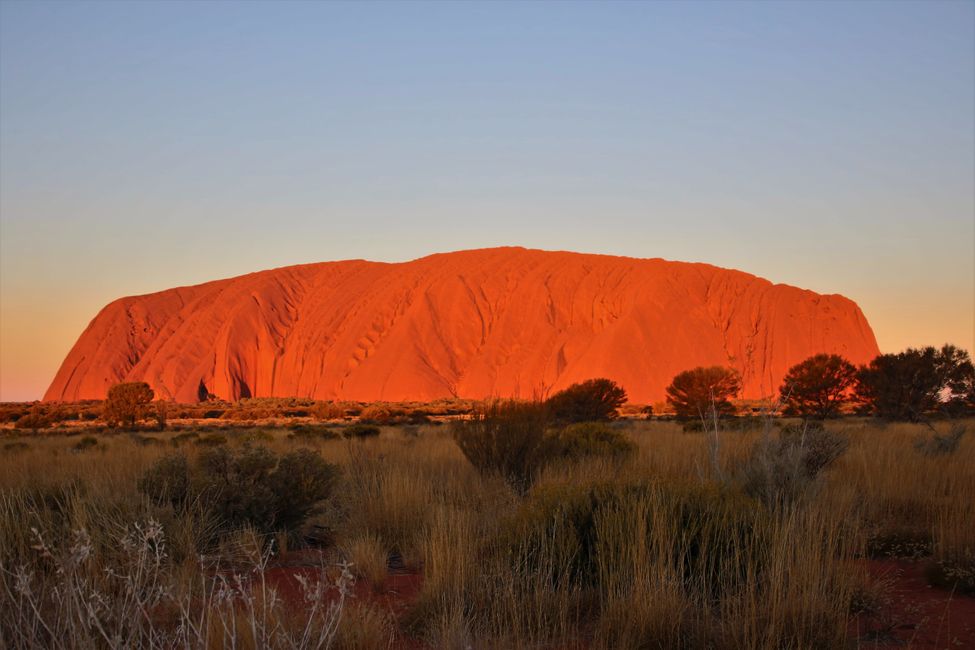
Travel reports Australia
